Are you a real history buff and are you looking for the best history museums to visit in Germany? These are the ones:
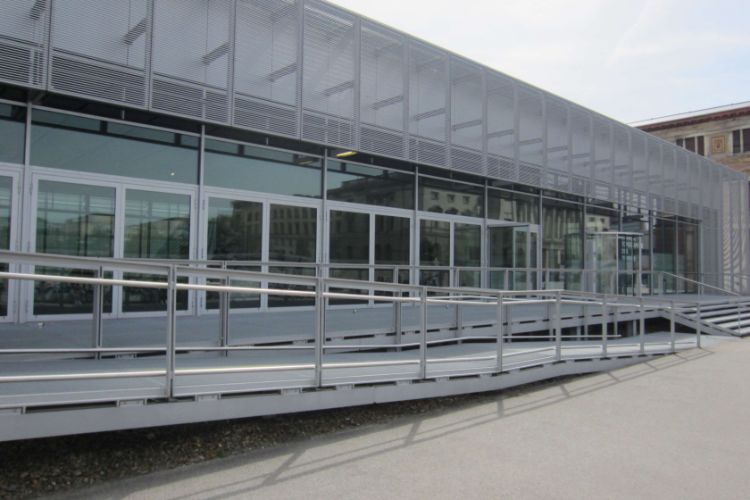
Topography of Terror
BerlinWhat used to be the headquarters of the Gestapo until 1945 is now an architectural complex which holds the evidence of Nazi crimes. There are three permanent exhibitions in Topography of Terror that you can explore and a number of temporary ones. All information is provided both in German and Englis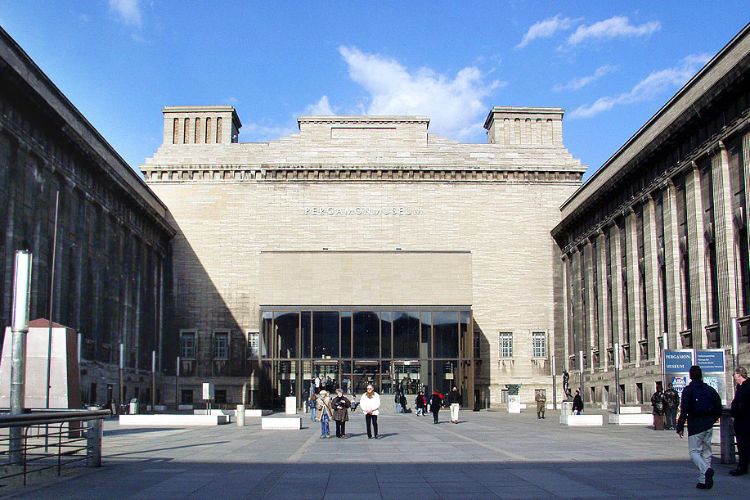
Pergamon Museum
BerlinThe Pergamon Museum in Berlin is one of the largest museums in Germany. The museum showcases some of the world's most important collections of historical artifacts and art. The museum's collections are divided into three main thematic sections. The most iconic one is the Antiquity Collection, which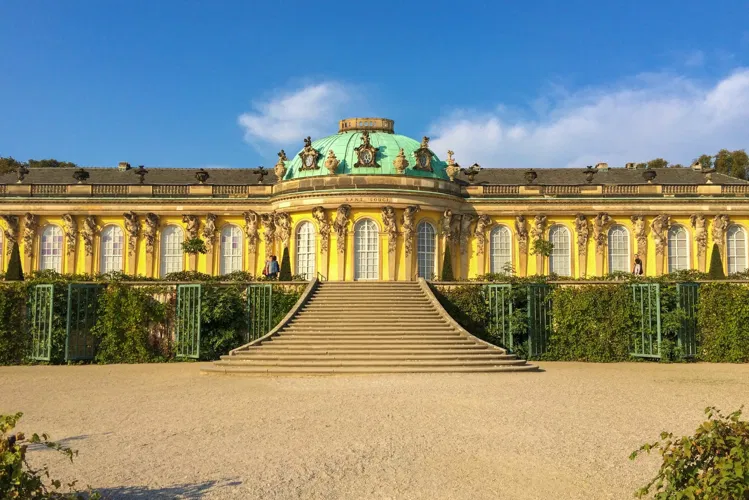
Sanssouci Palace
PotsdamSanssouci, also known as Vanangur, is a summer palace of Frederick II, King of Prussia, located in Potsdam, near Berlin. It is considered the most beautiful rococo palace in Germany and is a landmark of the city of Potsdam. The palace is listed as a UNESCO World Heritage Site and is often referred to as the German version of Versailles.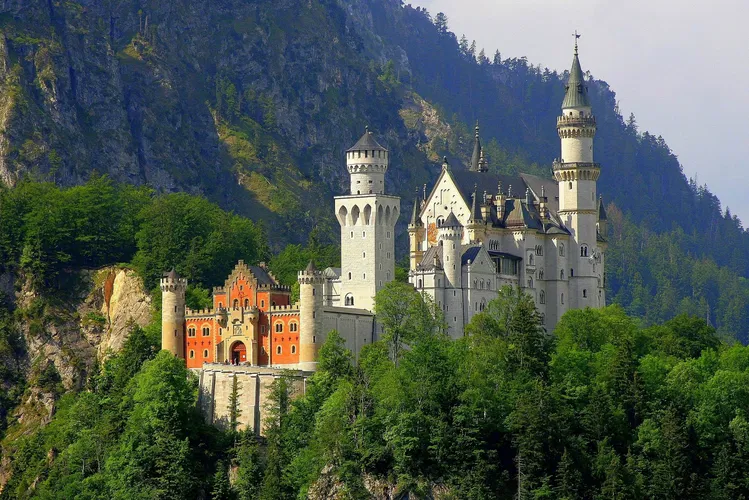
Neuschwanstein Castle
SchwangauNeuschwanstein Castle, a 19th-century palace, is located on a hilltop above the village of Hohenschwangau near Füssen in southwest Bavaria, Germany. The castle was built in a neo-romantic style, which is a revival of medieval architecture. The location of the castle offers a panoramic view of the surrounding landscape, making it a picturesque spot for visitors.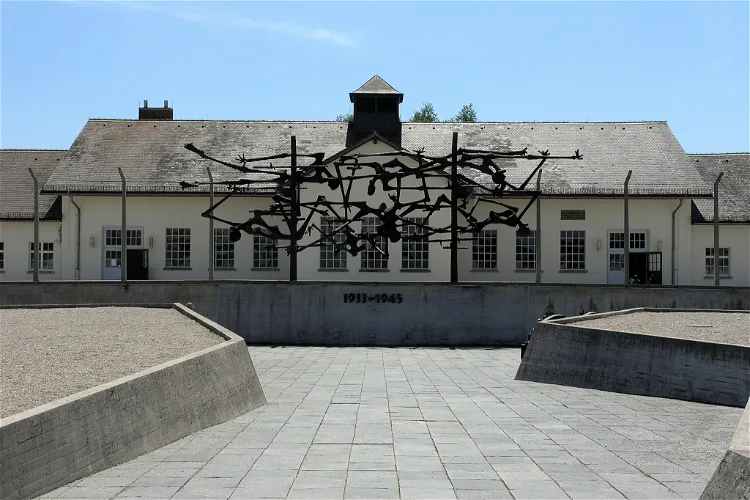
Dachau concentration camp
DachauDachau, the first Nazi concentration camp, is located near the town of Dachau, approximately 16 kilometers northwest of Munich. The camp was established in a disused gunpowder factory and was put into operation on March 22, 1933, the same year that Hitler came to power in Germany. This historical site provides a glimpse into the grim past of the Nazi era.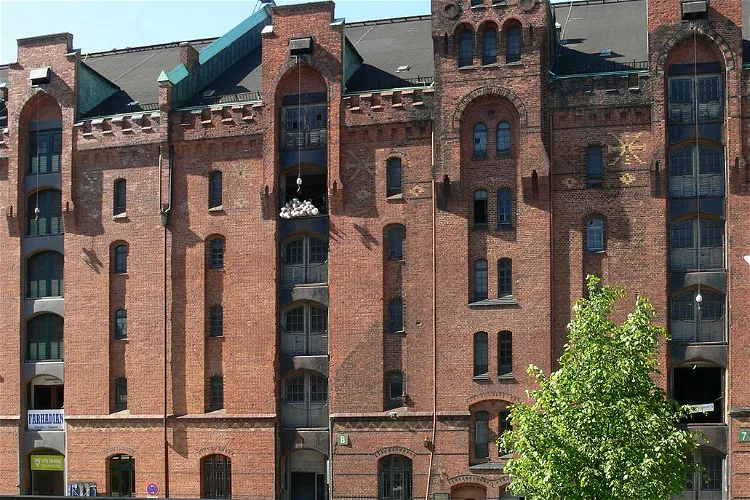
Hamburg Dungeon
HamburgThe Hamburg Dungeon is a unique tourist attraction that was established in the year 2000. It is part of a chain that includes the London Dungeon and Berlin Dungeon, making it the first of its kind to be built in mainland Europe. This attraction offers a unique perspective on history, providing an interactive experience led by actors.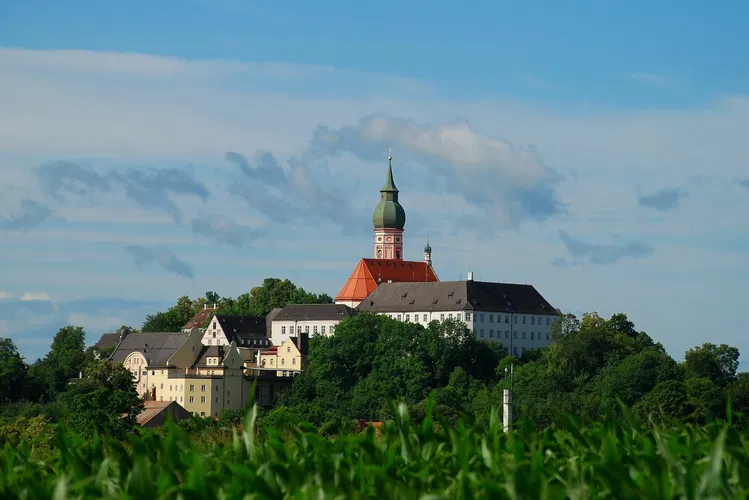
Andechs Monastery
AndechsAndechs Abbey is a Benedictine monastery located in the municipality of Andechs, Upper Bavaria, Germany. It is renowned for its flamboyant Baroque church and its brewery, Klosterbrauerei Andechs. The monastery is a place of pilgrimage, situated on a hill east of the Ammersee. The proceeds from the brewery help fund the monks' mission of help.
Würzburg Residence
WürzburgThe Würzburg Residence is a former episcopal palace and a combination of rococo and baroque architecture. This historical building, which was built on the orders of the two prince-bishops von Schönborn, is a testament to the architectural prowess of the 18th century. The construction lasted from 1720 to 1744 and was designed by Johann Balthasar Neumann. The late baroque residence is considered one of the most important of its kind.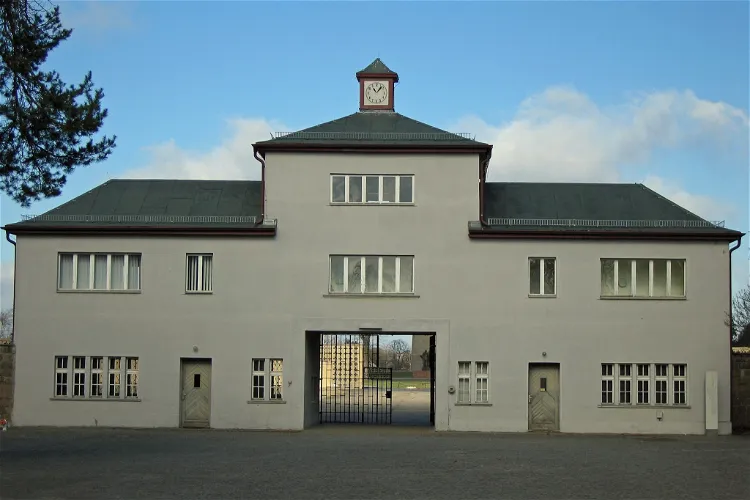
Memorial and Museum Sachsenhausen
OranienburgSachsenhausen, located in the region of Oranienburg in Brandenburg, Germany, was a concentration camp that was active from July 1936 to April 1945. This historical site provides a glimpse into a dark period of human history, and serves as a reminder of the atrocities committed during the Second World War.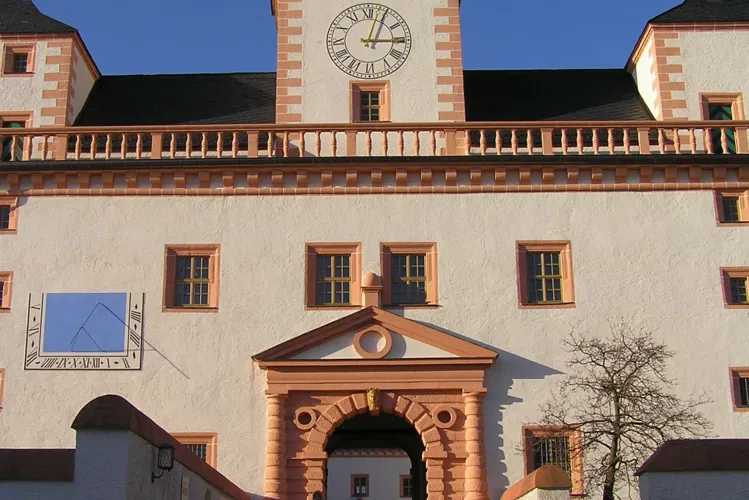
Augustusburg Castle
AugustusburgThe Augustusburg hunting lodge, a significant landmark, was constructed between 1568 and 1572. It is situated above the town of Augustusburg, on a hill known as the Schellenberg. This location offers a panoramic view of the surrounding area, making it a notable point of interest for visitors.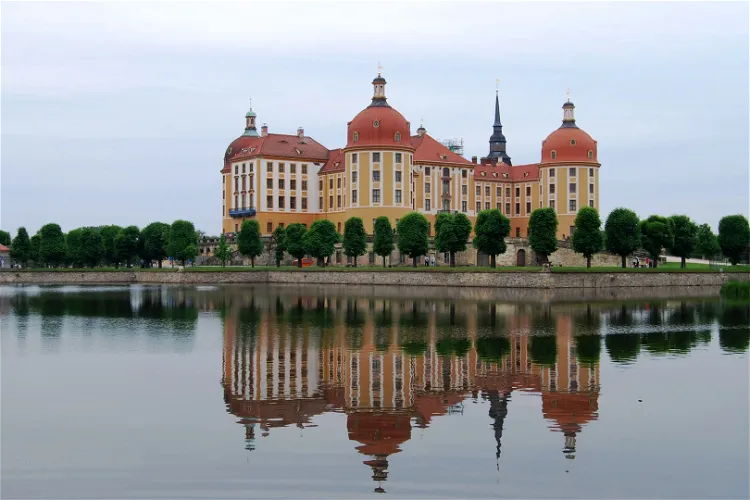
Moritzburg Castle
MoritzburgSchloss Moritzburg, a baroque hunting lodge, is located in the municipality of Moritzburg, near Dresden in the Free State of Saxony, Germany. The castle was built in the 16th century by Elector Moritz of Saxony and was later remodeled by Augustus the Strong. This historical monument is a testament to the architectural prowess of the time and offers a glimpse into the lives of the nobility who once resided here.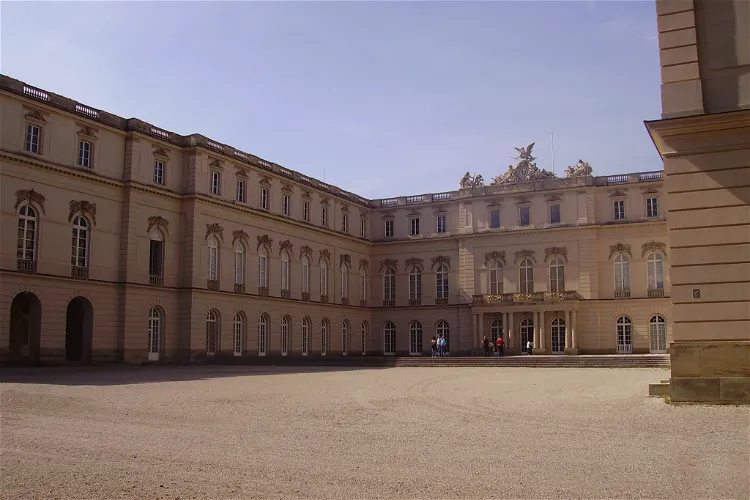
Herrenchiemsee
ChiemseeHerrenchiemsee is a castle located on an island in Lake Chiem, approximately 80 kilometers east of Munich. This grand structure was commissioned by King Louis II of Bavaria, a monarch known for his extravagant architectural projects. The castle's location on an island adds to its allure, offering visitors a unique experience of exploring a historical monument surrounded by the natural beauty of a lake.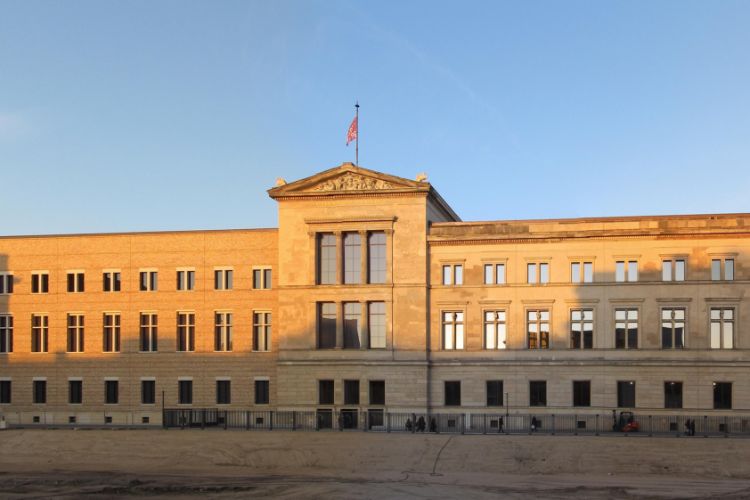
Neues Museum
BerlinAfter being severely damaged during the war, this Neues Museum (re)opened its doors to the public in 2009. It now shows huge collections of Egyptian art, prehistoric objects, and classical antiquities. One of the highlights of the museum is the bust of the Egyptian queen Nefertiti. The Neues Museum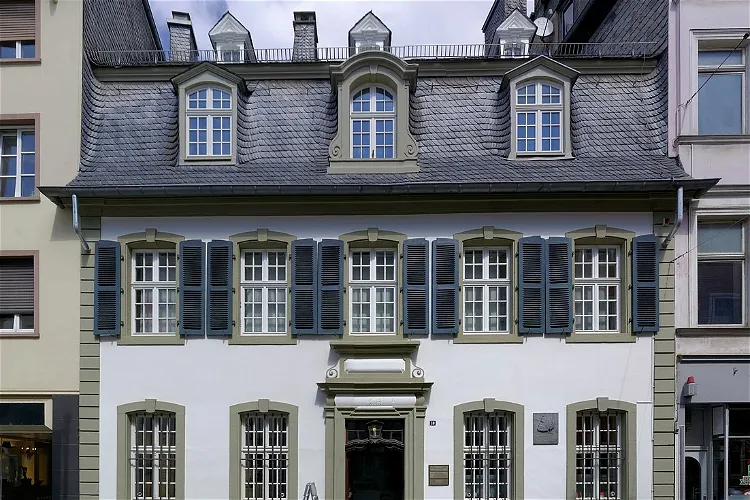
Karl Marx House
TrierThe Karl Marx House museum, located in Trier, Germany, is a biographical and writer's house museum. It is the birthplace of Karl Marx, the father of Marxism, who was born in the house in 1818. The museum is dedicated to the life and writings of Marx, as well as the history of communism.
Munich Residence
MunichThe Munich Residence (Münchner Residenz) was a classicist-style city residence in Munich. Bavarian dukes, electors from 1623 and Bavarian kings from 1806 to 1918 stayed here. This complex is Germany's largest palace within city walls and one of Europe's most important museums for room decoration. It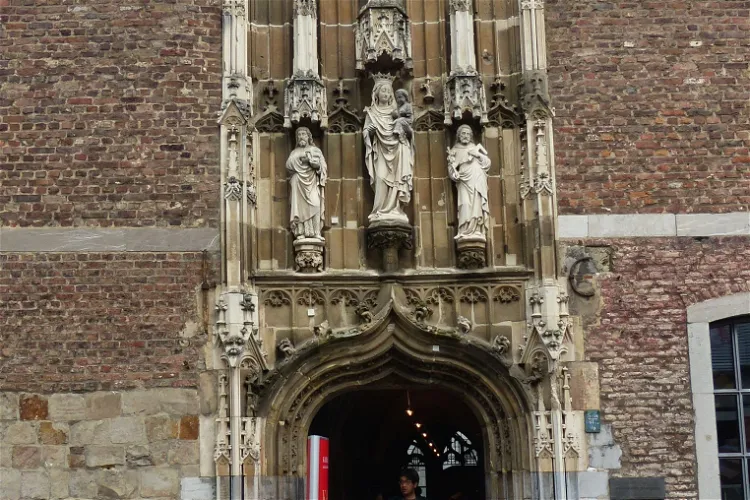
Aachen Cathedral Treasury
AachenThe Aachen Cathedral Treasury is recognized as one of the most significant ecclesiastical treasures in Europe. It houses a unique collection of precious objects from the Middle Ages, reflecting the rich history and cultural heritage of the region. Visitors can explore this vast collection, which offers a glimpse into the religious, artistic, and cultural practices of the past.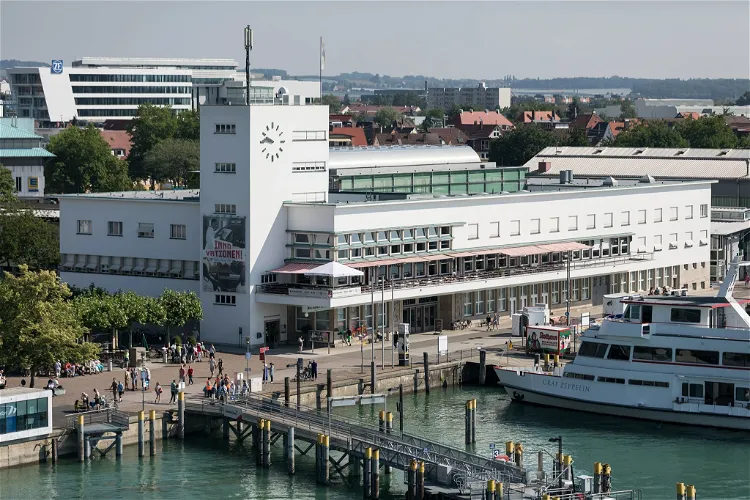
Zeppelin Museum Friedrichshafen
FriedrichshafenThe Zeppelin Museum is located in Friedrichshafen, a city in southern Germany on the shores of Lake Constance. The museum is dedicated to telling the story of the Zeppelin airships, which were created in this very city. Visitors can learn about the history and development of these iconic airships, gaining a deeper understanding of their significance in the world of aviation.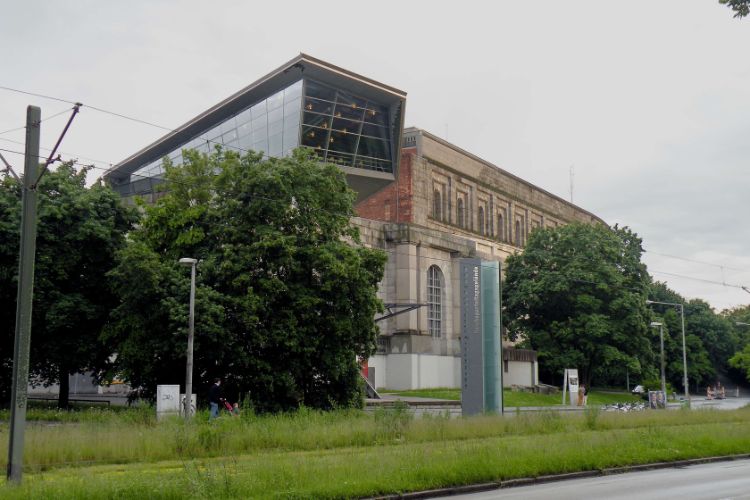
Documentation Center Nazi Party Rally Grounds
NurembergThe Documentation Center Nazi Party Rally Grounds is a museum in Nuremberg housed in the remains of the Congress Hall of the former Nazi party rallies. The museum features a permanent exhibition called "Fascination and Terror" on the causes, connections, and consequences of Nazi Germany and National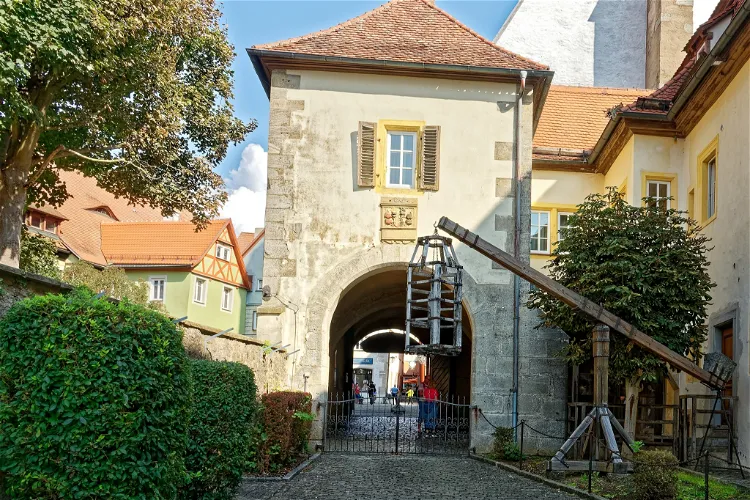
Medieval Crime and Justice Museum
Rothenburg ob der TauberThe Medieval Crime Museum in Rothenburg ob der Tauber is a unique destination that offers a deep dive into the legal proceedings of the past 1000 years. This German legal history museum houses over 2000 exhibits from over 1000 years of European justice history, with a focus on the Middle Ages. The museum is located in the former Rothenburg Johanniterkomturei, a building that was constructed between 1393 and 1410, and later remodeled in the Baroque style in 1718.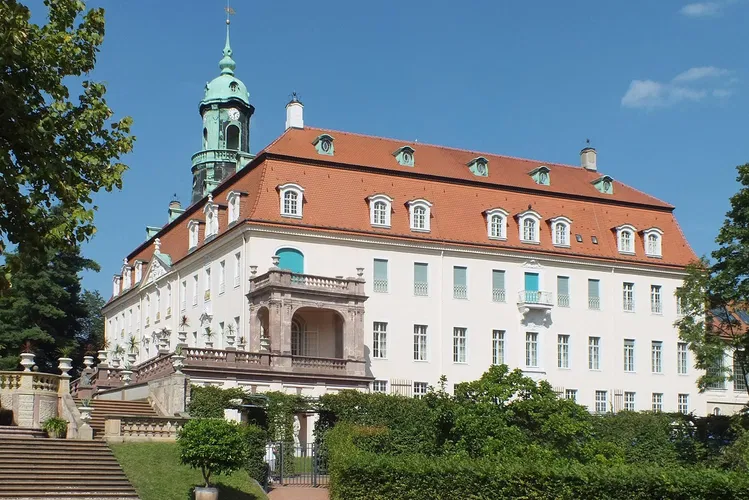
Castle and Park Lichtenwalde
Niederwiesa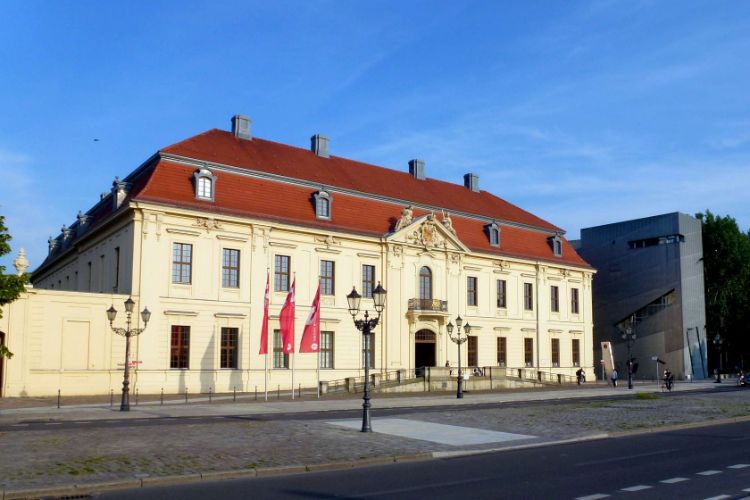
Jewish Museum
BerlinOpened in 2001, the Jewish Museum in Berlin ranks among the largest ones of its kind in Europe. Visitors can learn more about the history of German Jews from medieval settlements to the modern age and experience the history of Germany from the perspective of the Jewish minority. The museum consists
Marienberg Fortress
WürzburgMarienberg Fortress, the oldest structure in the city of Würzburg, Germany, stands on a hill by the Main River. This historic site was once the residence of counts before becoming the seat of prince-bishops. Its strategic location and rich history make it a fascinating destination for tourists interested in history and architecture.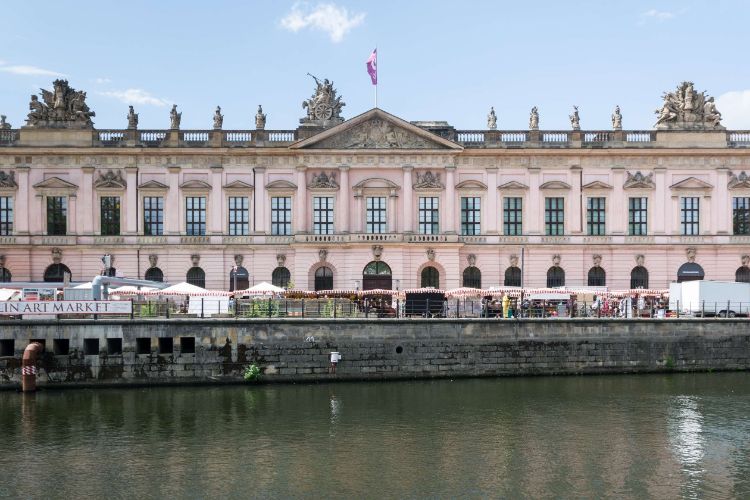
German Historical Museum
BerlinOpened in 1987, as part of the celebration of 750 years since the founding of Berlin, the German Historical Museum follows the long history of the German nation, as well as that of entire Europe. The museum is located in two main buildings, one modernist, other Baroque, which were erected some 250 y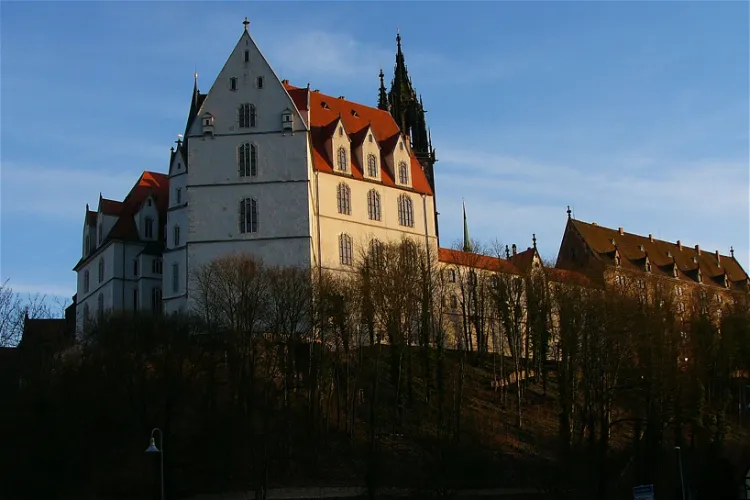
Albrechtsburg Castle
MeissenAlbrechtsburg is a late Gothic castle situated in the heart of Meissen, in the federal state of Saxony, Germany. This historic castle, with its rich history and architectural beauty, offers a unique glimpse into the past. It was built in the late Gothic period and has since been a significant landmark in the city. The castle's location in the city center makes it easily accessible for tourists.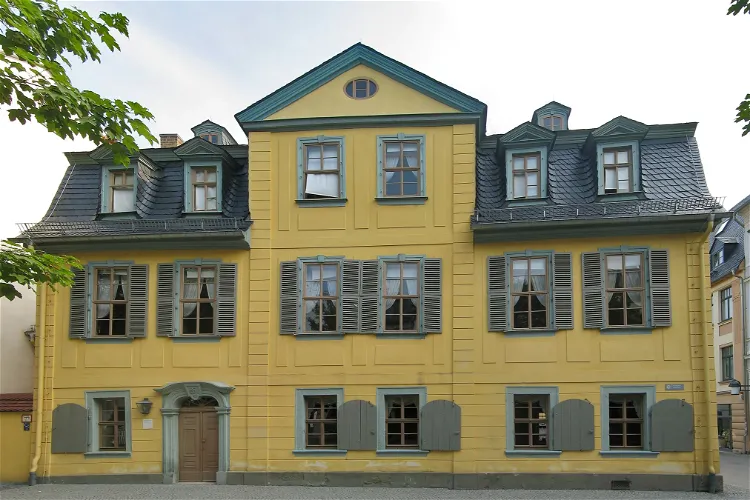
Schiller's House
WeimarSchiller's House, also known as Schillerhaus, is a museum located in Weimar. It is managed by the Klassik Stiftung Weimar and was once the home of the renowned German poet, philosopher, physician, historian, and playwright Friedrich Schiller. The museum offers a unique opportunity to explore the life and works of Schiller in the very place he once lived.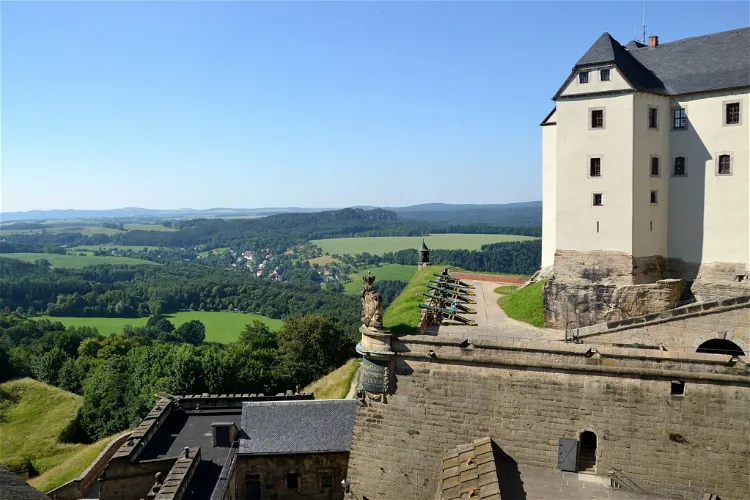
Königstein Fortress
KönigsteinKönigstein Fortress, located in the German state of Saxony, is one of the largest mountain fortresses in Europe. It is situated in Sächsische Schweiz, a part of the Elbe Sandstone Mountains. The fortress is built on a plateau named after it, standing 352 meters above sea level and to the west of the town of Königstein on the left bank of the Elbe in the district of Sächsische Schweiz-Osterzgebirge.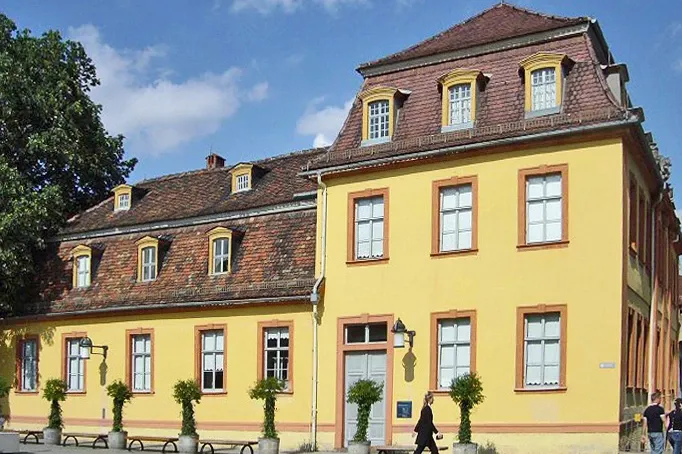
Wittumspalais
WeimarThe Wittumspalais is a museum located in Weimar, Germany. It is operated by the Klassik Stiftung Weimar, a foundation dedicated to preserving and promoting the cultural heritage of Weimar. The museum offers a glimpse into the historical and cultural life of the city.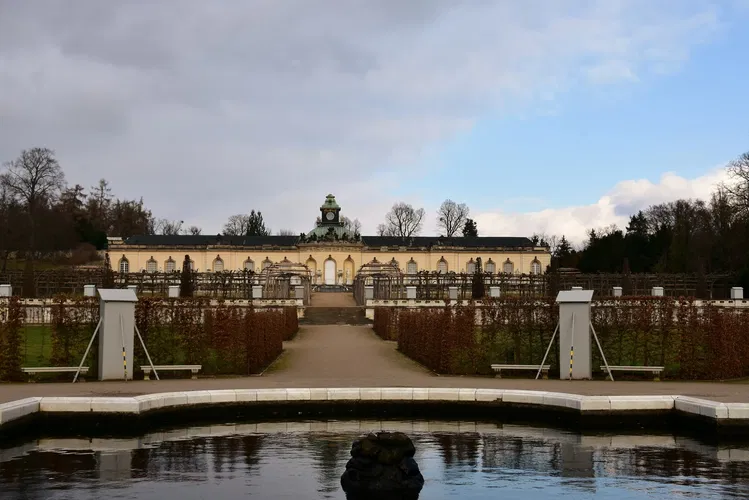
Sanssouci Picture Gallery
PotsdamThe Picture Gallery holds the distinction of being the oldest surviving museum built for a ruler in Germany. This unique status adds to its historical significance and appeal for visitors. Tourists can explore the gallery and gain insights into the cultural and artistic tastes of the rulers of the time.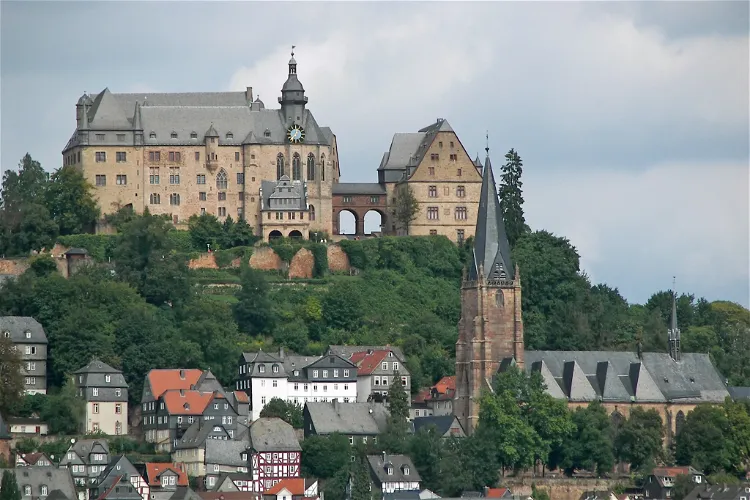
Marburger Schloss
MarburgMarbach Castle, located in the German city of Marburg, is a significant historical site. The city of Marburg originally formed around this fortress, which was constructed in stages starting from the 11th century. This castle has witnessed numerous historical events and changes, making it a fascinating destination for those interested in history and architecture.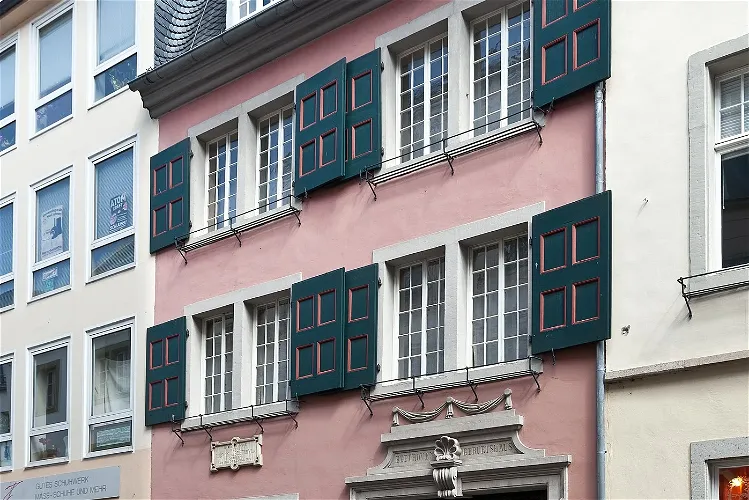
Beethoven House
BonnThe Beethoven-Haus is a music museum situated in Bonn, Germany. It is dedicated to the life and works of the renowned composer Ludwig van Beethoven. The museum is located at Bonngasse 20, the birthplace of the composer, making it a significant site for music enthusiasts and historians alike.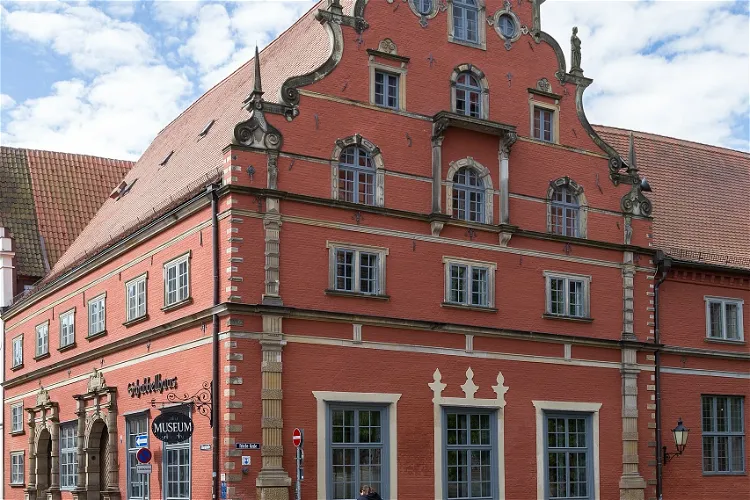
City History Museum of Wismar
WismarThe City History Museum of the Hanseatic City of Wismar is situated in the historic Schabbellhaus, located at Schweinsbrücke No. 6 and 8 in Wismar-Altstadt. This building is a protected monument, adding to its historical significance and charm.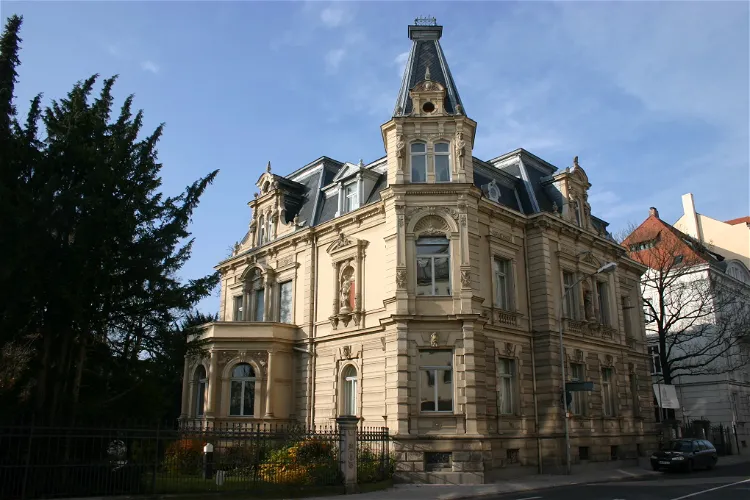
Villa Dessauer
BambergCurrently, Villa Dessauer serves as a modern art gallery, hosting a variety of exhibitions that change throughout the year. This allows visitors to experience a diverse range of art forms and styles from both regional and international artists of the 20th and 21st centuries.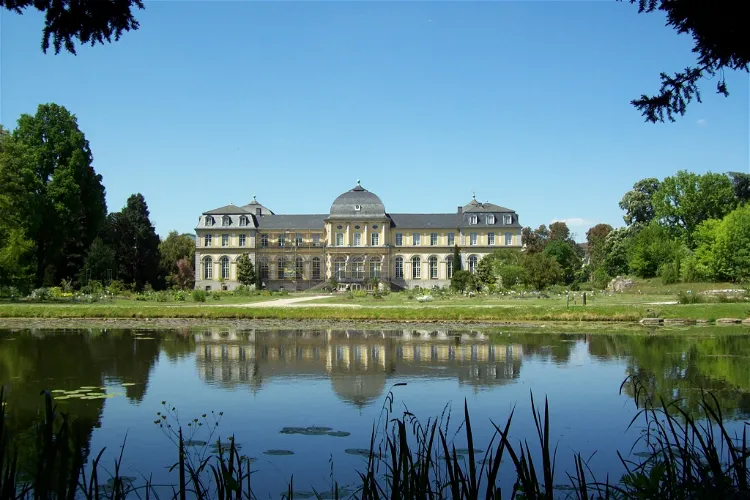
Poppelsdorf Palace
BonnPoppelsdorf Palace, located in the Poppelsdorf district of Bonn, western Germany, is a Baroque building that is now part of the University of Bonn. This historical structure adds a touch of elegance and grandeur to the university campus, making it a point of interest for visitors.
Hospital of the Holy Spirit
LübeckThe Hospital of the Holy Spirit, or Heiligen-Geist-Hospital, is a significant historical landmark in Lübeck. Constructed between 1227 and 1286, it stands as one of the best-preserved medieval hospices in Germany and is recognized as one of the oldest social institutions in Europe. Its rich history and architectural grandeur make it a fascinating destination for tourists interested in history, architecture, and social institutions.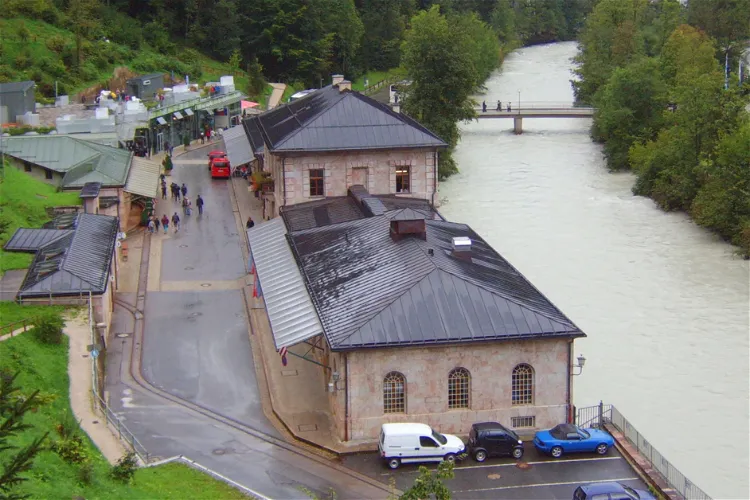
Salt Mine Berchtesgaden
BerchtesgadenThe Salzbergwerk Berchtesgaden is a significant historical site, being the oldest active salt mine in Germany. It is unique in its method of extraction, primarily using a wet process. This offers a fascinating insight into the history and techniques of salt mining, making it an interesting destination for tourists.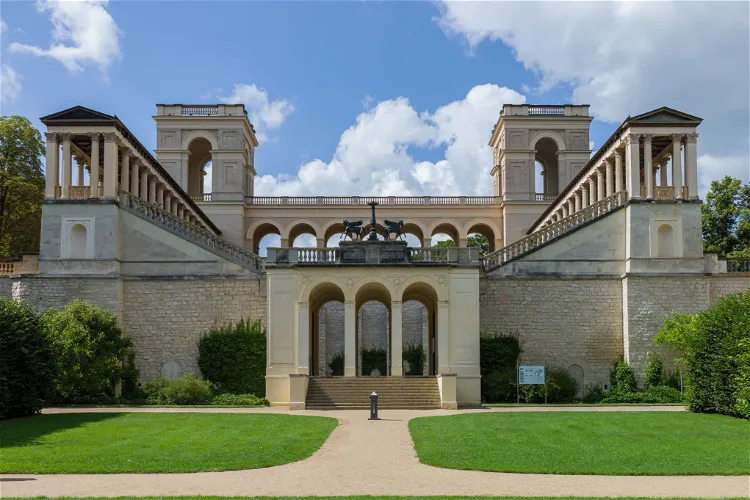
Belvedere on the Pfingstberg
PotsdamThe Belvedere on the Pfingstberg is a palace situated in Potsdam, Germany. It is located north of the New Garden, at the summit of Pfingstberg hill. This location offers a unique vantage point over the surrounding area, making it a popular spot for visitors.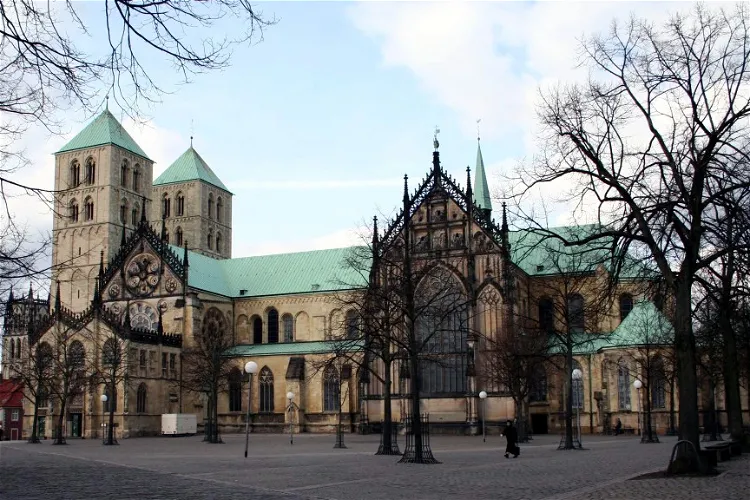
St. Paul's Cathedral, Münster
MünsterSt. Paul's Cathedral, also known as St.-Paulus-Dom, is a significant monument in the city of Münster, Germany. It stands as a testament to the city's rich history and architectural prowess. The cathedral's grandeur and prestige make it a notable point of interest for tourists visiting Münster.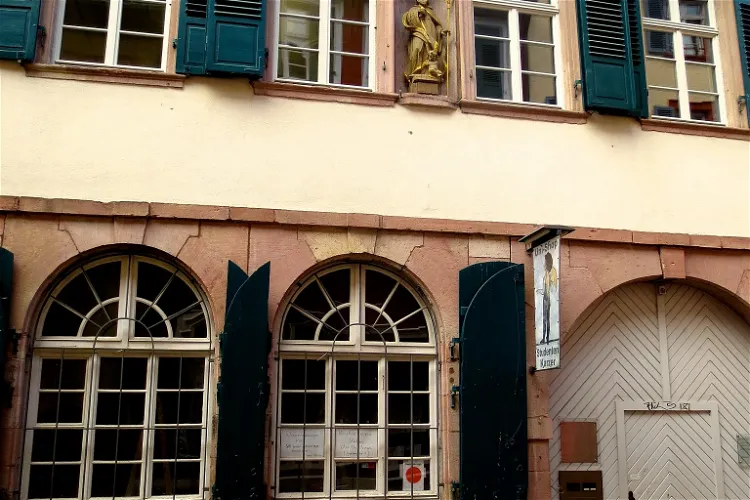
Studentenkarzer
HeidelbergToday, the Studentenkarzer is part of the museum of the history of the Old University of Heidelberg. It offers visitors an opportunity to explore the university's past and understand the unique student culture that existed. The museum is a testament to the university's rich academic history and the evolution of its disciplinary practices.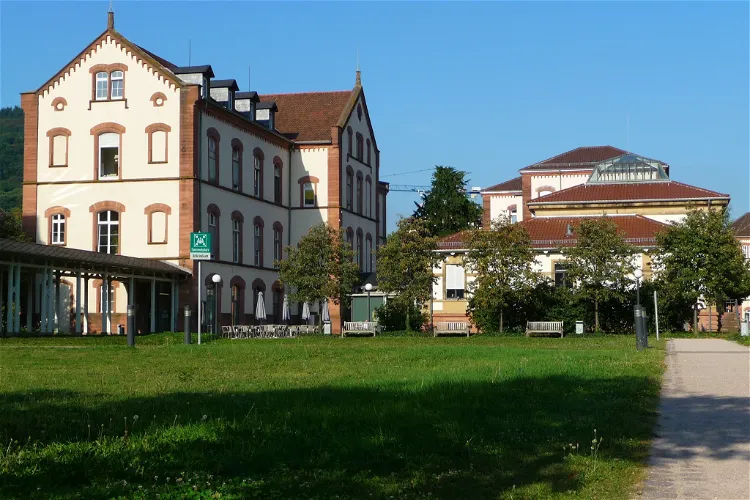
Prinzhorn Collection
HeidelbergThe Prinzhorn Collection, located at the Heidelberg University Hospital, is a unique German art collection. It is composed of works created by mental health patients. This collection provides a unique perspective on art, as it showcases the creative expressions of individuals who have experienced mental health challenges.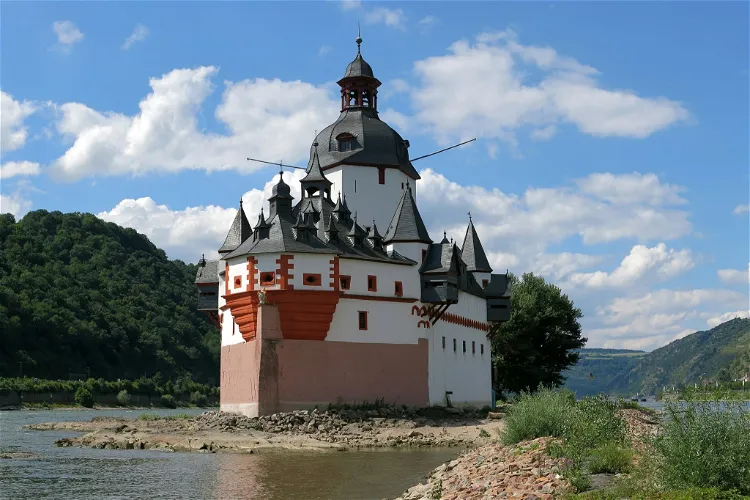
Pfalzgrafenstein Castle
KaubPfalzgrafenstein Castle, also known as 'the Pfalz', is located on Falkenau Island in the River Rhine near Kaub, Germany. This former toll castle is renowned for its unique and picturesque setting. The castle's keep, a pentagonal tower with its point upstream, was built between 1326 and 1327 by King Ludwig the Bavarian. The castle is accessible to the public and can be reached via a ferry service from nearby Kaub, depending on river conditions.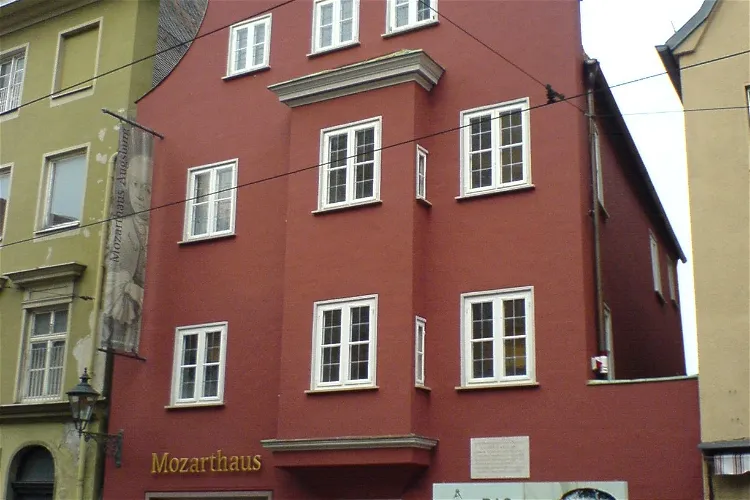
Mozarthaus Augsburg
AugsburgThe Leopold Mozart House Augsburg is a museum that holds significant historical value. It is situated in a 17th-century craftsman's house where Leopold Mozart, the father of the renowned composer Wolfgang Amadeus Mozart, was born in 1719. This location provides a unique insight into the early life and environment of the Mozart family.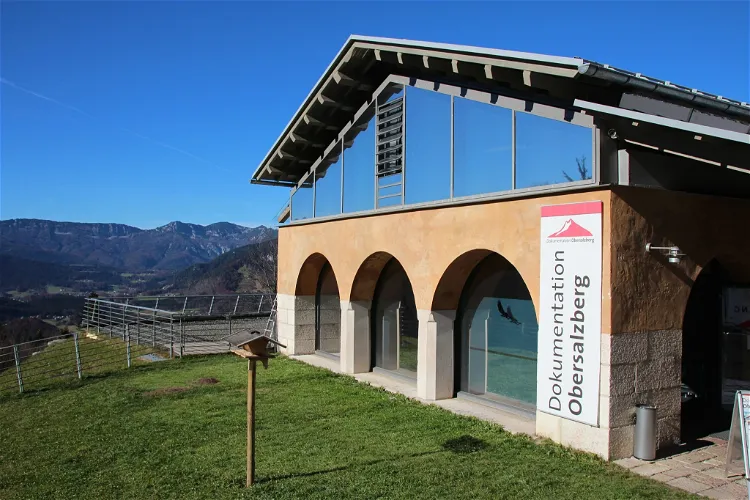
Dokumentationszentrum Obersalzberg
BerchtesgadenDokumentation Obersalzberg is a museum located in the Obersalzberg resort near Berchtesgaden. The museum provides detailed information about the use of the mountainside retreat by Nazi leaders, particularly Adolf Hitler. This location was a frequent retreat for Hitler, making it a significant site for understanding the history of Nazi Germany.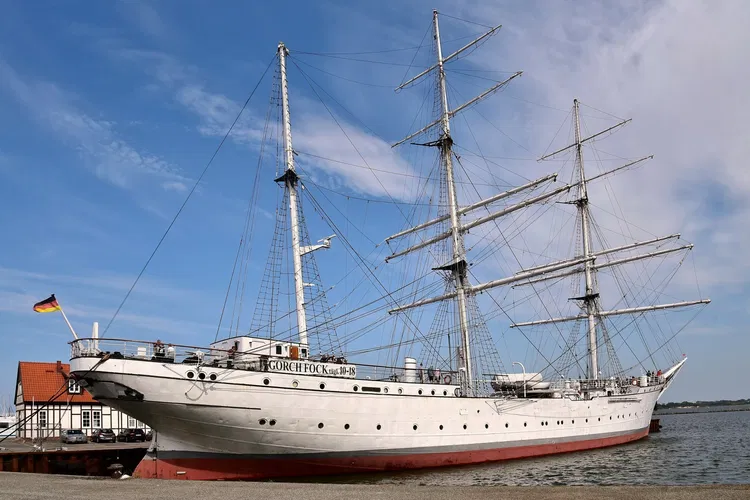
Gorch Fock (1933)
StralsundThe Gorch Fock, also known as the Russian Tovarichtchi between 1949 and 2003, is a historical three-masted barque. It was constructed in 1933 by the renowned Blohm & Voss shipyards in Hamburg. This ship is a significant part of maritime history and offers a unique insight into the naval architecture of the early 20th century.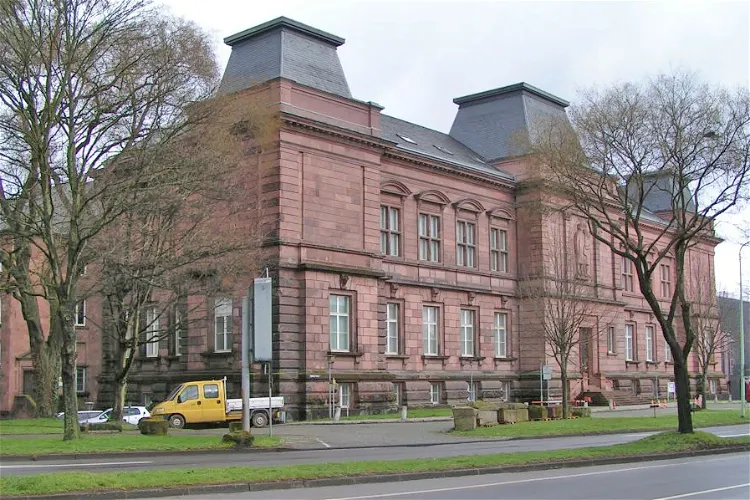
Rheinisches Landesmuseum Trier
TrierThe Rheinisches Landesmuseum Trier is a significant archaeological museum in Germany. Its collections span various periods, from prehistory to the Baroque era, encompassing the Roman occupation and the Middle Ages. This broad range of collections offers visitors a comprehensive insight into the historical development of the region.
Veste Oberhaus
PassauVeste Oberhaus is a historic castle located on the left side of the Danube River, directly opposite the old town of Passau. The castle was established in 1219 and served as the residence of the prince-bishop of the Hochstift Passau for a significant period of time. This castle is a symbol of the city's rich history and offers a unique insight into the past.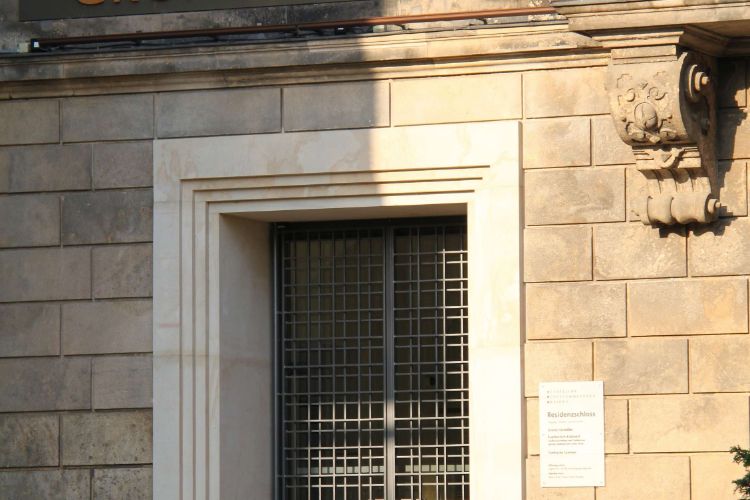
Green Vault
DresdenThe Green Vault (Grünes Gewölbe) is a museum in Dresden that holds the largest collection of treasures in Europe and contains many exhibits from the Baroque to Classicism. The Green Vault is named after the formerly malachite green painted column bases and capitals of the main rooms. The museum open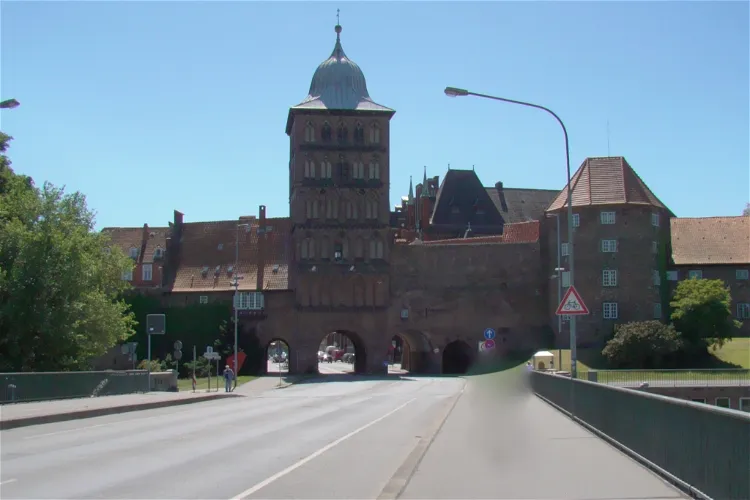
Burgtor
LübeckBurgtor, along with Holstentor, is one of the two medieval city gates that still stand in Lübeck. These gates are a testament to the city's rich history and architectural prowess. They have withstood the test of time and provide a glimpse into the city's past. Tourists visiting Lübeck can explore these gates and learn about their historical significance.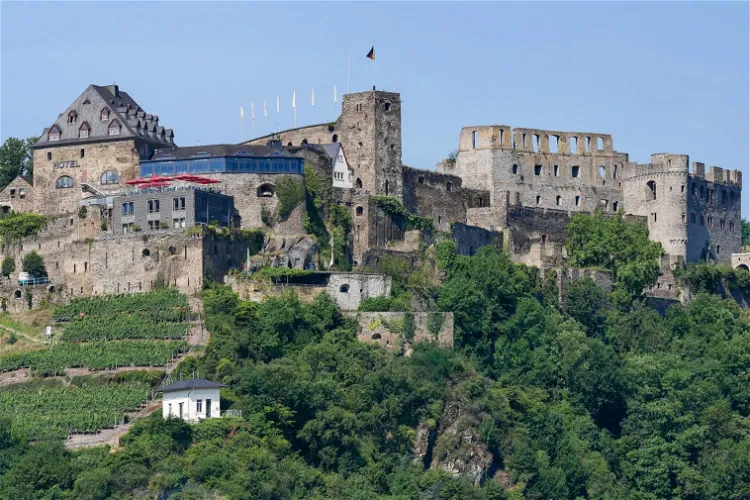
Rheinfels Castle
Sankt GoarRheinfels Castle, located in Sankt Goar, Germany, is a historic castle ruin that dates back to 1245. It was initiated by Count Diether V of Katzenelnbogen and stands majestically above the left bank of the Rhine. This castle offers a glimpse into the rich history of the region and is a significant landmark.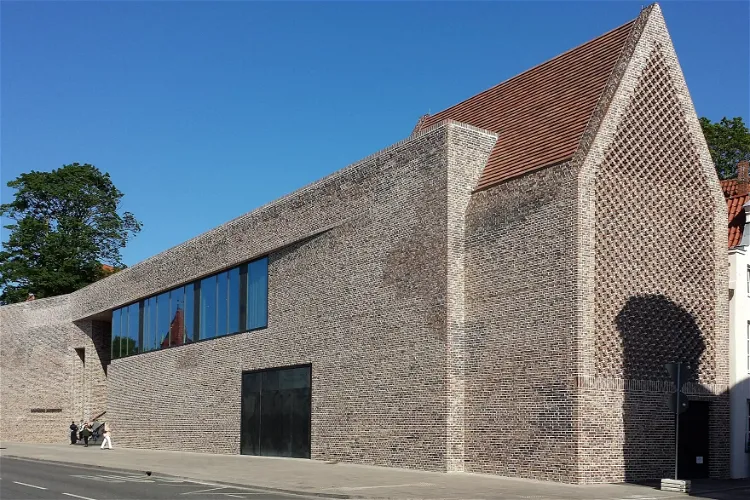
European Hansemuseum
LübeckThe European Hansemuseum, located in Lübeck, Germany, is a museum dedicated to the history of the Hanseatic League. This museum provides a comprehensive overview of the Hanseatic League's history, making it a valuable resource for those interested in learning more about this significant period in European history.
Behnhaus
LübeckThe Behnhaus is an art museum located in the Hanseatic city of Lübeck, Germany. It is part of the city's World Heritage Site, making it a significant cultural landmark. The museum is housed in a neoclassical building, adding to its historical and architectural appeal.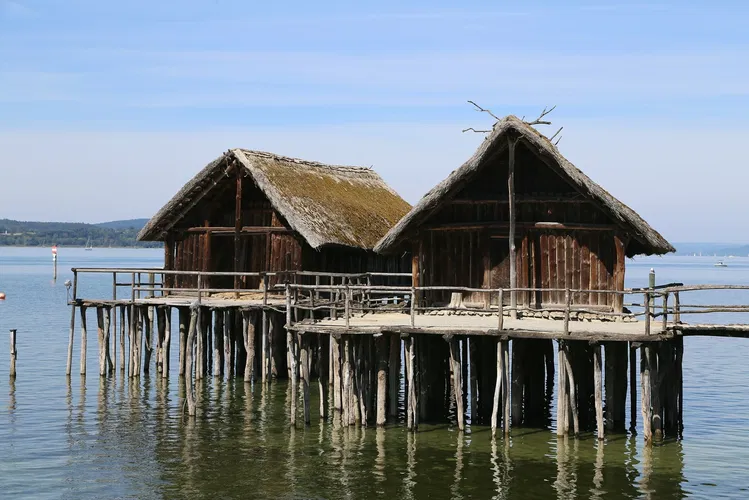
Pfahlbaumuseum Unteruhldingen
Uhldingen-MühlhofenThe Pfahlbauten Museum, located in the village of Unteruhldingen in the municipality of Uhldingen-Mühlhofen, is an open-air museum that showcases archaeological finds and reconstructions of stilt houses. The museum began in 1922 with the construction of the first two stilt houses and has since grown to include 23 wooden stilt houses. These houses are built on and slightly off the shore, connected by wooden plank walkways.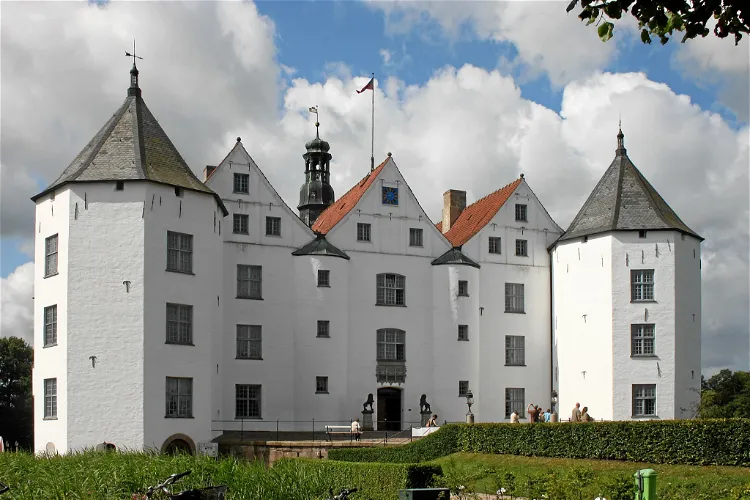
Glücksburg Castle
Glücksburg (Ostsee)Lyksborg Slot, also known as Schloss Glücksburg in German, is a castle located in northern Germany. It was constructed between the years 1582 and 1587 by Hans the Younger, who was the son of Christian 3. This castle is recognized as one of the most significant Renaissance castles in the North.
New Palace, Bayreuth
BayreuthThe New Palace in Bayreuth, known as Das Neue Schloss Bayreuth in German, was constructed from 1753. This construction was initiated after a fire in January 1753 had largely destroyed the previous residence, which is now referred to as the Old Palace. The New Palace stands as a testament to the architectural prowess of the time and the resilience of the people in rebuilding after the fire.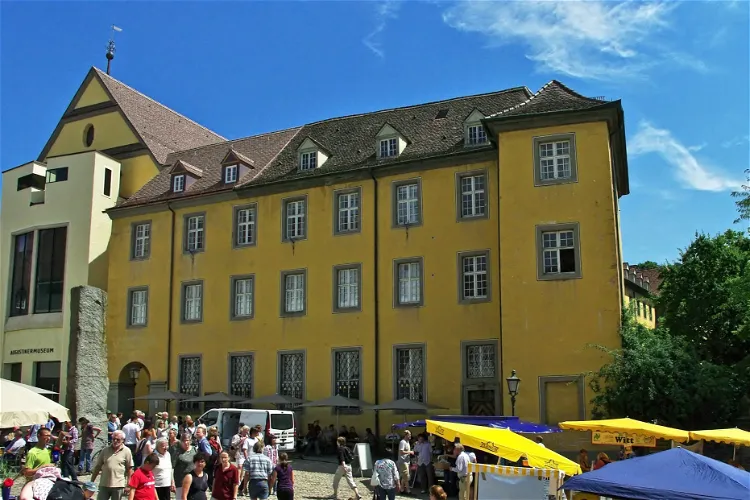
Augustiner Museum
Freiburg im BreisgauThe Augustinermuseum is the principal museum of Freiburg im Breisgau, located in the Baden-Württemberg region of Germany. It is a significant cultural institution in the city, offering a wide range of exhibits and collections for visitors to explore.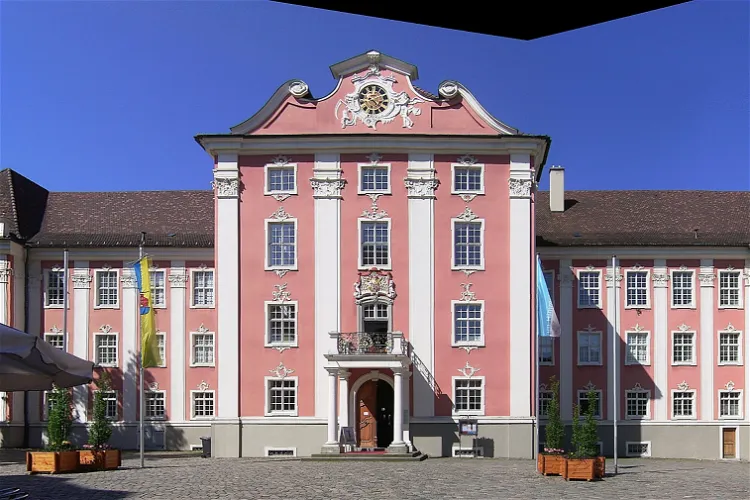
New Castle
MeersburgToday, the Neues Schloss Meersburg houses several museums, providing a diverse range of exhibits for tourists to explore. The Town Gallery (Städtische Galerie) and the Dornier Museum occupy the 2nd floor, while the Palace Museum of the Prince Bishops (Fürstbischöfliche Schlossmuseum) is located on the 3rd floor. The latter offers visitors the chance to view the residential and representation rooms of the prince bishops, refurnished with contemporary appointments from that era.
The Peenemünde Historical Technical Museum
PeenemündeThe Peenemünde Historical Technical Museum, established in 1991, is situated in the observation bunker and the site of the former power station in Peenemünde, on the island of Usedom in eastern Mecklenburg-Vorpommern, Germany. This location is steeped in history and offers a unique insight into the past, making it a fascinating destination for tourists interested in history and technology.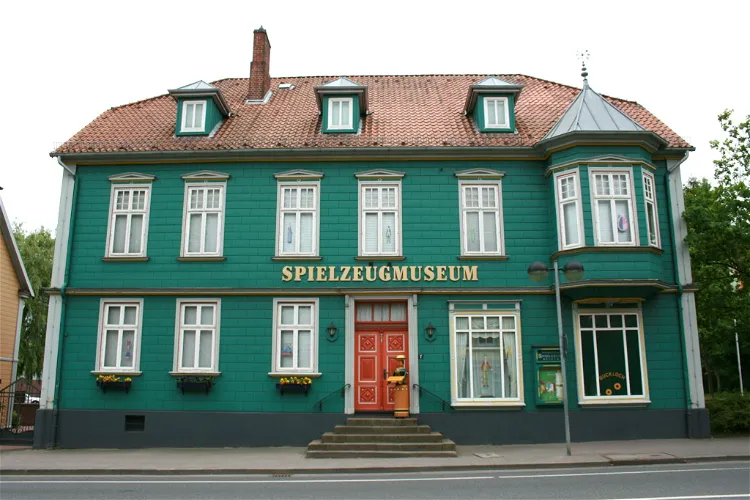
Soltau Toy Museum
SoltauThe Soltau Toy Museum, previously known as the North German Toy Museum, is located in the city of Soltau in Lower Saxony. The museum was born out of a private collection from the Ernst family of Soltau and now draws up to 40,000 visitors each year.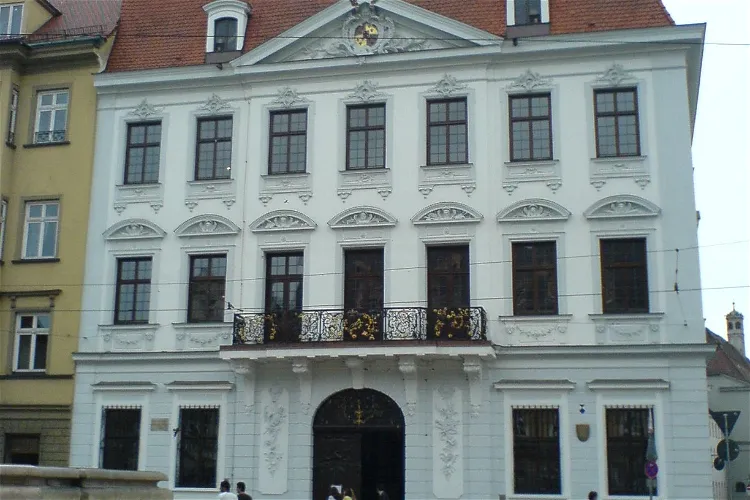
Schaezlerpalais
AugsburgThe Schaezlerpalais in Augsburg is a significant location for art enthusiasts as it houses both city and state art collections. This provides visitors with a unique opportunity to explore a wide range of artworks under one roof. The collections include various periods and styles, offering a comprehensive overview of the art history.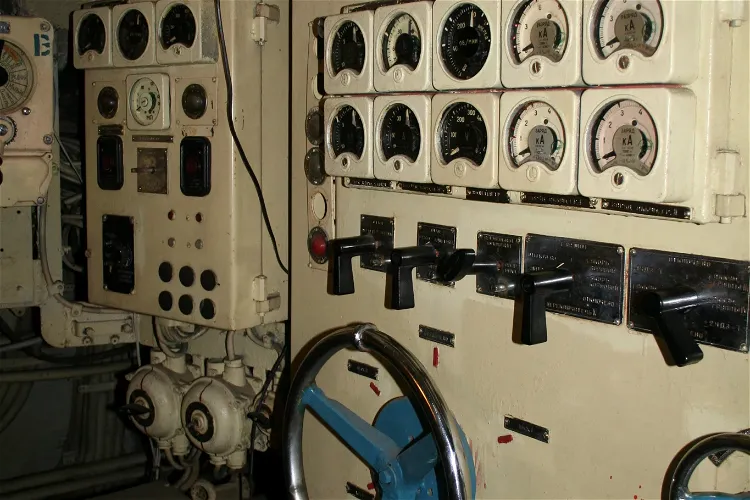
U-461
PeenemündeThe U-461, also known by its Russian identification K'24, is a Soviet submarine that belonged to the Project 651 class, also known as the Juliett class according to NATO classification. Today, it serves as a museum ship and is located in Peenemünde, offering visitors a unique insight into naval history.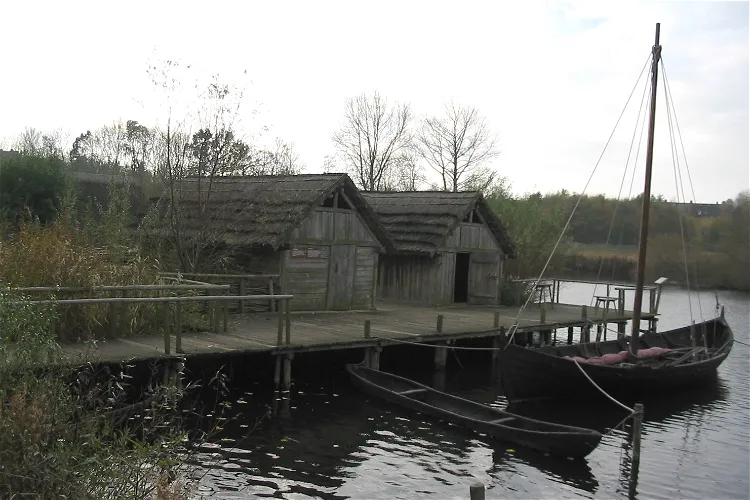
Oldenburger Wallmuseum
Oldenburg in HolsteinThe Oldenburger Wallmuseum, often simply referred to as the 'Wallmuseum', is situated in Oldenburg in Holstein. This museum is dedicated to presenting the history of the Slavs in East Holstein. It provides a unique opportunity for visitors to delve into the rich cultural and historical heritage of the region.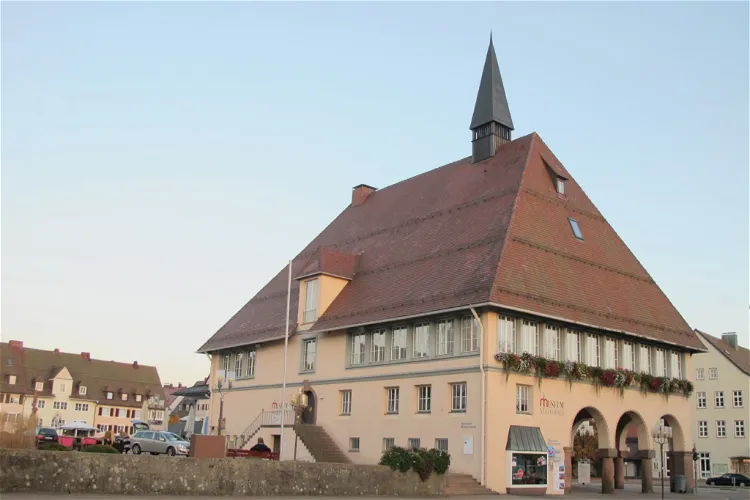
Museum im Stadthaus
Freudenstadt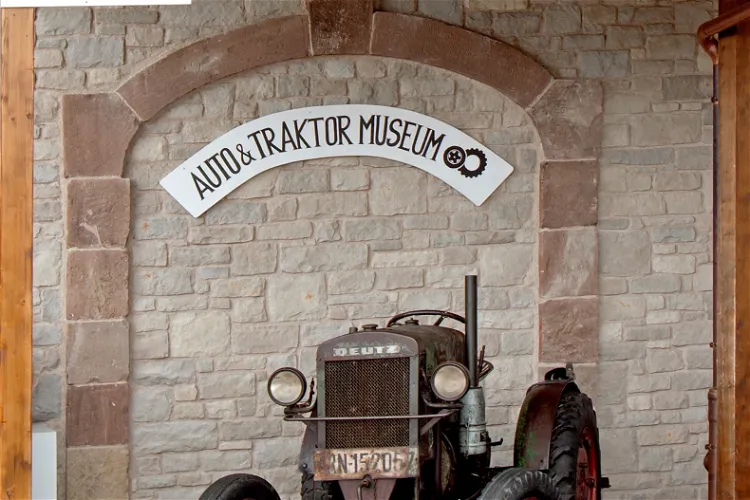
Auto & Traktor Museum
Uhldingen-MühlhofenThe Auto & Tractor Museum in Gebhardsweiler, part of the municipality of Uhldingen-Mühlhofen, houses a collection of 350 vehicles, including cars, motorcycles, and tractors. This extensive collection provides a comprehensive overview of the evolution of urban and rural life over the past century.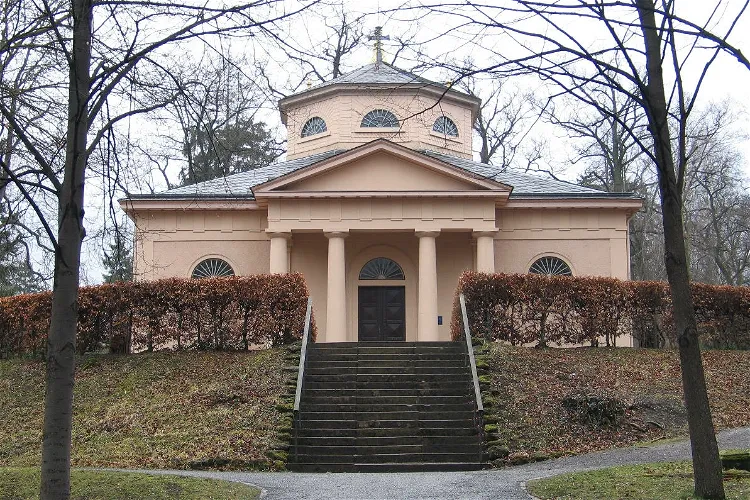
Classical Foundation Weimar
WeimarThe Klassik Stiftung Weimar, or Classical Foundation Weimar, is a major cultural institution in Germany. It boasts an impressive collection of over 20 museums, palaces, historic houses, and parks, along with a vast array of literary and art collections. This makes it a significant destination for those interested in exploring Germany's rich cultural history.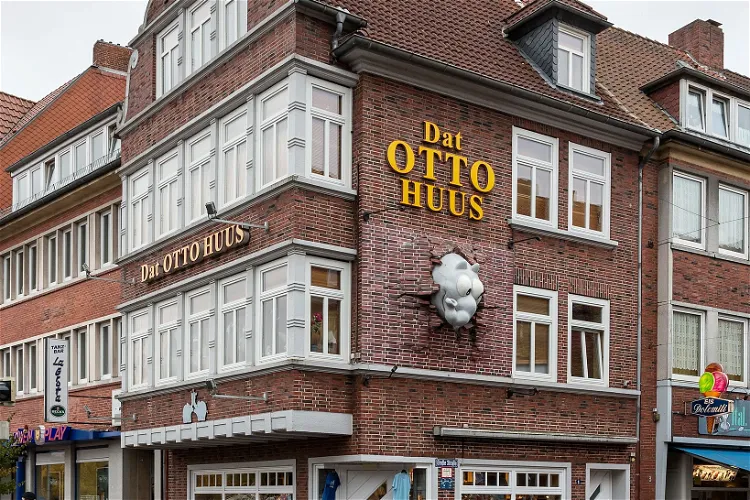
Dat Otto Huus
Emden
Goethe's garden house (
WeimarGoethe's Garden House, nestled in the Park an der Ilm in Weimar, served as the primary residence and workspace of the renowned German writer, Johann Wolfgang von Goethe. This historical site offers a unique insight into the life and work of one of Germany's most celebrated literary figures.
Armory house
AugsburgThe Armory, locally known as Das Zeughaus, is a significant historical building located in the old town of Augsburg. It was constructed between the years 1602 and 1607 by the renowned architect Elias Holl. This period piece of architecture offers a glimpse into the city's rich history and is a notable landmark in Augsburg.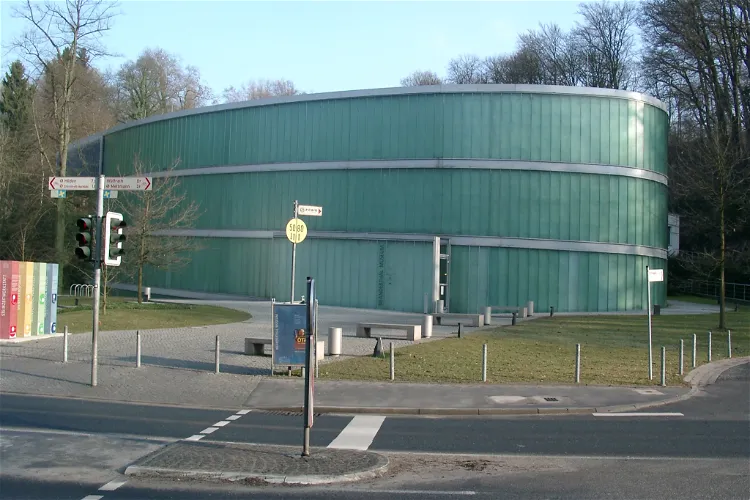
Neanderthal Museum
ErkrathThe Neanderthal Museum, situated in the Neandertal near Mettmann, is a unique institution dedicated to the prehistory and early history of mankind. The museum's exhibits include a focus on the Neanderthals, named after the fossil find site Neandertal 1. This museum provides a comprehensive overview of human evolution and the life of our early ancestors, making it a fascinating destination for those interested in history and anthropology.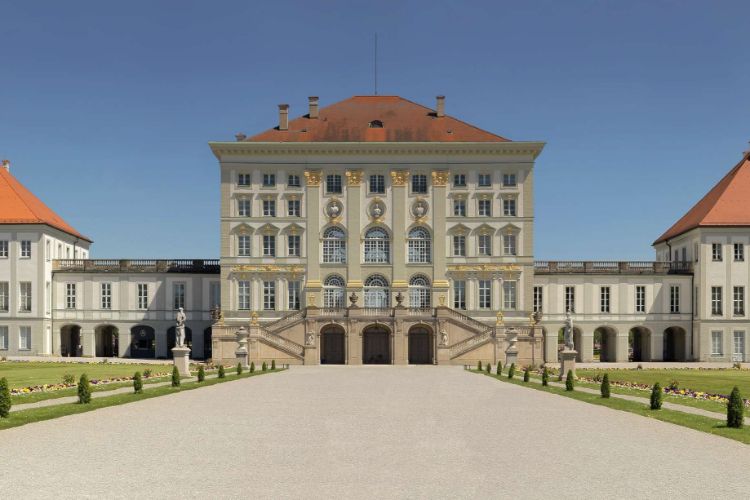
Nymphenburg Palace
MunichDesigned by Agostino Barelli, the name of this palace literally translates as the Castle of the Nymphs. When the Bavarian royalty in the 17th century wanted to take a summer break, they would go to the Nymphenburg Palace. Today, it is open to the public and home to several historical museums. You ca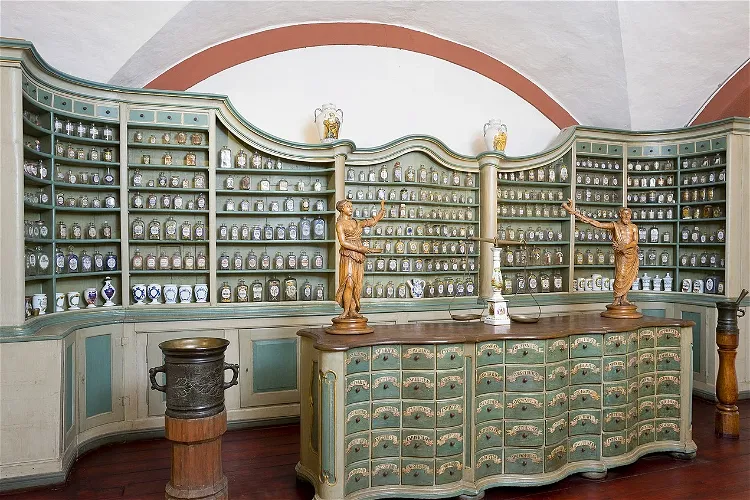
German Pharmacy Museum
HeidelbergThe German Pharmacy Museum in Heidelberg is a unique institution dedicated to the history of pharmacy. It boasts extensive collections that cover the entire German-speaking region from antiquity to the 21st century. This museum provides a comprehensive overview of the evolution of pharmacy and medicine, making it a fascinating destination for anyone interested in history, science, or medicine.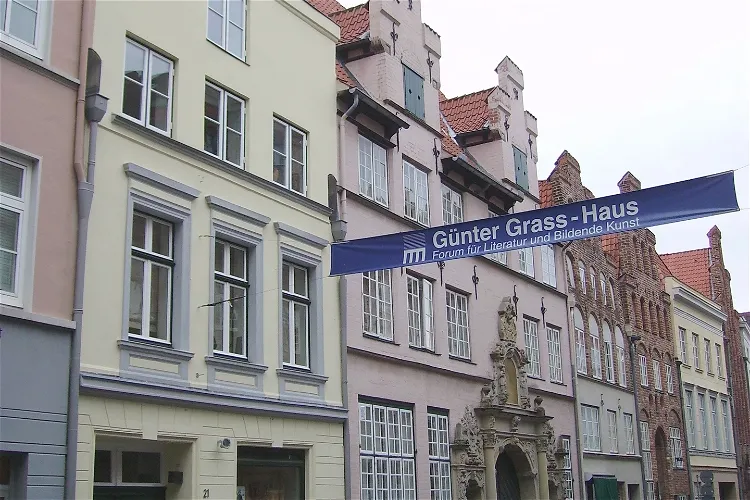
Günter Grass House
LübeckThe Günter Grass House, located in the old town of Lübeck, is a museum dedicated to the literary, pictorial, and sculptural work of Günter Grass, a Nobel Prize in Literature laureate. Grass lived near Lübeck in his old age, and the museum serves as a testament to his diverse artistic contributions.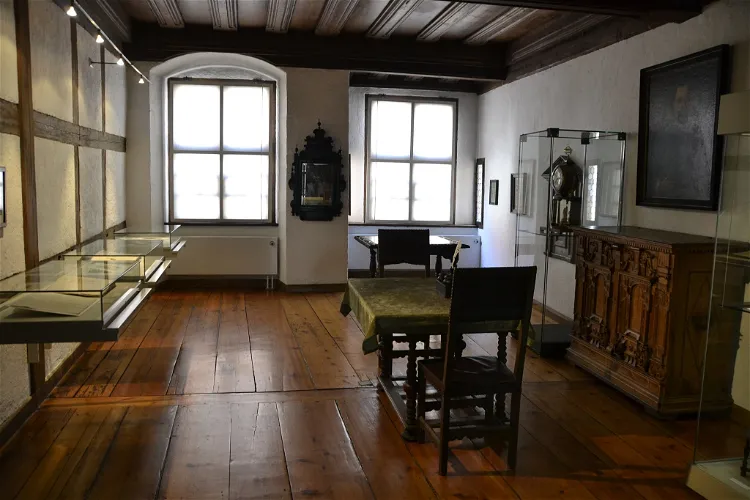
Kepler's Last Residence & Museum
RegensburgThe Kepler Memorial House in Regensburg is a significant historical site as it is the place where the renowned astronomer Johannes Kepler passed away. This house provides a unique opportunity for visitors to step into the past and explore the life and work of one of the most influential figures in the history of astronomy.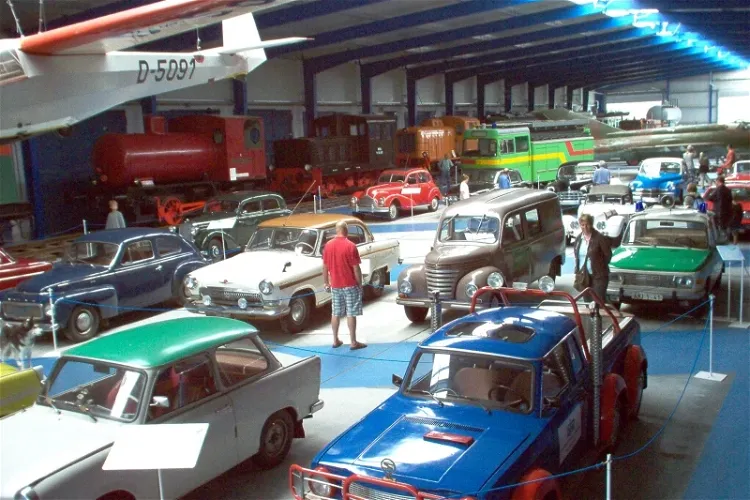
Oldtimer Museum Rügen
BinzThe Oldtimer Museum Rügen, formerly known as the Rügen Railway and Technology Museum, is a unique destination for railway enthusiasts and history buffs. Located on the picturesque Baltic Sea island resort of Rügen in Mecklenburg-Western Pomerania, Germany, the museum offers a deep dive into the history and evolution of railway technology in Germany.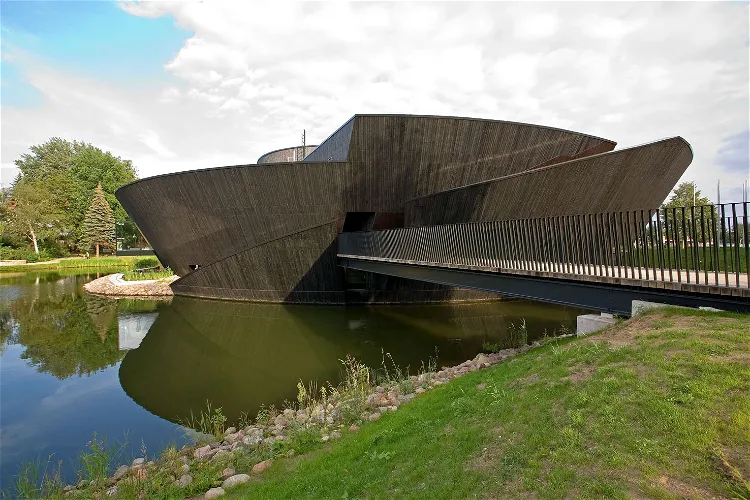
Müritzeum
Waren (Müritz)The Müritzeum serves as a visitor and nature discovery centre for the Müritz National Park. It is situated on Lake Müritz, in close proximity to the town of Waren in the northern German state of Mecklenburg-Vorpommern. The centre provides an enjoyable and interactive science-based approach to nature and regional history.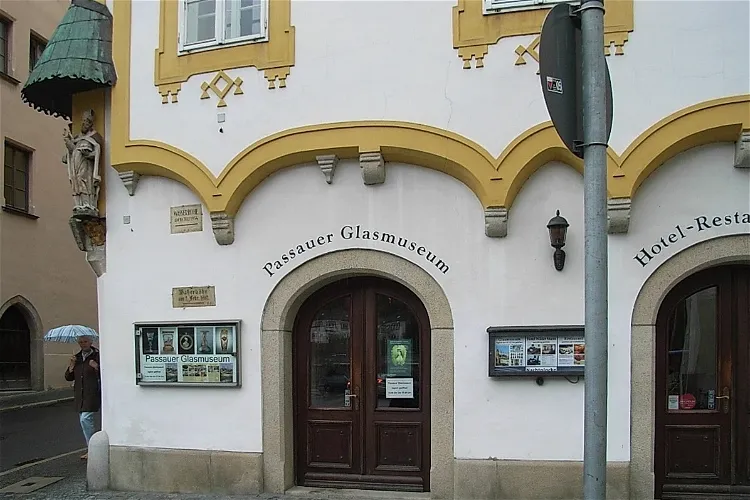
Passau Glass Museum
PassauThe Passau Glass Museum is renowned for its extensive collections, which are considered the largest in the world in three categories: European art glass, Bohemian glass, and glass made by Johann Loetz. These collections offer a unique opportunity to explore the rich history and diverse styles of glassmaking in Europe and beyond.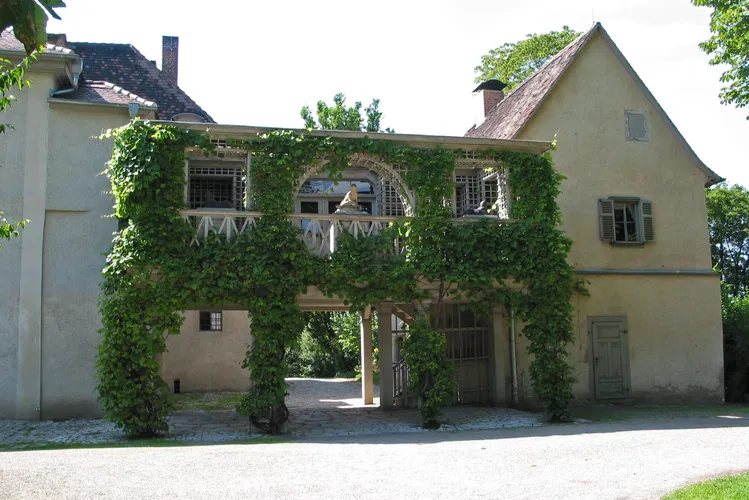
Tiefurt House
WeimarTiefurt Castle is a quaint castle situated on the banks of the Ilm River. It is nestled in the village of Tiefurt, which is approximately four kilometers away from the heart of the city of Weimar. This location makes it a peaceful retreat away from the bustling city center, yet close enough for easy access.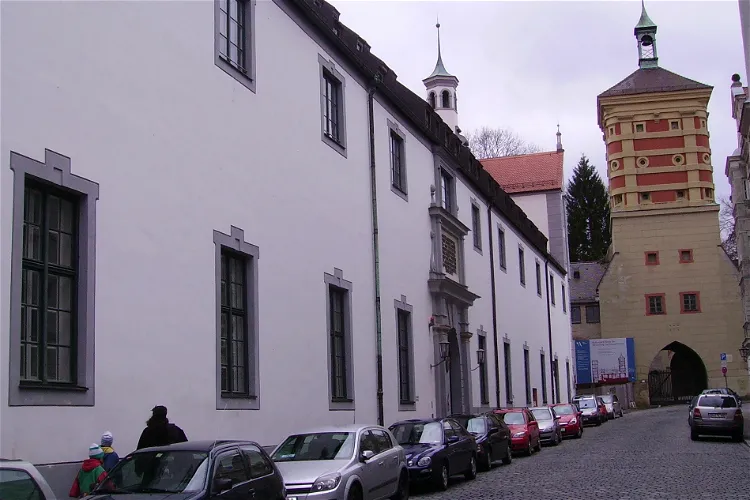
Augsburg Puppet Chest
AugsburgThe Augsburger Puppenkiste is a renowned puppet theatre located in the German city of Augsburg. It gained nationwide fame in 1953 when its performances started being filmed and broadcasted on television. This historical theatre has been a significant part of German culture and continues to be a popular attraction for visitors.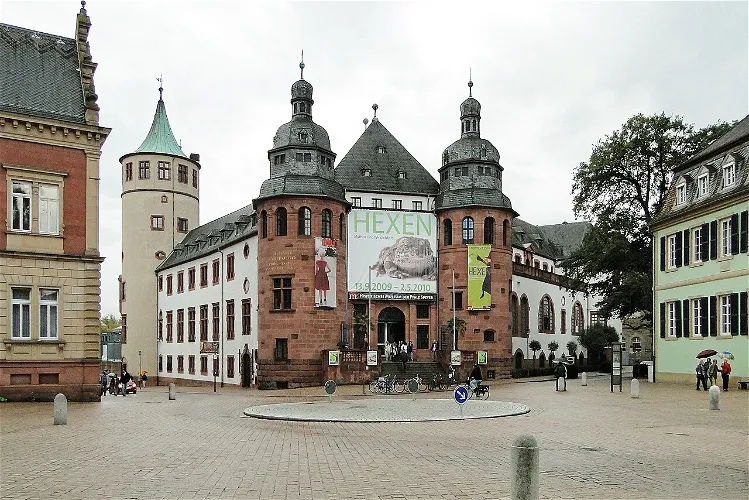
Historical Museum of the Palatinate
SpeyerThe Historical Museum of the Palatinate is conveniently located in the city of Speyer, just across the square from the iconic Speyer Cathedral. This makes it an easy addition to any itinerary that includes a visit to the cathedral. The museum's location in the heart of the city also means it is easily accessible by public transportation or on foot.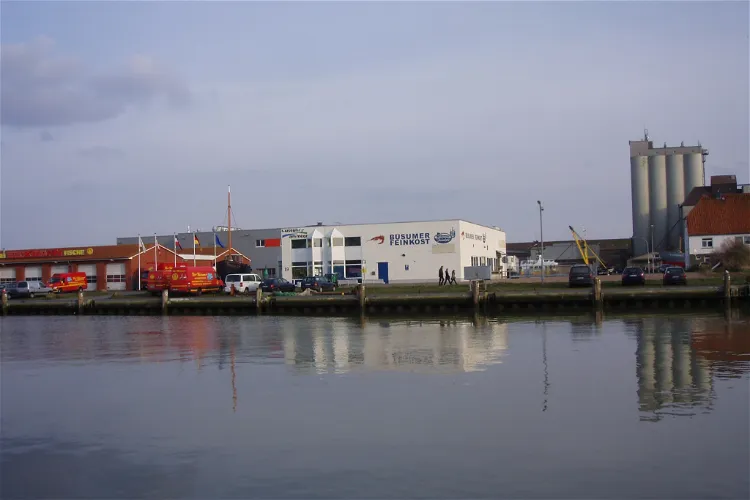
Museum at the sea
BüsumThe Museum am Meer in Büsum is a place where visitors can learn about the history of shrimp fishing and processing in the North Sea, as well as the history of tourism in Büsum. This museum offers a unique insight into the local culture and traditions, making it a worthwhile visit for those interested in learning more about the area's past.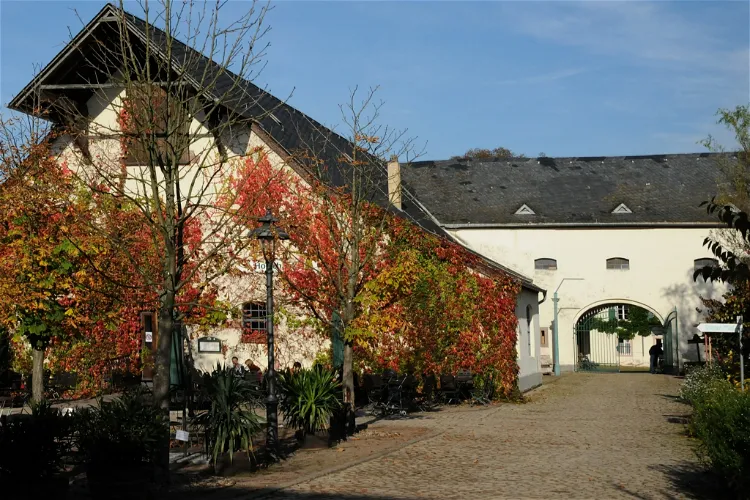
Roscheider Hof Open Air Museum
KonzThe Roscheider Hof Folklore and Open Air Museum, established in 1976, is situated in the city of Konz, in the Rheinland-Pfalz region of Germany. This museum is one of the largest German folklore museums, with an exhibition area of 4000 square meters and a total land area of 20 hectares.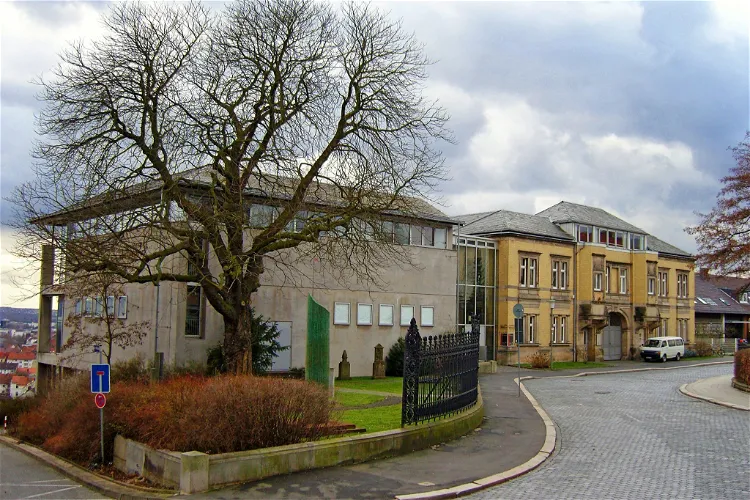
Museum für Sepulkralkultur
KasselThe Museum für Sepulkralkultur, located on Weinbergstraße in Kassel, is a cultural history museum that opened its doors in 1992. It is dedicated to the themes of death, burial, mourning, and remembrance, providing a unique perspective on these universal aspects of human life.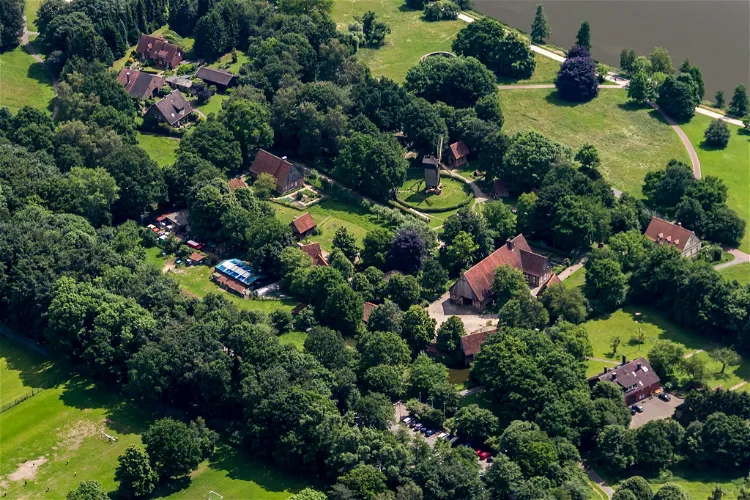
Mühlenhof Freilichtmuseum
MünsterThe Mühlenhof Open Air Museum Münster is conveniently located in the Sentrup district, making it easily accessible for tourists. Its proximity to other attractions such as the Aasee, the All-weather Zoo, and the LWL Museum of Natural History makes it an ideal stop for those looking to explore the cultural and natural history of the region.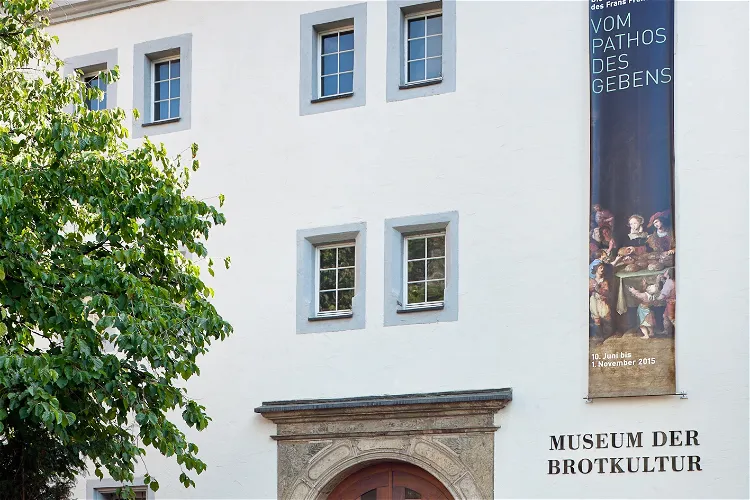
Museum Bread and Art
UlmThe Museum Brot und Kunst – Forum Welternährung in Ulm is a unique knowledge museum that showcases the importance of grain, bread, and culture in human development. It provides a comprehensive understanding of the natural, technical, and social historical aspects of bread production, as well as the symbolism of bread as a metaphor for life in Jewish-Christian thought.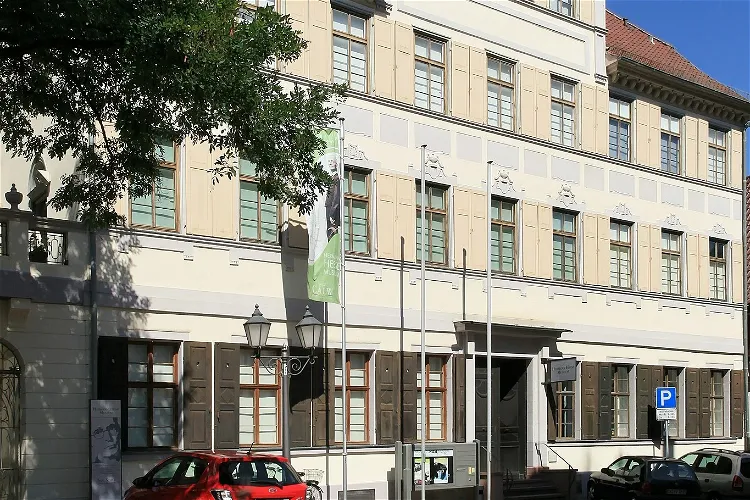
Hermann-Hesse-Museum
CalwThe Hermann-Hesse-Museum in Calw is dedicated to documenting the life and work of the renowned writer and Nobel laureate in Literature, Hermann Hesse. The museum offers a comprehensive insight into Hesse's life, his literary works, and his significant contributions to literature. It is an ideal destination for literature enthusiasts and those interested in learning more about this influential figure.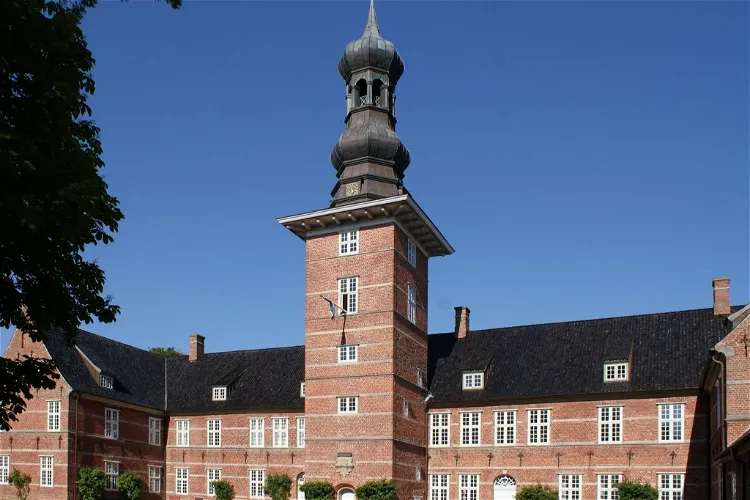
Schloss vor Husum
HusumSchloss vor Husum, also known as Husum Castle, is a historic building that stands as a testament to Dutch Renaissance architecture. Located in the town of Husum, in the Schleswig-Holstein region of northwestern Germany, the castle was constructed between the years 1577 and 1582. The man behind its creation was Duke Adolf von Schleswig-Holstein-Gottorf, who commissioned the building as his temporary residence during his stay on the west coast.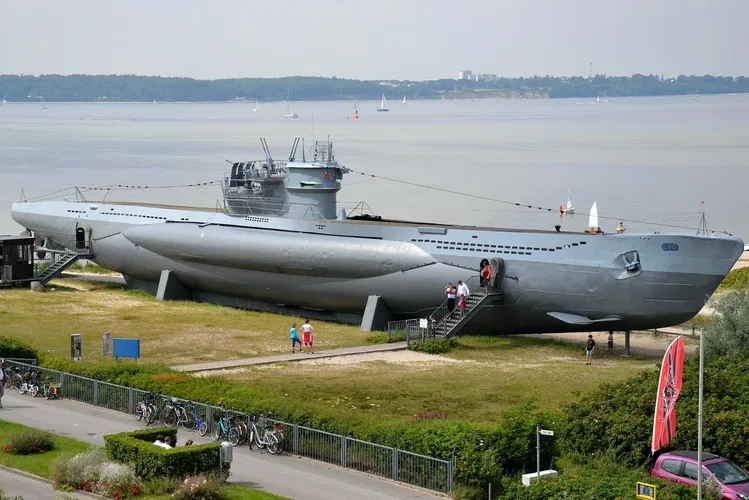
German submarine U-995
LaboeThe German submarine U-995, displayed at the Laboe Naval Memorial, is a significant piece of naval history. This Type VIIC/41 U-boat was a part of Nazi Germany's Kriegsmarine. It was constructed by Blohm & Voss in Hamburg, Germany, and was commissioned on 16 September 1943. This submarine provides a tangible link to the past, allowing visitors to explore a piece of World War II history.
Palace of Tears
BerlinThe Palace of Tears (Tränenpalast) is the former train station and a crossing place between East and West Germany. Citizens from the west part of the country were allowed to travel and this was the place where they said their goodbyes to their friends and family in the east. After the fall of the Be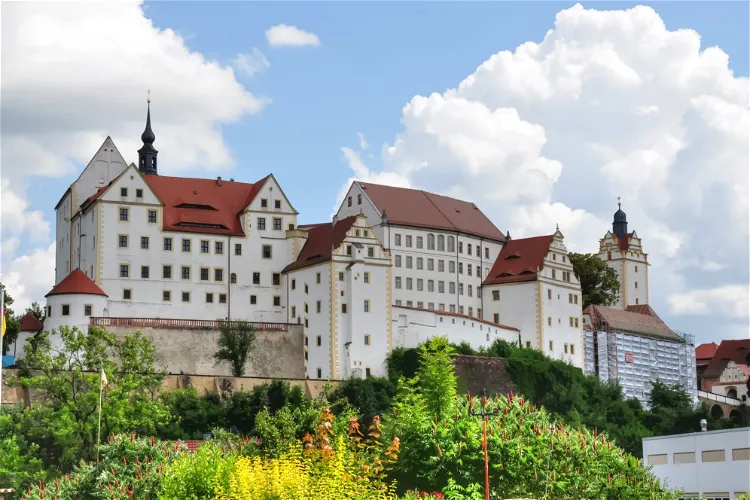
Colditz Castle
ColditzColditz Castle, a historical monument with origins dating back to the 11th century, is situated in the town of Colditz, nestled between Leipzig and Dresden in Saxony. The castle was built under the permission of Emperor Henry IV by Margrave Wiprecht of Groitzsch. It was strategically placed on a hill, providing a commanding view over the left bank of the Mulde river.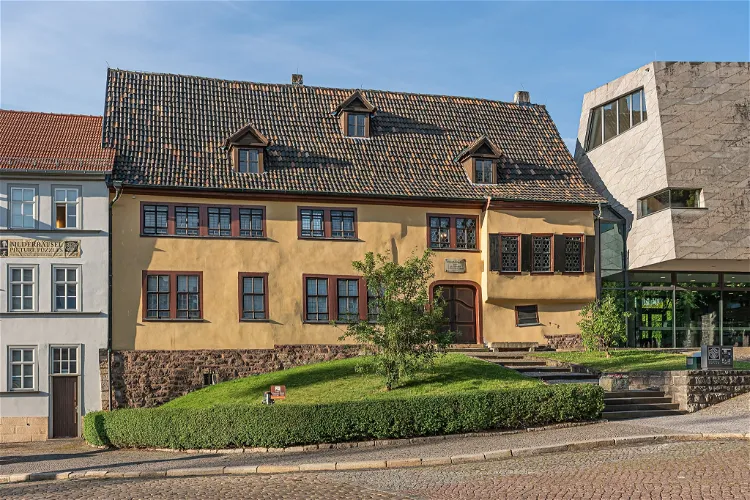
Bach House
EisenachThe Bach House in Eisenach, Germany, is a significant site for music enthusiasts and history buffs alike. This 15th-century manor-style house-museum is where the renowned composer Johann Sebastian Bach was born and spent part of his childhood. Visitors can step back in time and explore the environment that nurtured one of the world's greatest composers.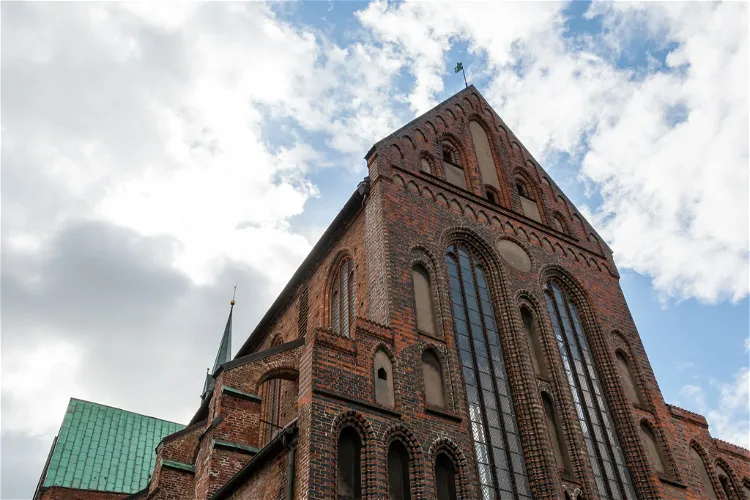
St. Catherine's Church
LübeckSt. Catherine Church in Lübeck is a significant historical site, originally serving as a Brick Gothic church that was part of a Franciscan monastery. The church was dedicated to Saint Catherine of Alexandria, a revered Christian saint and martyr. Its architectural style and historical significance make it a point of interest for visitors.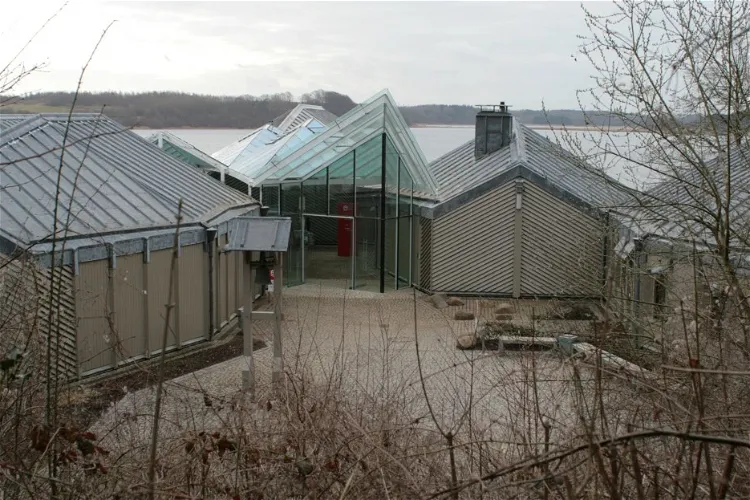
Hedeby Viking Museum
BusdorfThe Hedeby Viking Museum, located near the historic settlement of Hedeby in the state of Schleswig-Holstein, Germany, offers visitors a unique opportunity to delve into Viking history. The museum is situated in what was once Denmark's oldest city, providing a rich historical context for the exhibits and reconstructions on display.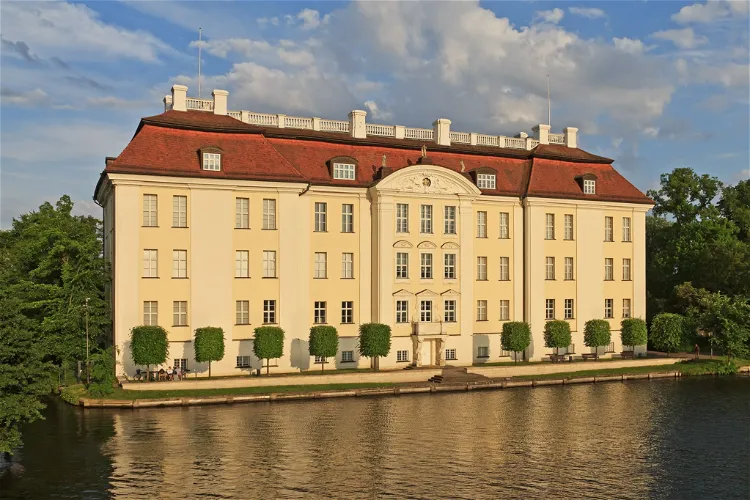
Köpenick Palace
BerlinKöpenick Palace is a unique baroque palace that is surrounded by water. It was built by the Hohenzollern electors of Brandenburg and is located on an island in the Dahme river. This location adds to the charm and beauty of the palace, making it a picturesque spot for visitors.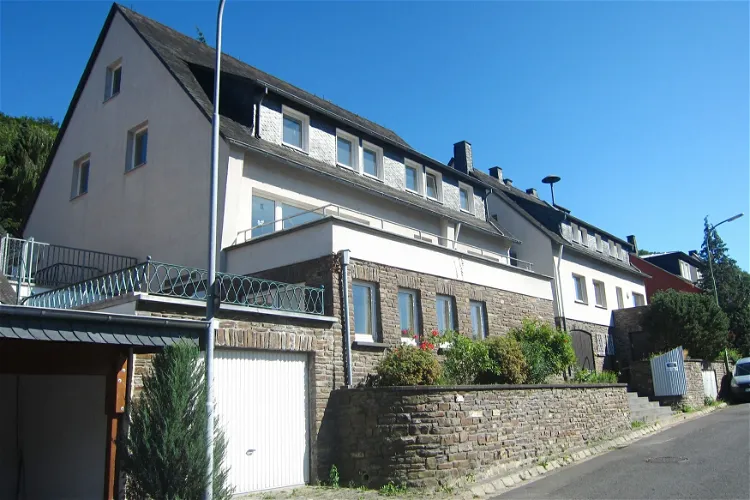
Bundesbank bunker
CochemThe Bundesbank Bunker in Cochem, located in Rhineland-Palatinate, was a significant historical site during the Cold War. It was used by the Deutsche Bundesbank for the storage of emergency currency. This bunker was part of the security measures taken by the Federal Republic of Germany during the Cold War, and it stored up to 15 billion Marks from 1964 to 1988.
Haus zum Cavazzen
Lindau (Bodensee)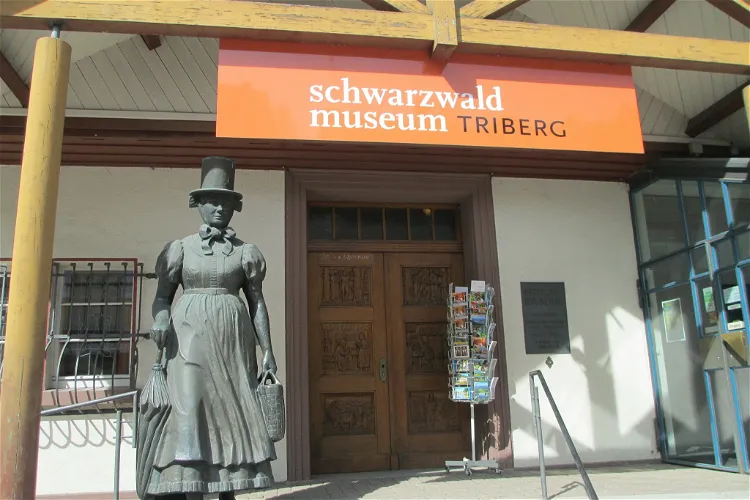
Black Forest Museum
Triberg im Schwarzwald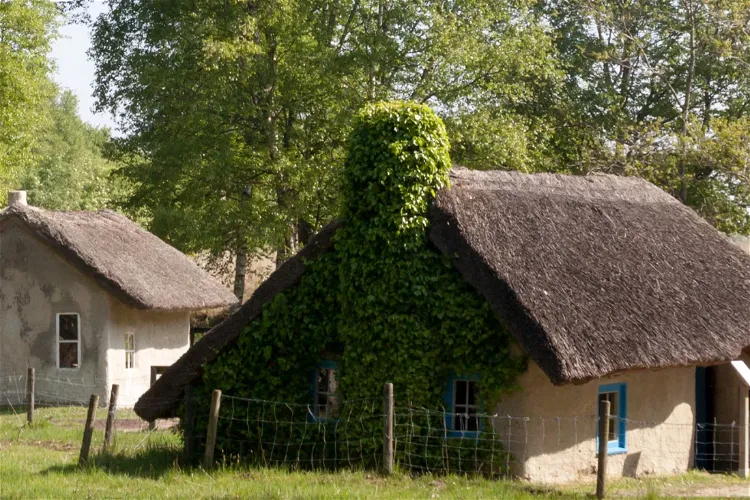
Moormuseum Moordorf
MoordorfThe Moormuseum Moordorf is an open-air museum located in Moordorf, a district of the municipality of Südbrookmerland. This East Frisian museum offers a unique insight into the history and culture of the region, making it a fascinating destination for tourists interested in history and culture.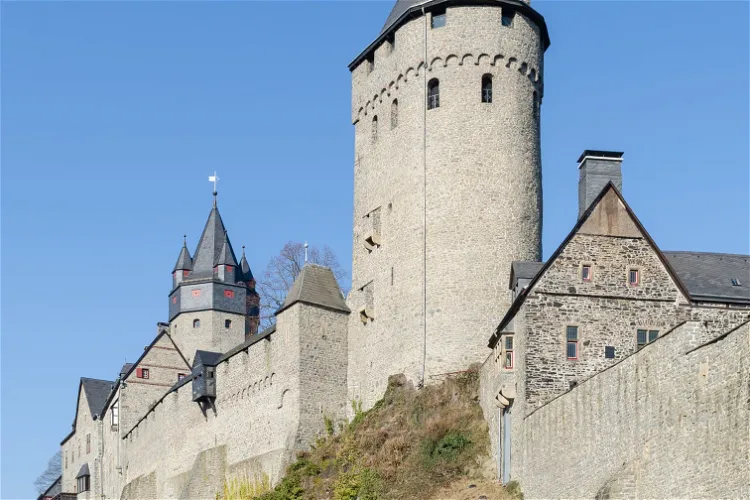
Altena Castle
AltenaAltena Castle is a significant historical site located in the town of Altena in North Rhine-Westphalia. The castle, which is a medieval hill castle, is situated on a spur of Klusenberg hill, near the Lenne in the Märkischer Kreis. This location offers visitors a unique opportunity to explore a piece of history while enjoying the beautiful surrounding landscape.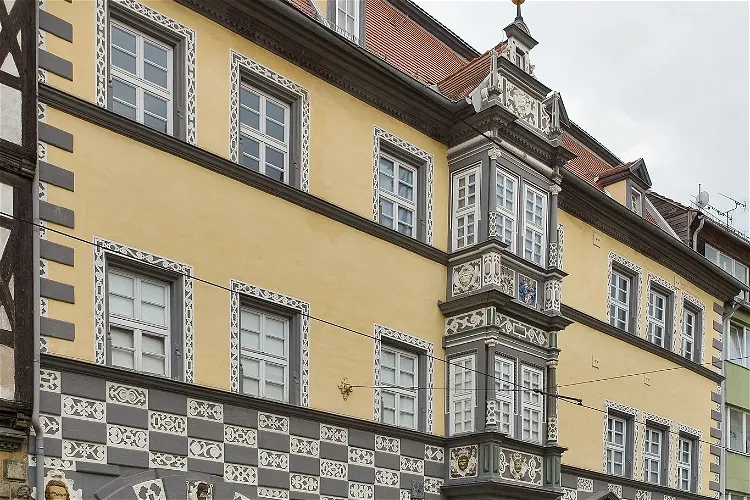
Stadtmuseum
ErfurtThe Stadtmuseum Erfurt is a museum dedicated to the history of the city of Erfurt. It is located in the Haus zum Stockfisch, a historic building in the city. The museum is an institution of the state capital Erfurt and is part of its history museums. It provides a comprehensive overview of the city's history, making it an ideal destination for those interested in learning more about Erfurt's past.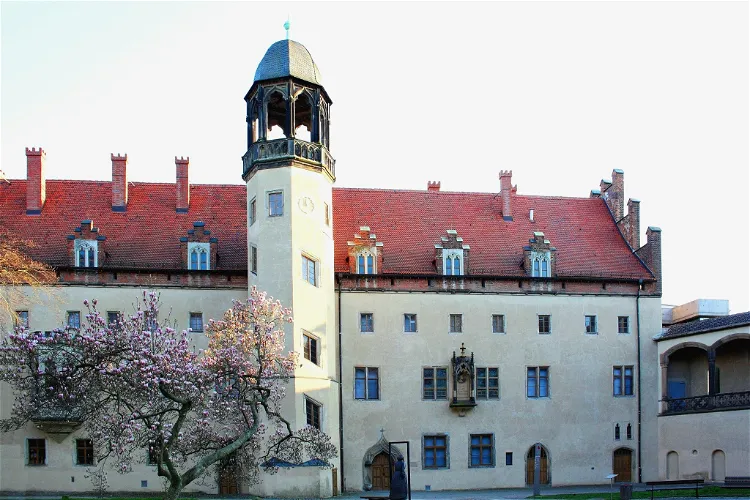
Luther Hall
WittenbergThe Luther House, or Lutherhaus in German, is a significant historical site in Wittenberg, Germany. It served as the home of Martin Luther, the Protestant reformer and founder of Lutheranism, for over 35 years. Today, it stands as a museum, offering visitors a glimpse into the life and work of this influential figure.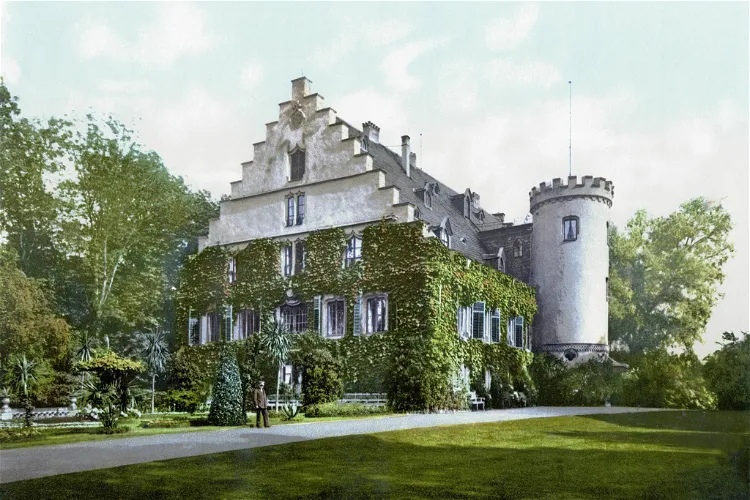
Schloss Rosenau Coburg
RödentalSchloss Rosenau, also known as Palácio Rosenau, is a historical site located between the cities of Coburg and Rödental, in Bavaria, Germany. This former castle, which was later converted into a country house, offers a unique glimpse into the past. Its location makes it easily accessible for tourists visiting either Coburg or Rödental.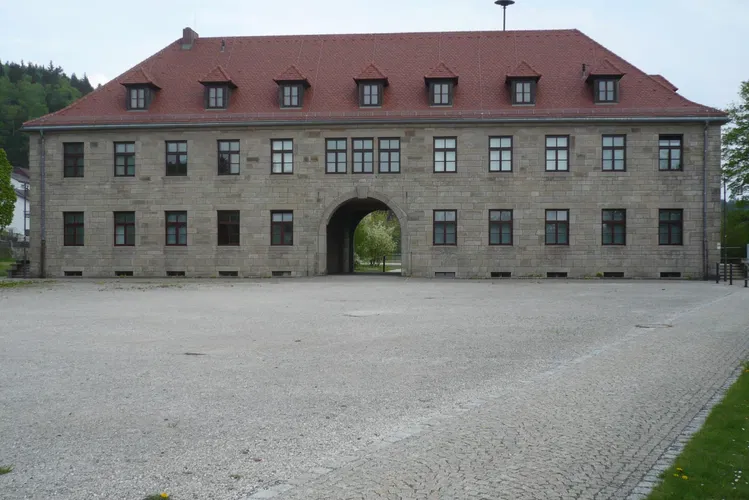
Flossenbürg, Bavaria
FlossenbürgFlossenbürg is renowned for its granite deposits. The town has numerous quarries that can be visited by tourists. These quarries have historical significance as many prisoners from the camps cut the stones used to erect monumental buildings in Nuremberg.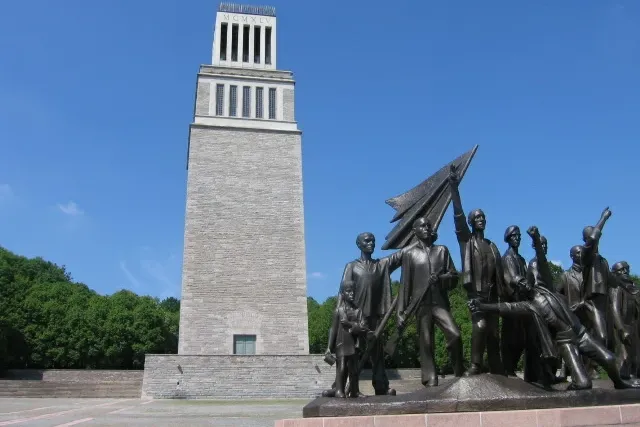
Buchenwald Memorial
WeimarDuring the operation of Buchenwald Concentration Camp, approximately 250,000 people from various European countries were detained and sent here. It is estimated that 56,000 people, including 11,000 Jews, were killed. This grim statistic underscores the scale of the human tragedy that unfolded at this site.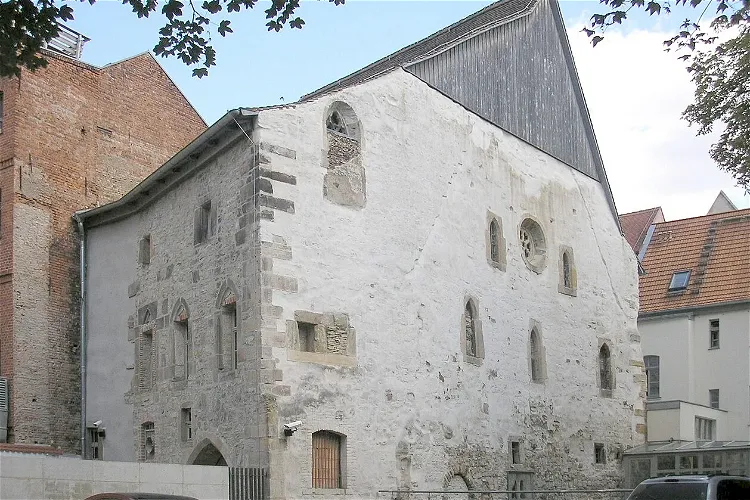
Old Synagogue
ErfurtThe Old Synagogue in Erfurt, with its age of over 900 years, holds the distinction of being the oldest preserved synagogue in Europe. This former synagogue is a testament to the rich Jewish history of the region and offers a unique glimpse into the past. Its location in the heart of Erfurt's old town adds to its historical charm and significance.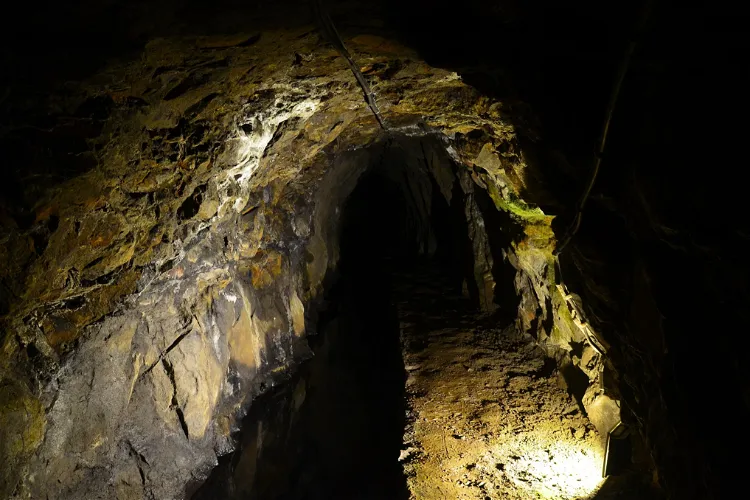
19-Lachter-Stollen
Clausthal-ZellerfeldIn 2010, the 19-Lachter-Stollen was declared a UNESCO World Heritage Site as part of the Upper Harz Water Management System. This recognition underlines the historical and cultural significance of the tunnel and its role in the mining industry. The 19-Lachter-Stollen is also part of the World Heritage Route of the UNESCO World Heritage in the Harz.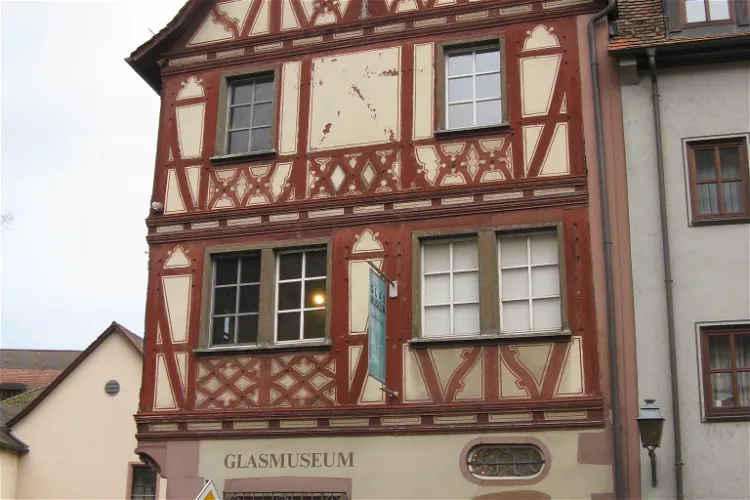
Glasmuseum Wertheim
WertheimThe Glasmuseum in Wertheim, Baden-Württemberg, is a unique institution that presents and documents the history and application of glass. From antiquity to present-day high-tech products, the museum offers a comprehensive overview of the evolution of glass and its various uses over the centuries. It's a fascinating journey through time, showcasing the versatility and importance of this material in different eras and contexts.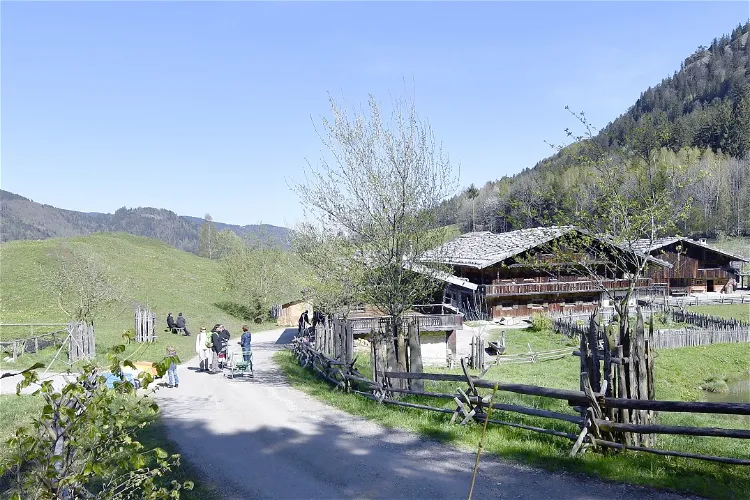
Markus Wasmeier Freilichtmuseum
SchlierseeThe Markus Wasmeier Freilichtmuseum is a privately owned museum situated on the edge of the Neuhaus district in the Upper Bavarian municipality of Schliersee. This location offers visitors a unique blend of cultural history and natural beauty, making it an ideal destination for those interested in exploring the rich heritage of the region.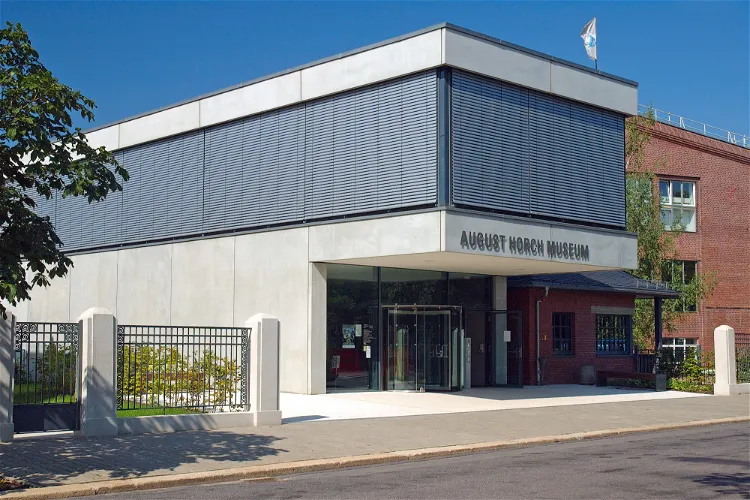
August Horch Museum
ZwickauThe August Horch Museum in Zwickau, an automobile museum, has a rich history dating back to its opening in 1988. After undergoing extensive renovations and reconstructions in the oldest part of the former Zwickau Audi factory, it was reopened in September 2004. The museum saw further expansion in November 2017, enhancing its offerings and space for exhibits.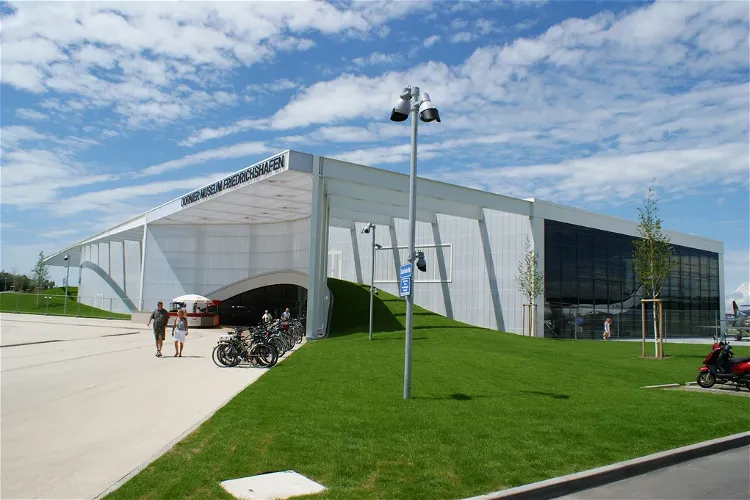
Dornier Museum Friedrichshafen
FriedrichshafenThe Dornier Museum in Friedrichshafen is a technology museum that pays tribute to the pioneering work of aircraft designer Claude Dornier and the Friedrichshafen company Dornier-Werke, which is now part of the Airbus Group. This museum provides a comprehensive insight into the history and achievements of these significant figures in aviation history.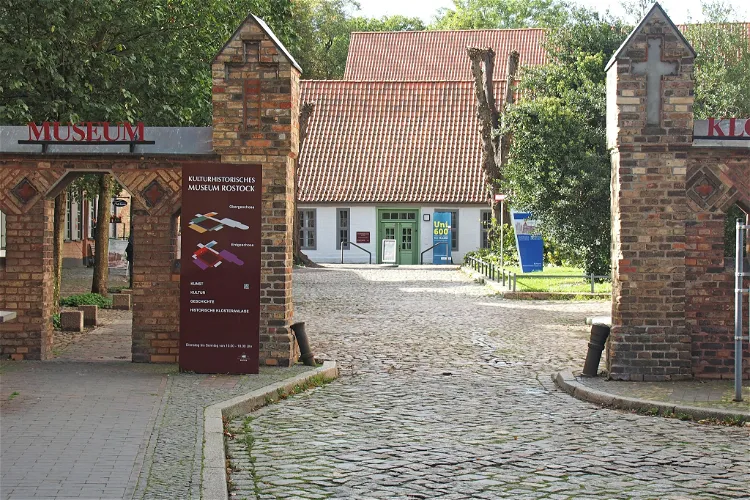
Culture Museum Rostock
RostockThe Culture Museum Rostock, originally named the Municipal Art and Antiquity Museum Rostock, is a significant cultural institution in Mecklenburg-Vorpommern. Established in 1859, it is one of the largest museums in the region, offering a rich collection of art and historical artifacts.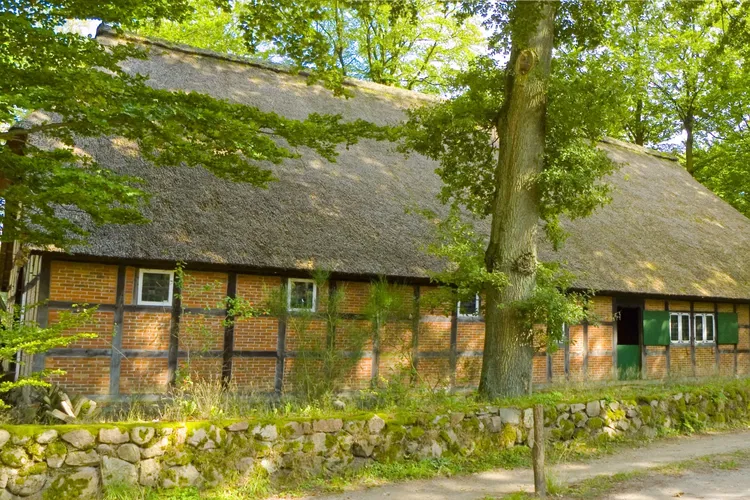
Dat ole Huus
WilsedeHeidemuseum Dat ole Huus, located in Wilsede, Lower Saxony, is a local history museum that was established in 1907. This makes it one of the oldest open-air museums in Germany, offering a unique insight into the country's past. The museum is operated by the Naturschutzpark e. V. (VNP) and its foundation, the Naturschutzpark Lüneburger Heide.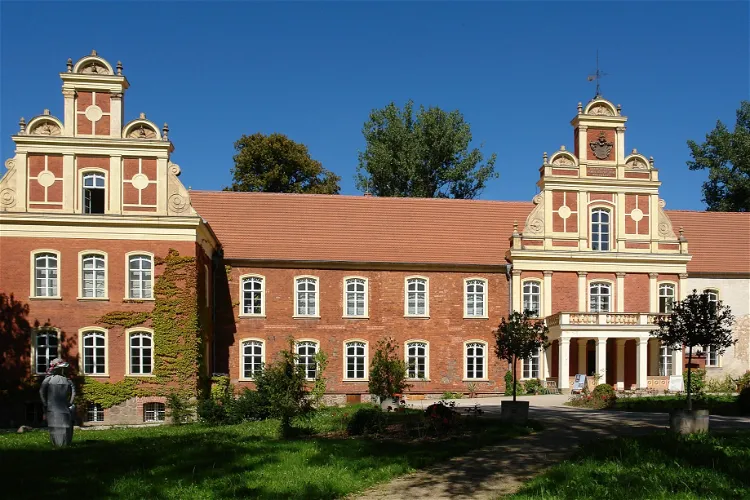
Castle Meyenburg
MeyenburgSchloss Meyenburg, located in the town of Meyenburg in Prignitz, is a former noble seat of the von Rohr family. Today, it is primarily used as a fashion museum. The castle has a rich history dating back to the 14th century when it was owned by the von Rohr family. It remained in their possession until 1945. The building itself is a two-story brick structure with two wings, shaped like an 'L'. It incorporates parts of the medieval city fortification of Meyenburg and dates back to the 15th century, with the rest of the building dating back to the 16th century.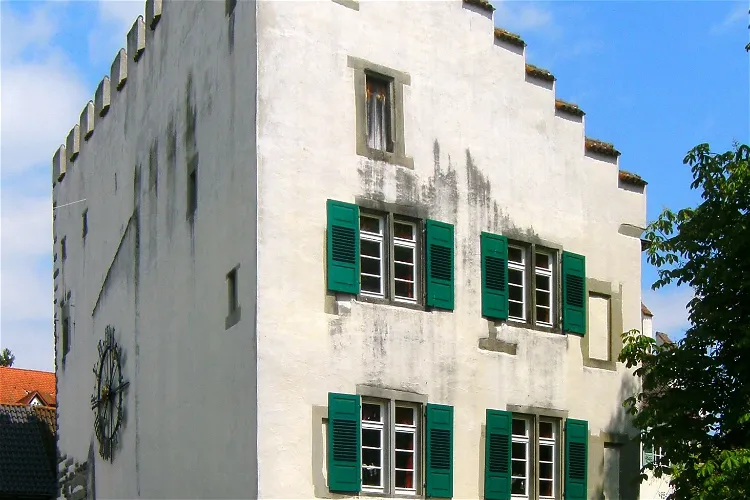
Städtisches Museum Überlingen
Überlingen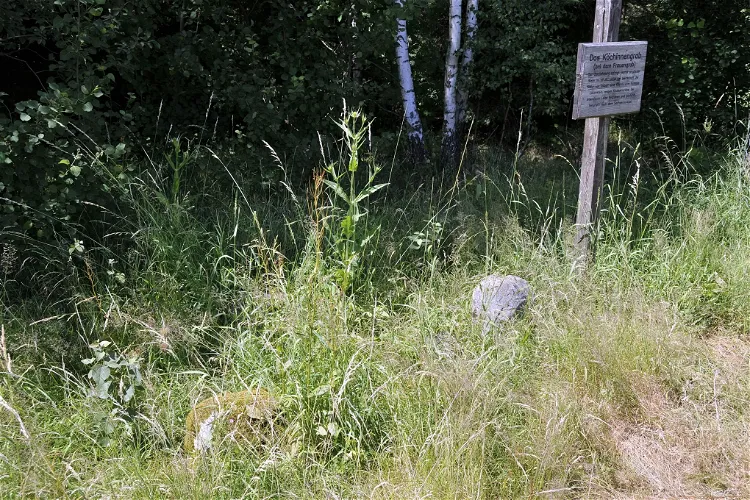
Lauenstein Castle
Ludwigsstadt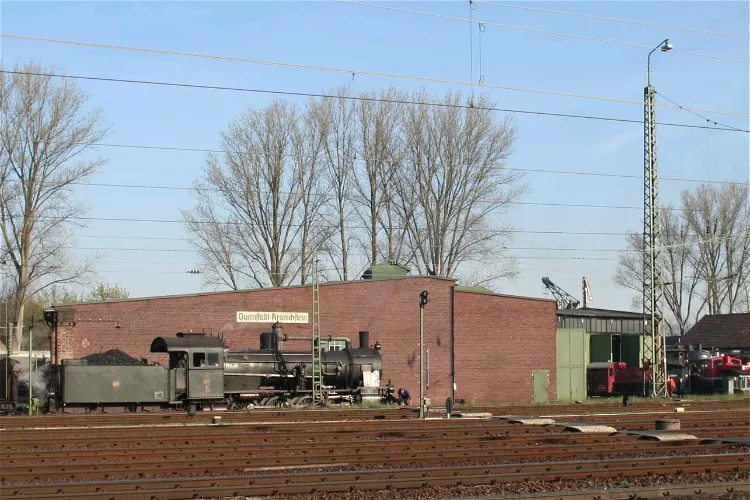
Darmstadt-Kranichstein Railway Museum
DarmstadtThe Darmstadt-Kranichstein Railway Museum, located in Darmstadt, Germany, is recognized as the largest railway museum in the state of Hesse. This museum offers a comprehensive insight into the history and evolution of railways in the region, making it a significant destination for those interested in railway history and technology.
Siegfried Line Museum Pirmasens
PirmasensThe Siegfried Line Museum at Pirmasens is located in the German state of Rhineland-Palatinate. It is housed in a former subterranean fortification on the edge of the village of Niedersimten in the southwest Palatinate region. The museum is a significant historical site that offers a unique insight into the region's past.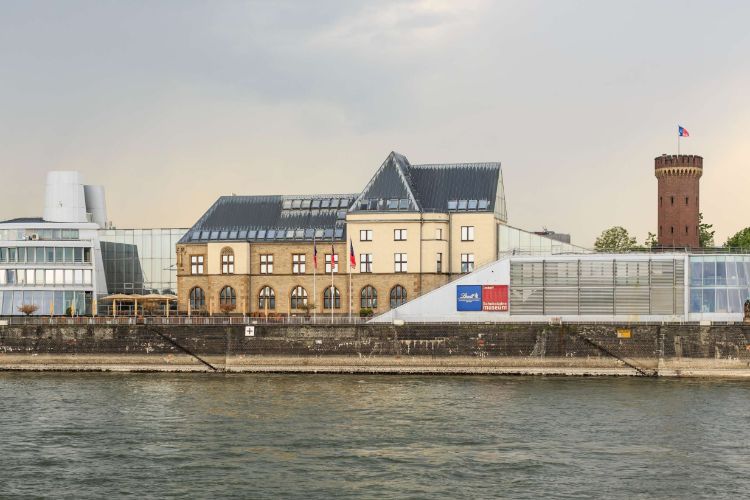
Schokoladenmuseum Köln
CologneThe Schokoladenmuseum Köln (also known as the Imhoff-Schokoladenmuseum and Imhoff chocolate museum is a museum in Cologne that is dedicated to chocolate. The museum illustrates the history of chocolate, from its beginnings with the Olmecs, Maya and Aztecs to contemporary products and production meth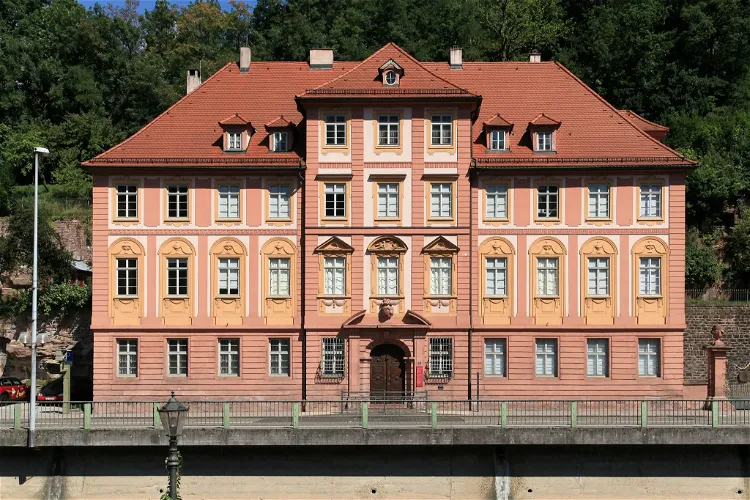
Palais Vischer
CalwPalais Vischer, a neoclassical city palace, is now a museum that showcases the history of the city of Calw in Baden-Württemberg. It provides a unique opportunity for visitors to delve into the rich past of this German city, offering a comprehensive understanding of its historical context and development.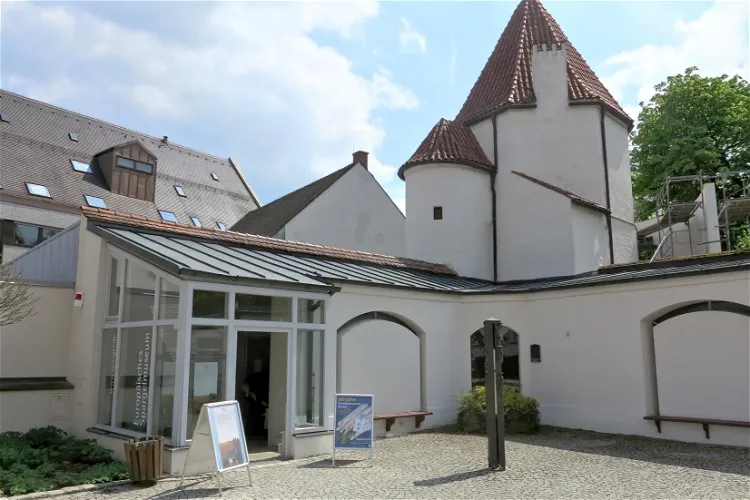
European Asparagus Museum
SchrobenhausenThe European Asparagus Museum is housed in the former Amtsturm, a two-story building that was part of the medieval city wall. Located in the southwest of the old town, the museum's location adds to its charm and historical significance, providing visitors with a unique backdrop to their exploration of the world of asparagus.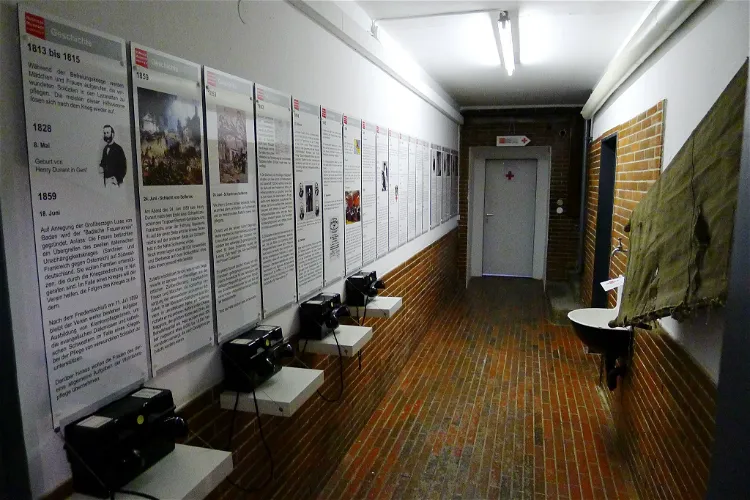
Rotkreuz-Museum vogelsang ip
SchleidenThe Red Cross Museum vogelsang ip, located in the former NS-Ordensburg Vogelsang, is one of the largest Red Cross museums in Europe. It spans over 600 m² of usable space and 550 m² of exhibition space across two floors. The museum provides an overview of the worldwide humanitarian aid of the Red Cross, showcasing the organization's significant contributions to global relief efforts.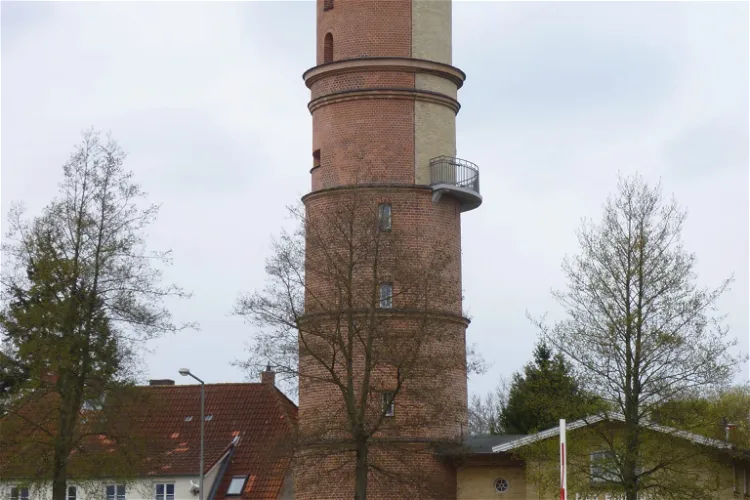
Alter Leuchtturm Travemünde
LübeckThe historic Travemünde Lighthouse, constructed in 1827, is a significant technical and architectural monument. It no longer functions as a sea mark but has been transformed into a museum. The lighthouse, made of red brick and built in a classicist style, stands at a height of 31 meters. It is a symbol of Travemünde, along with the Passat, and is open for visitors to explore.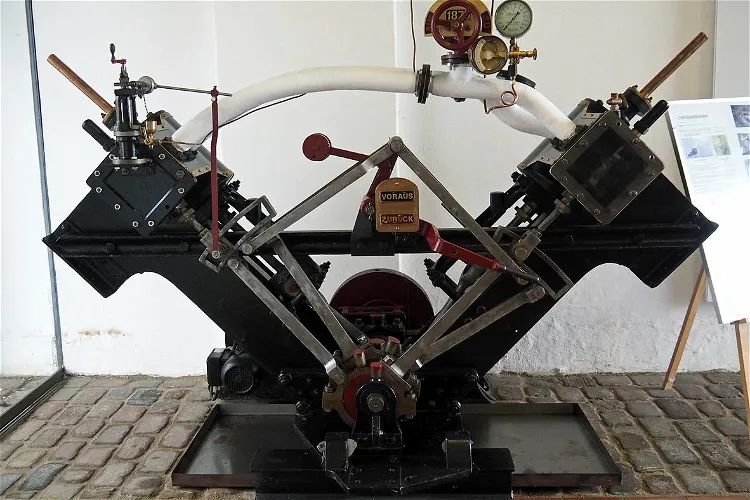
Schifffahrtsmuseum
FlensburgIn 2012, the Flensburg Maritime Museum underwent a complete renovation and re-conception of its exhibition. The exhibition now extends beyond the former customs warehouse to include the customs office courtyard, featuring exhibits on the West Indies voyage, butter trip, and Flensburg shipyard. Additionally, a newly built exhibition building in the courtyard showcases the evolution of technology and everyday life on board over the last 100 years.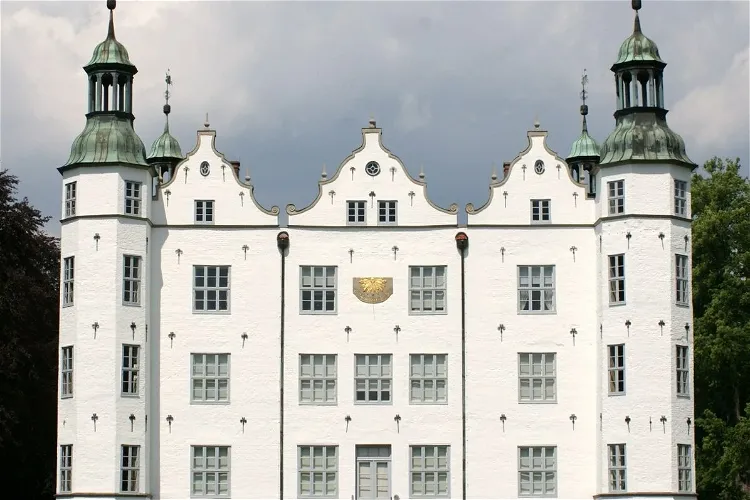
Ahrensburg Palace
AhrensburgSchloss Ahrensburg, also known as Ahrensburg Palace, is a former mansion situated in the southern region of Schleswig-Holstein, Germany. Its location is conveniently close to the city of Hamburg, making it an accessible destination for tourists visiting the area.
DDR MUSEUM THALE
ThaleThe DDR-Museum Thale, located in Thale, Saxony-Anhalt, is a museum that primarily focuses on the living and everyday culture in the DDR (East Germany). It provides a unique insight into the lifestyle and daily routines of the people during the era of East Germany, making it a fascinating destination for those interested in history and culture.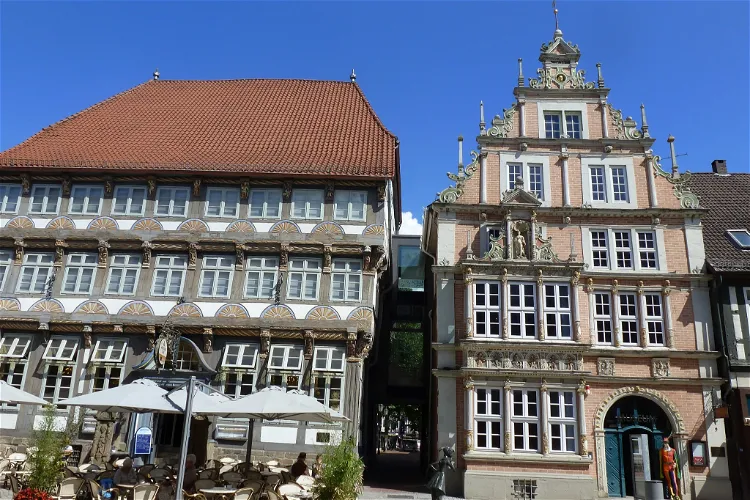
Museum Hameln
HamelinThe Museum Hameln is situated in two significant buildings from the Weser Renaissance period in the historic old town of Hamelin, the Leisthaus and the neighbouring Stiftsherrenhaus. These buildings are not only important for their architectural value but also for the rich history they hold within their walls. Visitors can explore the museum's extensive collection that tells the story of the city and its surrounding region.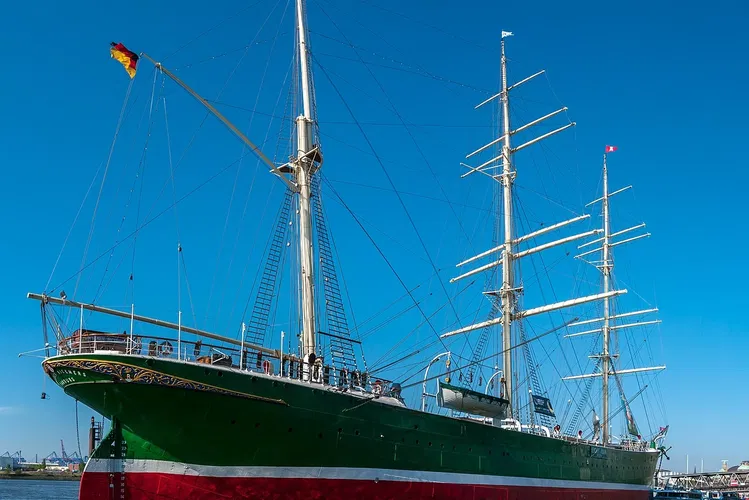
Museum Ship Rickmer Rickmers
HamburgThe Rickmer Rickmers is a significant historical monument in Hamburg. This three-masted steel cargo sailing ship is now a museum, providing visitors with a glimpse into the maritime history of the city. It is located in the port of Hamburg at the St. Pauli Landing Bridges, a popular tourist area known for its vibrant nightlife and entertainment.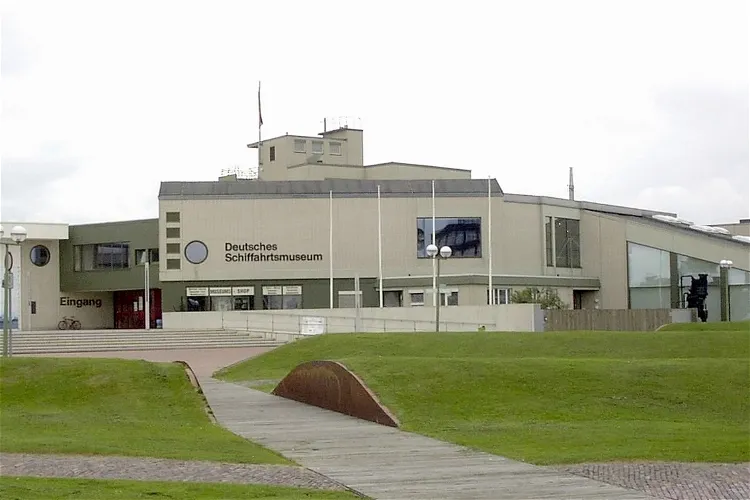
German Maritime Museum
BremerhavenThe Deutsches Schifffahrtsmuseum (DSM), or the German Maritime Museum, is the national maritime museum of Germany. It is situated in the city of Bremerhaven, a location chosen due to the central role played by the port of Bremen in German maritime history, both for trade and as the main port of embarkation for emigration to the Americas.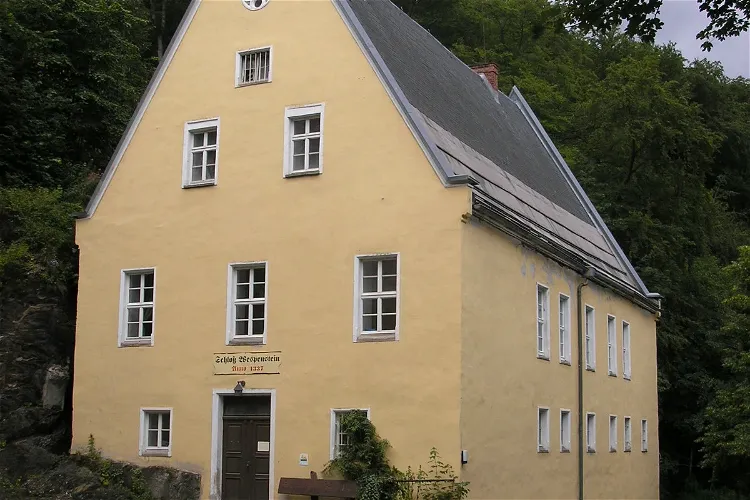
Schloss Wespenstein
GräfenthalSchloss Wespenstein is a historic castle located in the city of Gräfenthal in Thuringia, right on the border with Bavaria. The castle played a significant role in securing the pass section of a medieval army and trade route that stretched from Leipzig via Saalfeld to Nuremberg over the ridge of the Thuringian Slate Mountains. This strategic location underscores the historical importance of the castle.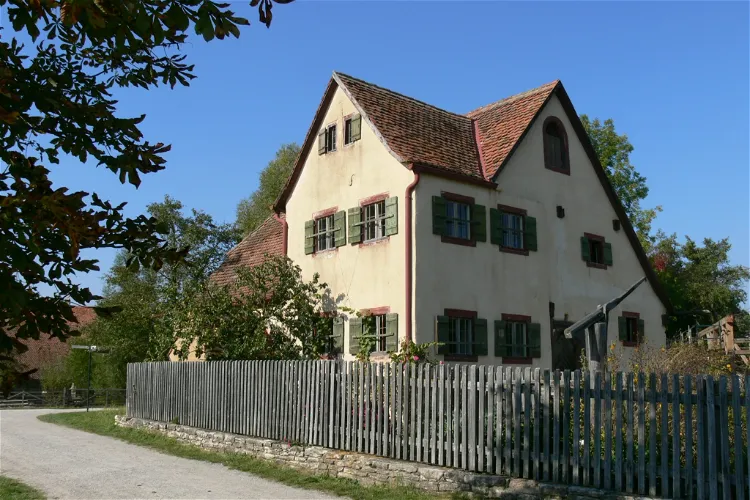
Franconian Open Air Museum
Bad WindsheimThe Franconian Open Air Museum Bad Windsheim is located on the southern edge of the old town of Bad Windsheim. The museum spans a vast area of 45 hectares, providing ample space for visitors to explore and immerse themselves in the rich history and culture of the region.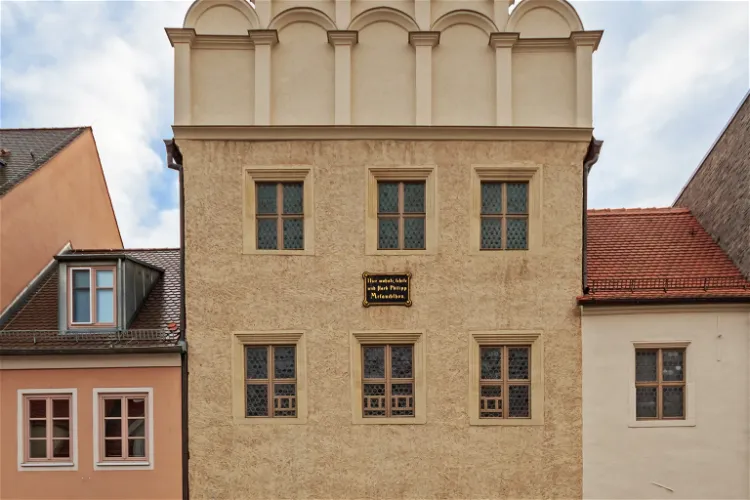
Melanchthon’s House
WittenbergThe Melanchthonhaus in Lutherstadt Wittenberg is a remarkable Renaissance building, known for its late Gothic framed windows and a round-arched tiered gable. Its architectural beauty makes it one of the most attractive townhouses in the city, offering a glimpse into the architectural style of the Renaissance period.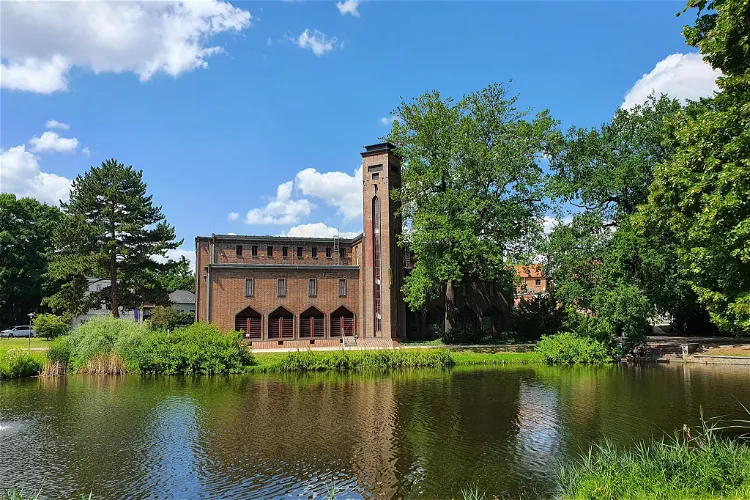
Kunstmuseum Dieselkraftwerk Cottbus
CottbusThe Brandenburg State Museum for Modern Art, also known as the Diesel Power Plant Cottbus, is an art museum situated in the city of Cottbus in Brandenburg. This museum is a significant cultural institution in the region, showcasing contemporary art from Brandenburg and beyond.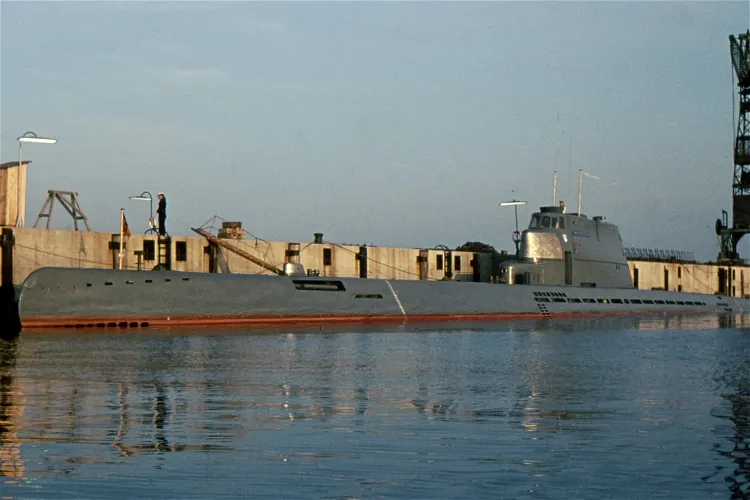
German submarine Wilhelm Bauer
BremerhavenThe Wilhelm Bauer was scuttled at the end of World War II, without ever having gone on patrol. In 1957, it was raised from the seabed off Flensburg Firth, refurbished, and recommissioned for use by the West-German Bundesmarine in 1960. This unique history adds to the submarine's intrigue and appeal for visitors.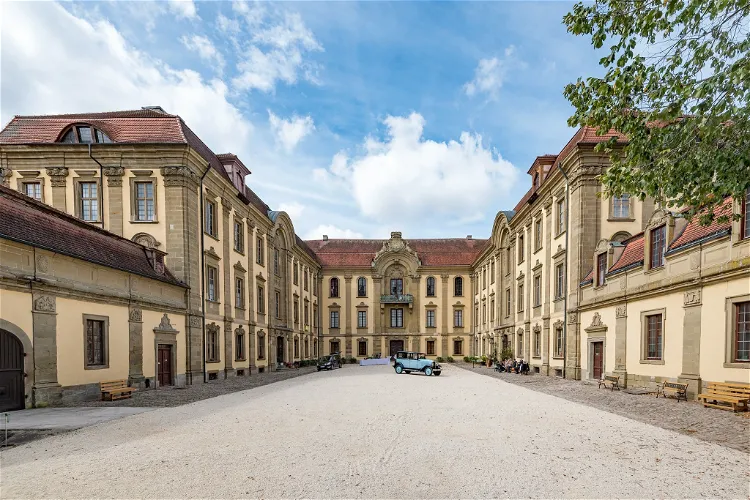
Schloss Schillingsfürst
SchillingsfürstSchloss Schillingsfürst is a castle located in Schillingsfürst near Ansbach in Middle Franconia, Bavaria. It serves as the seat of the old noble family branch Hohenlohe-Schillingsfürst. The castle's history and its connection to the noble family make it a significant site for those interested in history and architecture.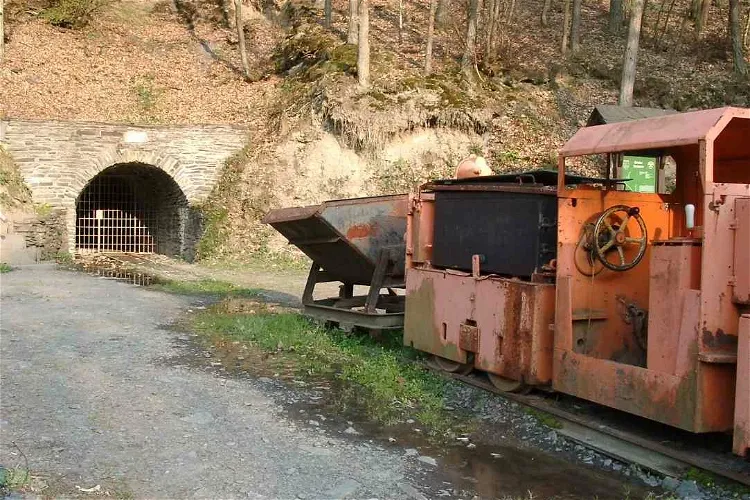
Fell Exhibition Slate Mine
FellThe Fell Exhibition Slate Mine, also referred to as the Barbara-Hoffnung Exhibition Mine, is a historical site located in Germany. It is situated approximately 20 kilometers east of Trier and about 60 kilometers east of Luxembourg City, in close proximity to the villages of Fell and Thomm. This former slate mine offers a unique insight into the region's mining history and is easily accessible from major cities.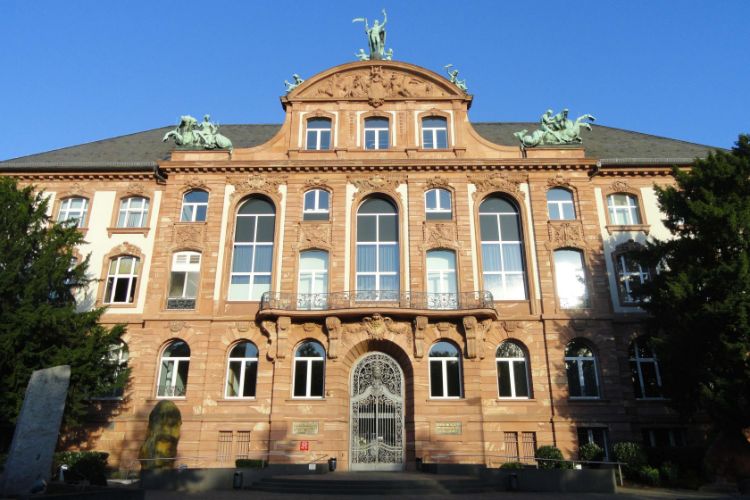
Senckenberg Natural History Museum
FrankfurtThe Naturmuseum Senckenberg (Senckenberg Natural History Museum) is the largest museum of natural sciences in Germany, located in Frankfurt and housed in a building that was built between 1904 and 1907. The Naturmuseum Senckenberg holds the largest collection of large dinosaurs in Europe. One specif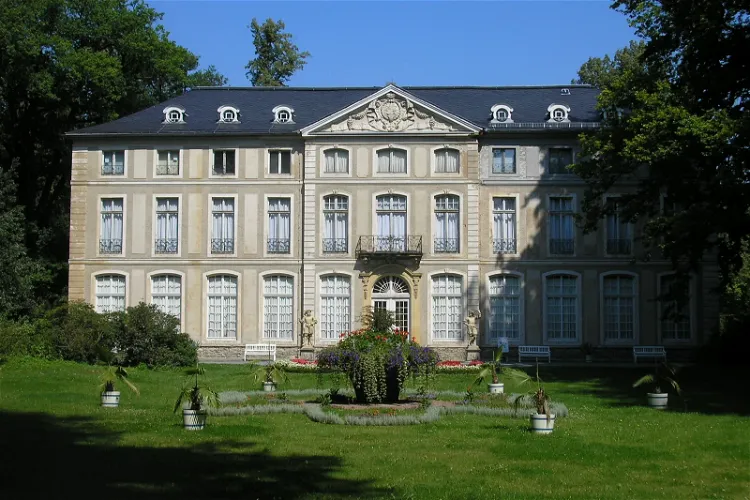
Sommerpalais
Greiz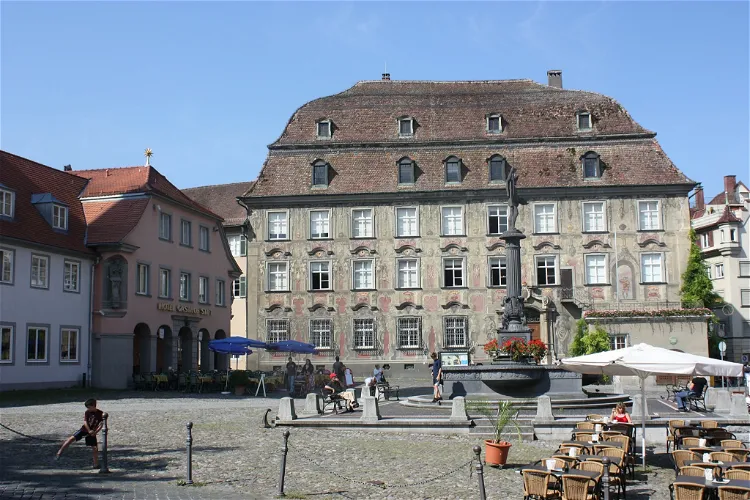
City Museum of Lindau
Lindau (Bodensee)The City Museum of Lindau is situated in the baroque citizen's house Zum Cavazzen, which is located at the market square of the island Lindau (Bodensee). This location is not only central but also steeped in history, making it an interesting destination for tourists who are interested in the rich cultural heritage of Lindau.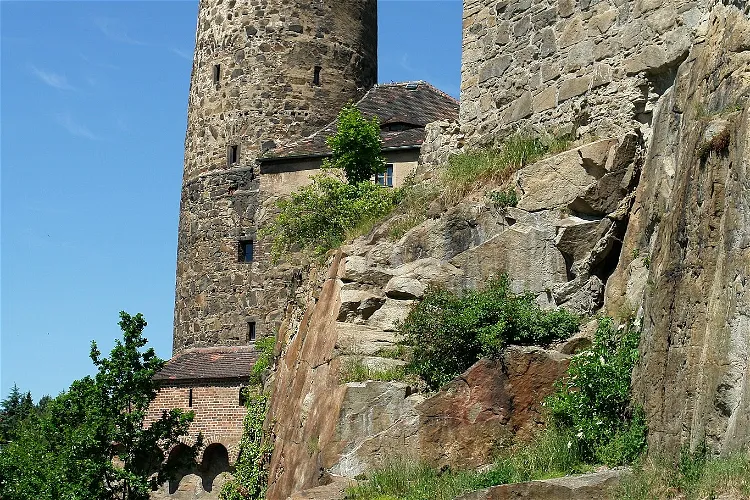
Old Waterworks Tower
BautzenThe Old Waterworks Tower, also known as Alte Wasserkunst, is a significant landmark in Bautzen. It is located on the edge of the old town, close to the Mühltor. The tower is situated by the Spree river, making it a prominent sight for visitors entering the city via the Peace Bridge. This historical structure, along with the nearby Michaeliskirche, is considered a symbol of the city.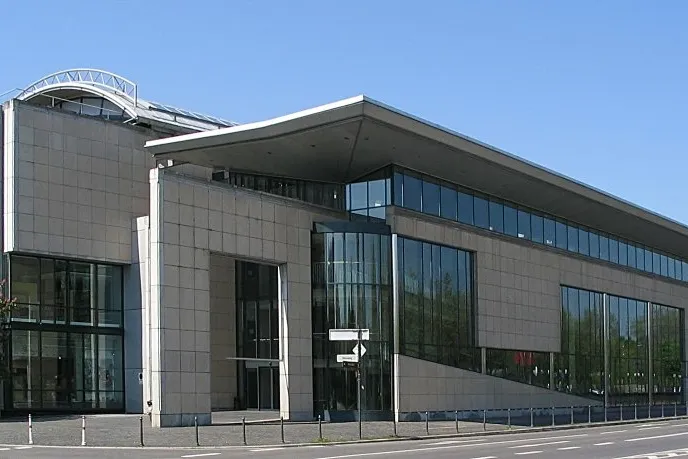
House of the History of the Federal Republic of Germany
BonnThe House of the History of the Federal Republic of Germany, also known as Haus der Geschichte der Bundesrepublik Deutschland or HdG, is a museum located in Bonn. It was established in 1989 and opened to the public in 1994. The museum is dedicated to providing information and documentation on the history of the Federal Republic of Germany and the German Democratic Republic.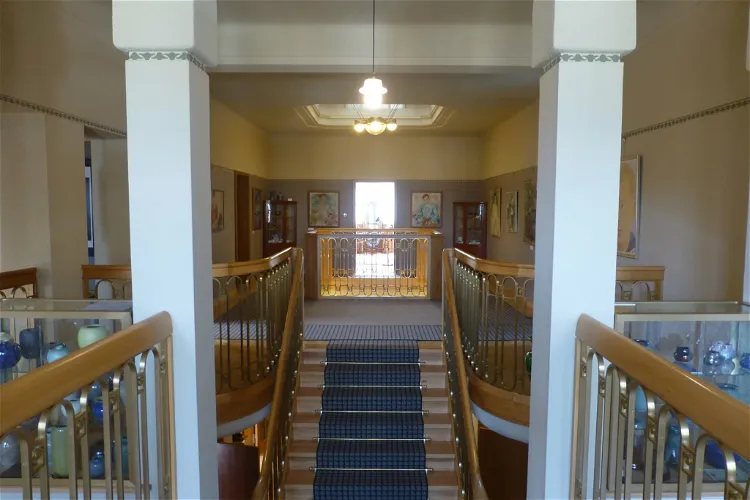
Van de Velde-Museum
GeraThe Schulenburg House, located at Straße des Friedens 120 in Gera, is a grand bourgeois villa designed and built by the renowned architect Henry van de Velde. This architectural masterpiece is under monument protection, preserving its historical and cultural significance.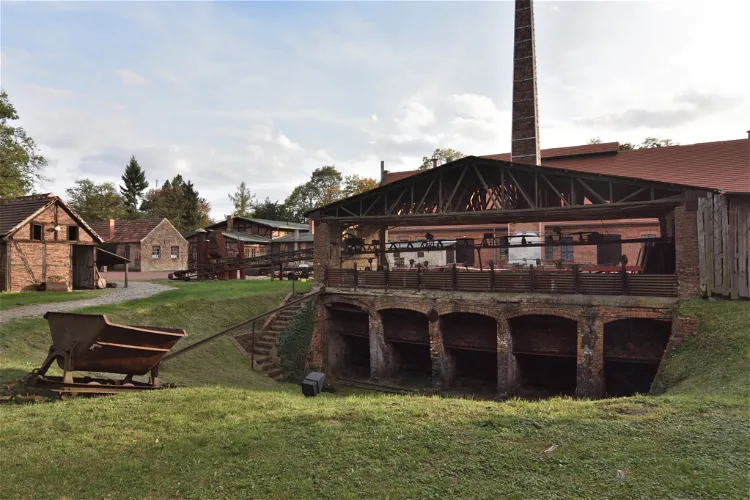
Museumsdorf Glashütte
Baruth/MarkThe Museumsdorf Baruther Glashütte is a technical monument that offers a unique insight into the social and technical history of the old glassmaker's village. Visitors can learn about the craft of glassmaking from a glassmaker and explore an exhibition about Reinhold Burger, the inventor of the thermos flask. The museum is located in the south of the Teltow-Fläming district in Brandenburg.
Heimatmuseum Wennigsen
Wennigsen (Deister)The Heimatmuseum Wennigsen is a significant monument situated in the municipality of Wennigsen (Deister). The museum is housed in a half-timbered house that was constructed around the year 1700. This building has a rich history, having once served as a mill. This historical context adds a unique charm to the museum, making it a fascinating place to visit for those interested in architecture and history.
Roman-German Museum
CologneThe Romano-Germanic Museum (Roman-German Museum) is an archaeological museum in Cologne that holds and exhibits Roman artifacts from the Roman settlement of Colonia Claudia Ara Agrippinensium, the Roman settlement on which the city of Cologne is built. The museum can be seen as an archaeological sit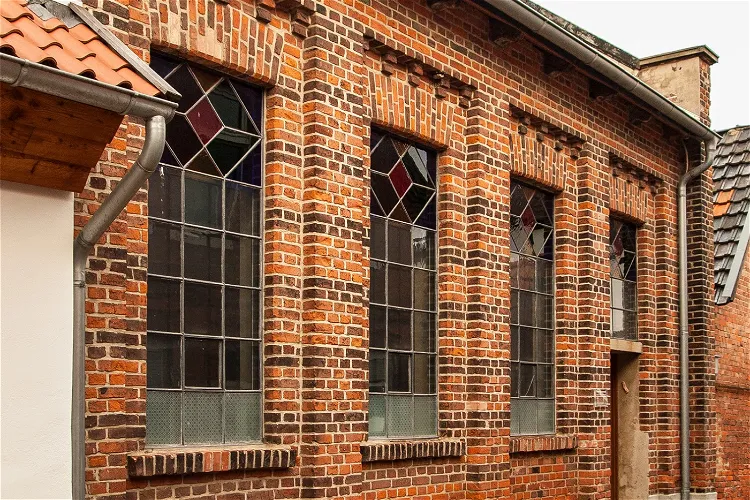
Alte Synagoge Petershagen
PetershagenThe Alte Synagoge Petershagen is a significant historical site located at Goebenstraße in Petershagen, in the district of Minden-Lübbecke, North Rhine-Westphalia. This protected monument offers a glimpse into the rich Jewish history of the region and stands as a testament to the resilience of the Jewish community.
Stadtmuseum Hornmoldhaus
Bietigheim-BissingenThe Hornmoldhaus in Bietigheim stands as a testament to the architectural prowess of the Renaissance period in southern Germany. It is one of the best-preserved citizen houses from this era, offering a unique glimpse into the past. The house's intricate design and well-preserved state make it a significant historical site.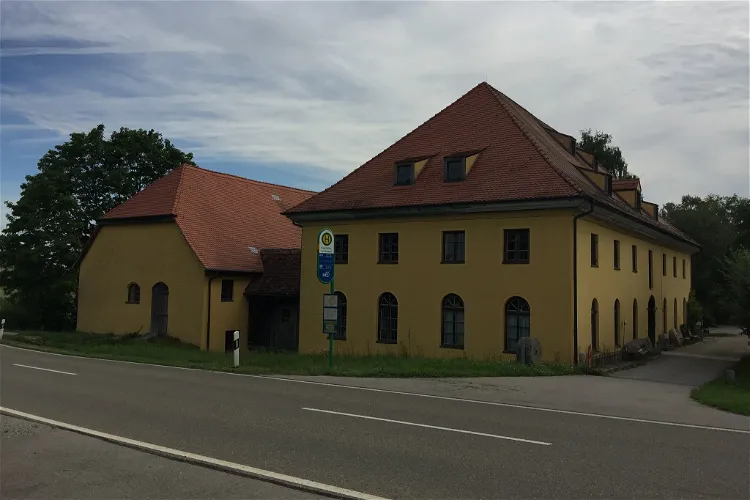
Furthmühle
EgenhofenThe Furthmühle is largely preserved in its original state and is fully functional. Until 2012, it was used for the production of flour, making it a significant technical monument. Visitors can appreciate the historical machinery and understand the process of flour production from the past.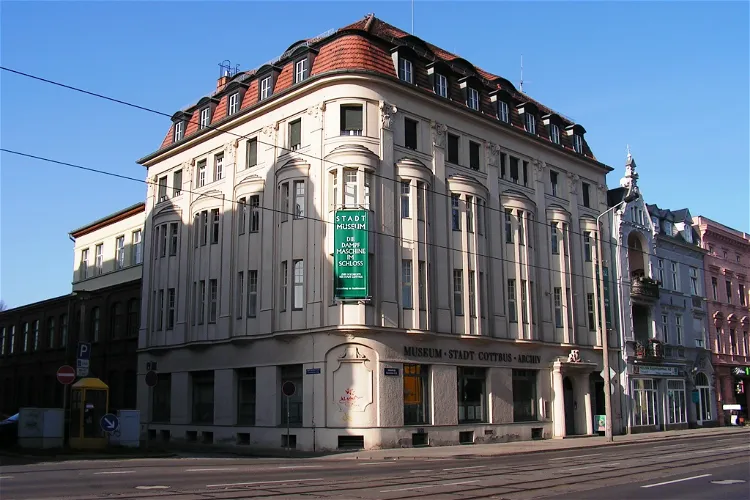
Stadtmuseum Cottbus
CottbusThe Stadtmuseum and -archiv Cottbus, also known as Měsćański muzej a archiw Chóśebuz in Lower Sorbian, is the municipal archive of the city of Cottbus in Brandenburg. It is located in Bahnhofstraße in the Mitte district. This museum and archive serves as a repository for the city's historical documents and also hosts exhibitions on the city's history.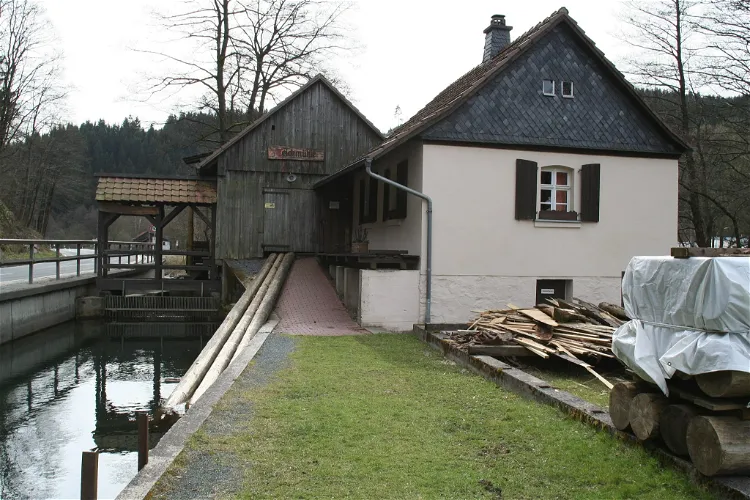
Teichmühle Steinwiesen
SteinwiesenTeichmühle is a community part of the market town Steinwiesen, located in the district of Kronach in Upper Franconia, Bavaria. It is situated on the right bank of the Rodach river and along the state road 2207, which leads to Steinwiesen (1 km south) or to Klingersmühle (1.2 km northeast).
Couven Museum
AachenThe Couven Museum, known as Couven-Museum in German, is situated in the city of Aachen, in the North Rhine-Westphalia region of Germany. This location is significant as it places the museum in a region rich in history and culture, making it an interesting destination for tourists.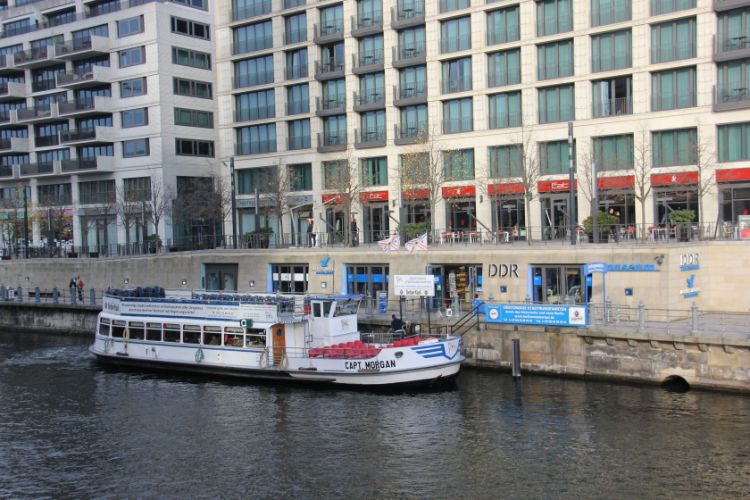
DDR Museum
BerlinThe DDR Museum is an authentic and interactive museum devoted to the daily life in former East Germany (DDR). It is divided into three main areas: Public Life, State and Ideology, and Life in a Tower Block. You can see a typical DDR living room, try on usual DDR clothes, use an original typewriter o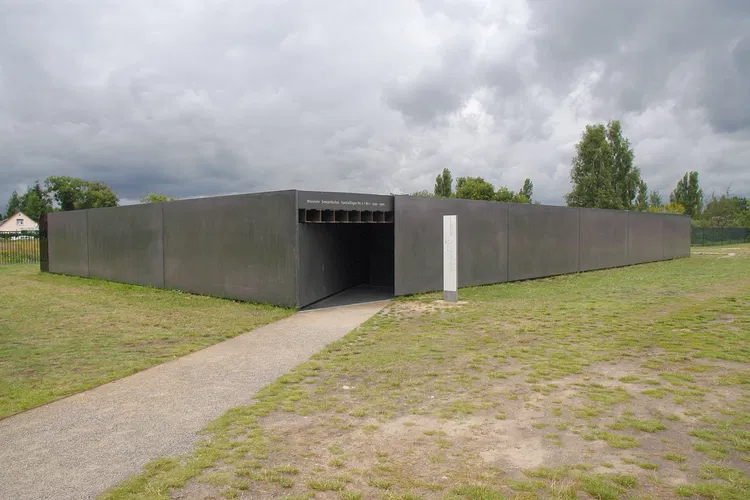
NKVD special camp Nr. 7
OranienburgPresently, the Sachsenhausen Memorial and Museum stands on the site of the former Sachsenhausen Special Camp. The institution serves as a place of remembrance and learning, as well as a modern museum of contemporary history. It follows a decentralized approach, aiming to make history tangible to visitors at the authentic locations where it unfolded.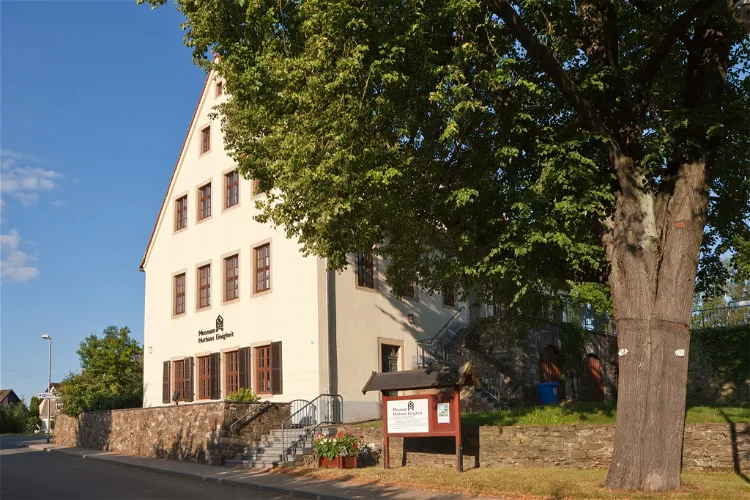
Museum Huthaus Einigkeit
Brand-Erbisdorf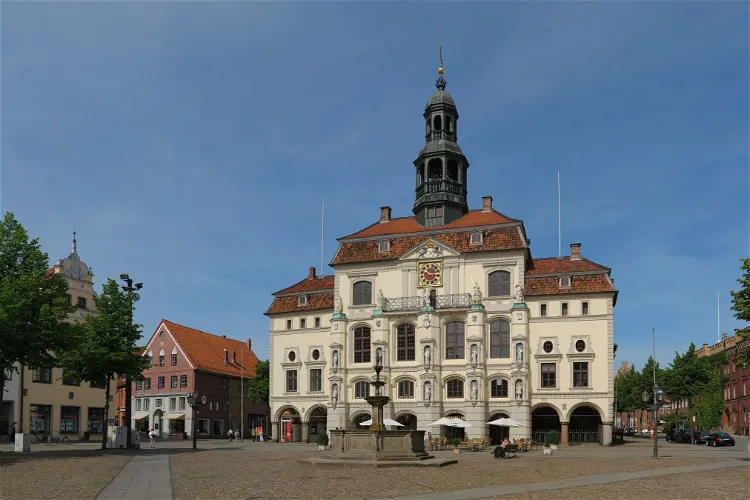
Lüneburg Town Hall
LüneburgThe Lüneburg Town Hall, established around 1230, is a remarkable example of medieval and early modern secular architecture in Northern Germany. Over the centuries, it has been continuously expanded and still serves as the main seat of the council and administration of the Hanseatic city of Lüneburg.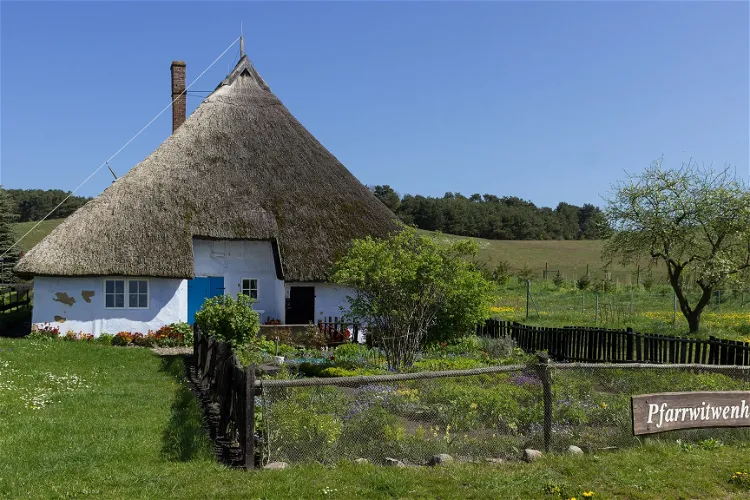
Pfarrwitwenhaus
MönchgutThe Pfarrwitwenhaus Groß Zicker is a significant historical site located in Groß Zicker, a village that is part of the Mönchgut municipality in the southeast of the island of Rügen. Constructed in 1719/20, it stands as one of the oldest residential buildings on Rügen, offering a glimpse into the architectural style and living conditions of the past.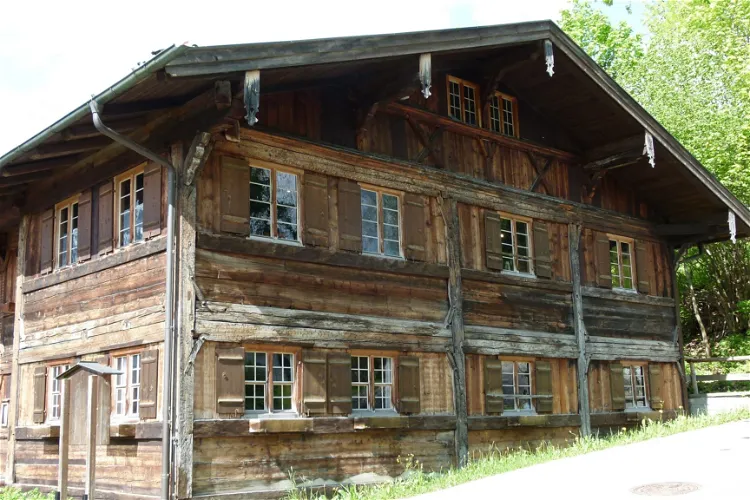
Heimathaus
PfrontenThe Heimathaus in Pfronten is a historical timber-framed building that holds a significant place in the town's history. It is listed in the Pfronten monuments list, indicating its cultural and historical importance. The building's architecture and history offer a glimpse into the past, making it an interesting site for tourists interested in history and architecture.
Historische Gerberei
Burg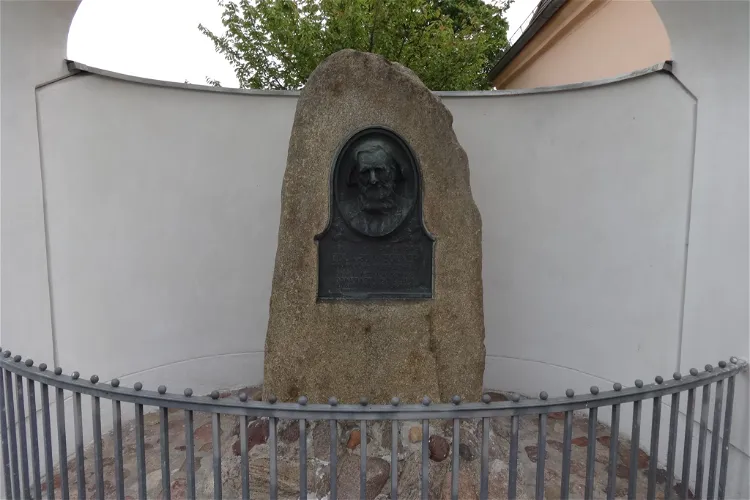
Webermuseum Kloster Zinna
JüterbogBetween 1996 and 1998, the building was transformed into the Weber Museum, which was officially opened to the public on May 1, 1998. In 2002, the museum was renamed as the WebHaus. The museum showcases the history of the monastery and the rise and fall of the weaving industry.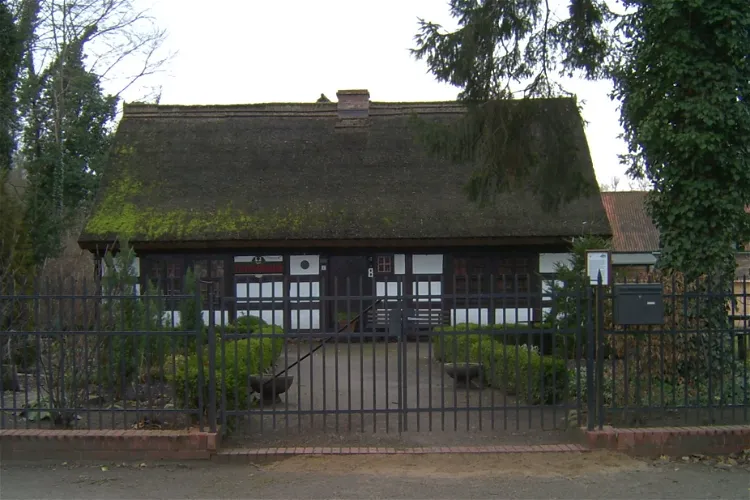
Heimathaus Schöneiche
Schöneiche bei BerlinThe Heimathaus Schöneiche is a significant monument and the oldest preserved residential building in Schöneiche bei Berlin. It is located in the quaint area of Kleinschönebeck, specifically at Dorfaue 8. This historical site offers a glimpse into the architectural and residential history of the region, making it a point of interest for those keen on exploring the past.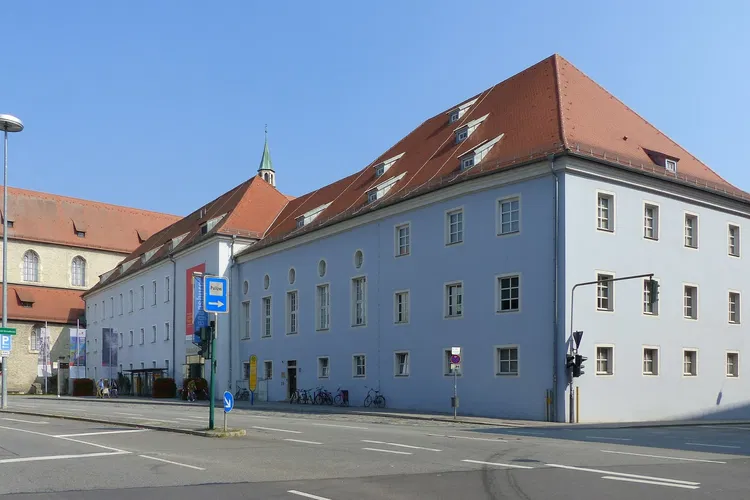
Regensburg Museum of History
RegensburgThe Historisches Museum in Regensburg, Bavaria, offers a comprehensive look into the history, art, and culture of Regensburg and Eastern Bavaria. Spanning from the Stone Age to the present day, the museum provides a unique opportunity to delve into the region's rich past. Visitors can explore a variety of exhibits that showcase the evolution of the area over thousands of years.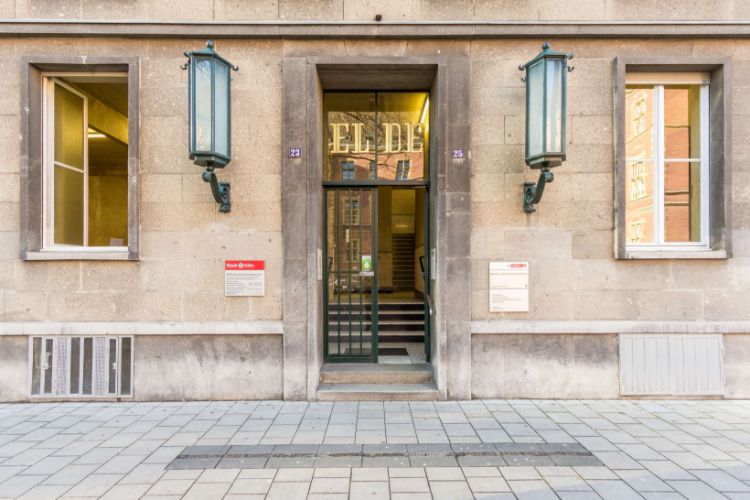
National Socialism Documentation Center
CologneThe NS Documentation Centre of the City of Cologne (The National Socialism Documentation Center) is a memorial site that is housed in the EL-DE Haus, the headquarters of the Cologne Gestapo. The NS DOcumentation Centre is the largest regional memorial site in Germany for the victims the Nazi regime.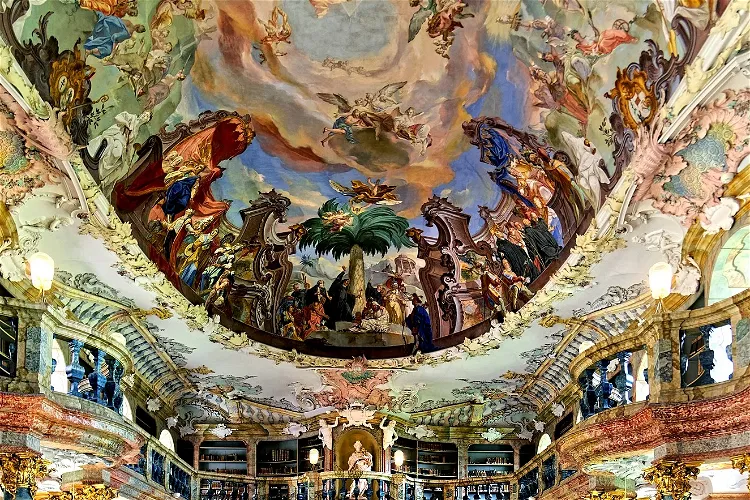
Wiblingen Abbey
UlmWiblingen Abbey, located in Ulm, was once a German Benedictine abbey. Today, the abbey church, which has been converted into a basilica, is one of the preserved structures of the abbey. The abbey was also used as military barracks in the past. This historical site offers a glimpse into the rich history of the region.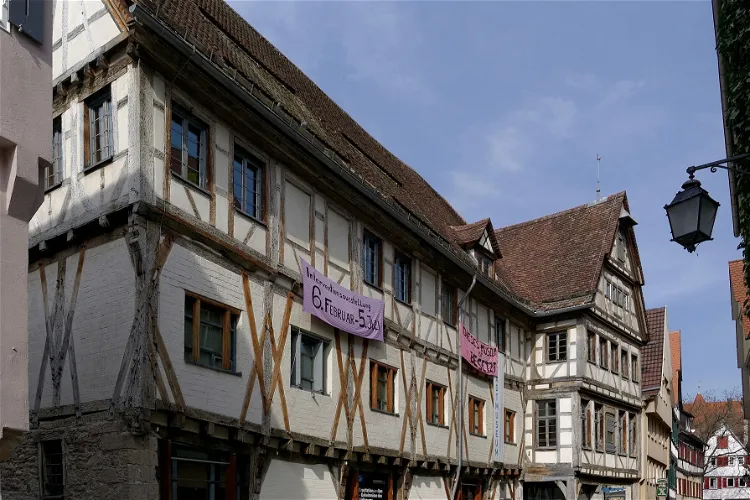
Stadtmuseum Tübingen
TübingenThe Stadtmuseum Tübingen is located in a former granary that is over 500 years old. This historic building is situated in the old town of Tübingen, adding to the charm and historical significance of the museum. Visitors can appreciate the architecture of the building while exploring the various exhibits inside.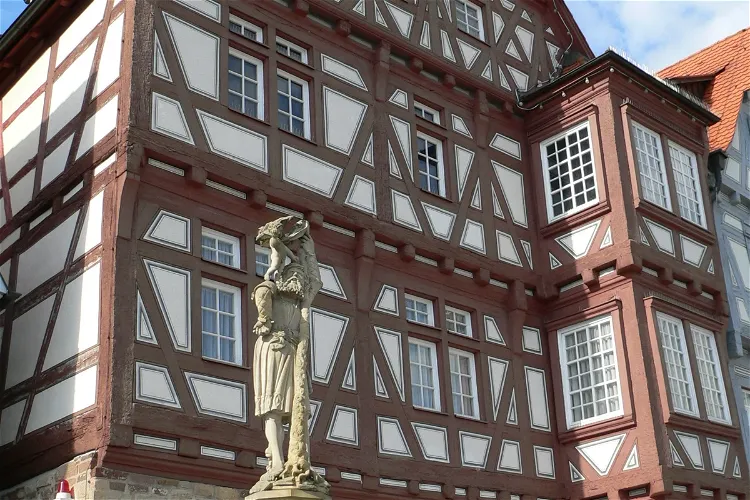
Deutsches Fleischermuseum
BöblingenThe Deutsches Fleischermuseum, located in the heart of Böblingen, is housed in a 16th-century building known as the former Vogtshaus of the city. This historic building adds a unique charm to the museum, making it an interesting destination for tourists who appreciate history and architecture.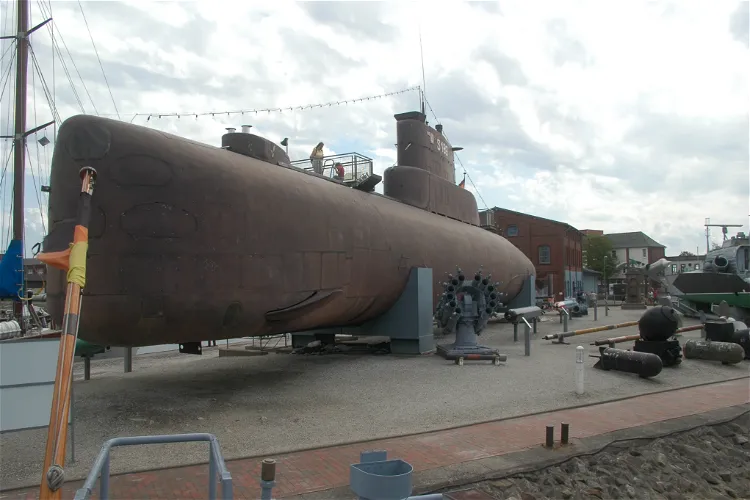
Deutsches Marinemuseum Wilhelmshaven
WilhelmshavenThe Deutsches Marinemuseum in Wilhelmshaven is a significant institution that presents the evolution of German naval military since 1848. The museum's primary focus is on the Bundesmarine / German Navy, providing visitors with a comprehensive understanding of Germany's maritime history and the role of its navy over the years.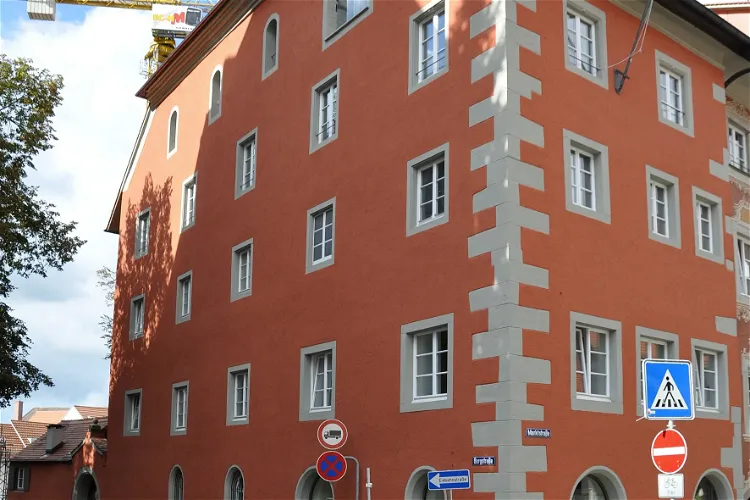
Museum Ravensburger
RavensburgThe Museum Ravensburger, situated in the old town of Ravensburg, is a unique institution dedicated to the history of the Ravensburger game and book publishing house. It offers a deep dive into the evolution of the publishing house, providing visitors with a comprehensive understanding of its rich history and significant contributions to the world of games and books.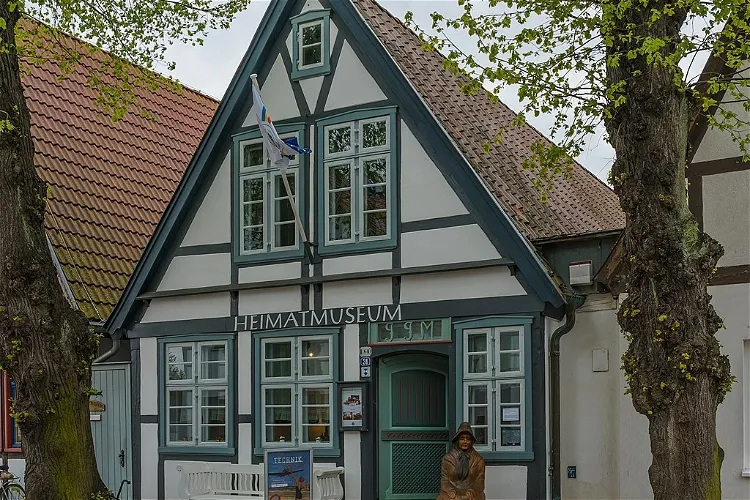
Heimatmuseum Warnemünde
RostockThe Heimatmuseum Warnemünde is a folk museum situated in the Warnemünde district of the Hanseatic city of Rostock. This museum is a significant cultural institution that showcases the rich history and heritage of the region. It offers a unique opportunity for visitors to explore the local culture, traditions, and way of life of the people of Warnemünde.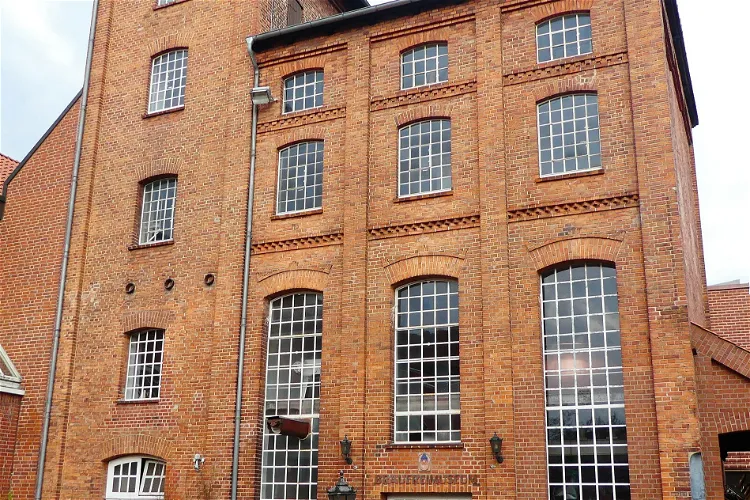
Brauereimuseum
LüneburgThe Brauereimuseum Lüneburg is situated in the former Lüneburger Kronen-Brauerei in Heiligengeiststraße. This location is in the heart of the historic old town, making it easily accessible for tourists who are exploring the city. The museum's location adds to its charm and historical significance, as it is housed in a building that was once a bustling brewery.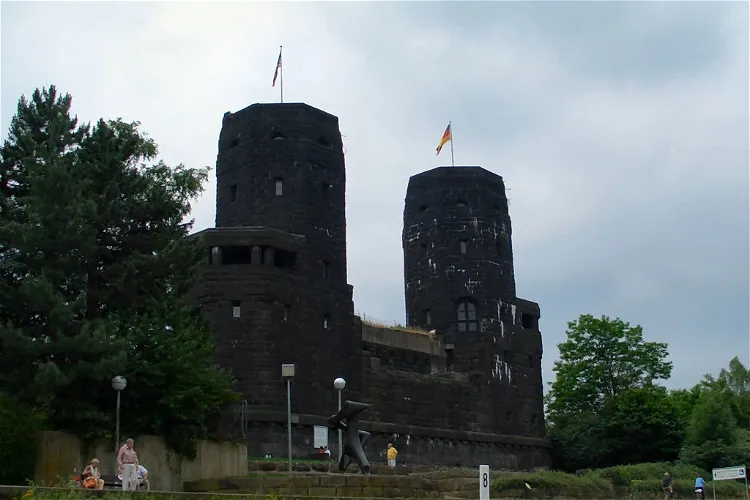
Friedensmuseum Brücke von Remagen
RemagenThe Friedensmuseum Brücke von Remagen is a museum situated on the left bank of the former Ludendorff Bridge in Remagen. This location is significant as it was a strategic point during World War II. The museum offers a unique perspective on the history of the bridge and the events that took place there.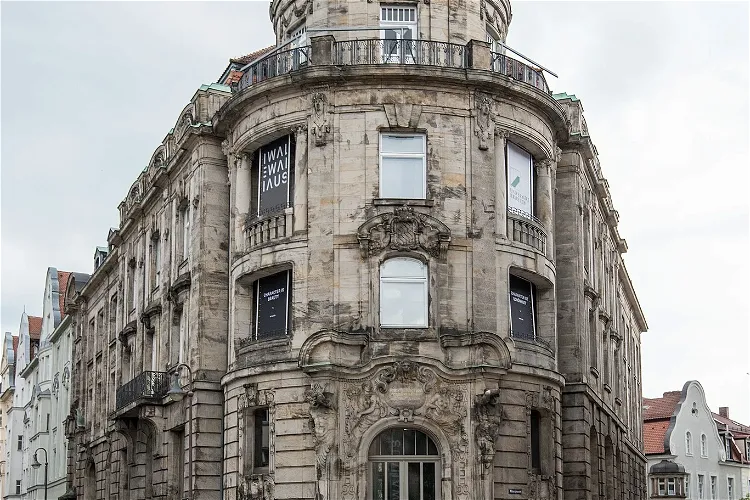
Iwalewahaus
BayreuthIwalewahaus, located at the University of Bayreuth, is a hub for the creation and display of contemporary art. The institution places a special emphasis on showcasing the latest developments in contemporary African and Diaspora culture. This is achieved through exhibitions, academic research, and artist residencies, among other activities. The institution works closely with artists and other institutions to present and refine these cultural expressions.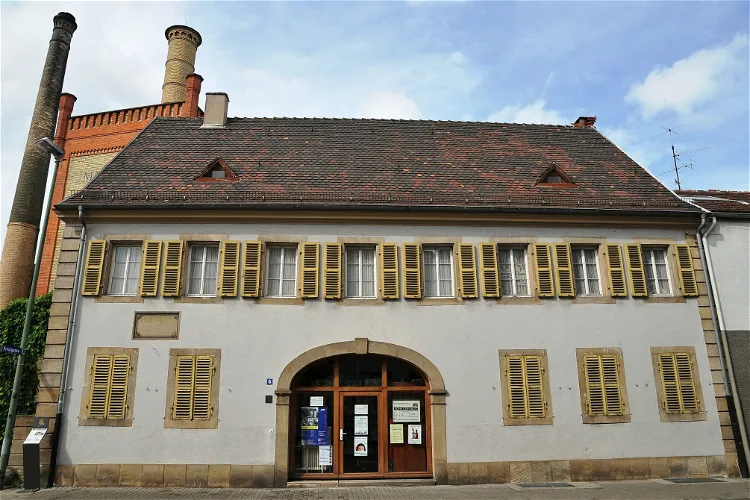
Schillerhaus
MannheimThe Schillerhaus, located in the Ludwigshafen district of Oggersheim, is a significant historical site. It was here that the renowned German poet, philosopher, physician, historian, and playwright Friedrich Schiller stayed under the alias 'Dr. Schmidt' from October 13 to November 30, 1782. This period in Schiller's life was marked by his flight from the Duchy of Württemberg to Mannheim in the Electorate of Palatinate-Bavaria, making the Schillerhaus a key location in his personal history.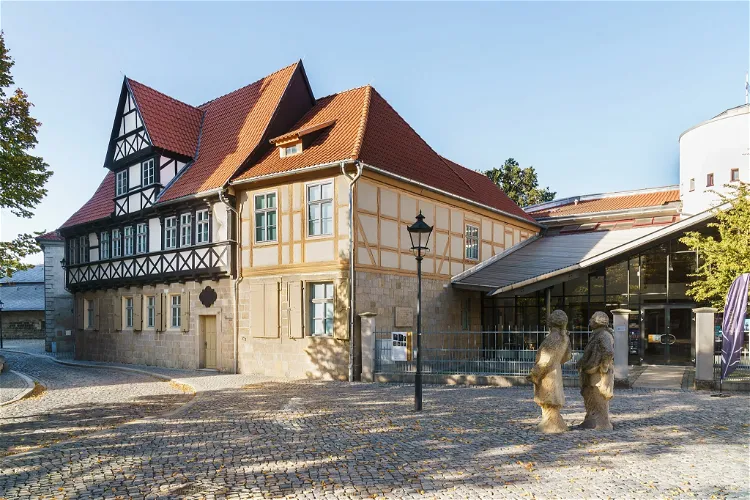
Gleimhaus
HalberstadtThe Gleimhaus in Halberstadt, built in 1862, is recognized as one of the oldest literary museums in Germany. It is situated in the former residence of the renowned poet and collector, Johann Wilhelm Ludwig Gleim. This historical significance of the museum, combined with its rich literary heritage, makes it a fascinating destination for tourists interested in German literature and history.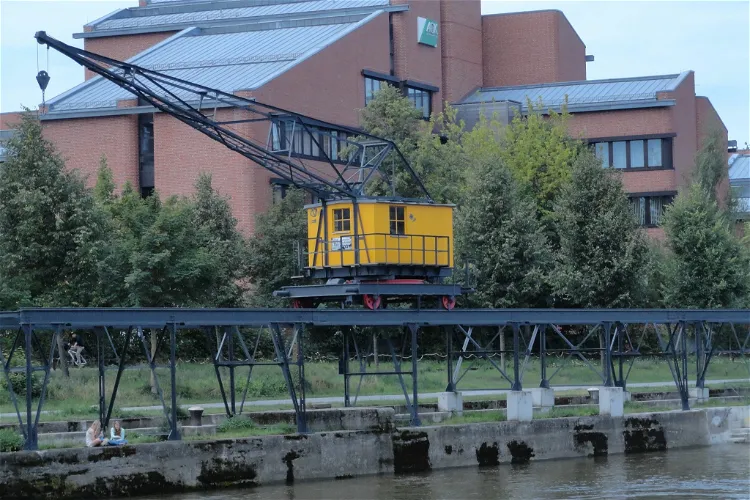
Regensburg Museum of Danube Shipping
RegensburgThe Regensburg Museum of Danube Shipping is a unique maritime museum situated in the charming town of Regensburg, Germany. The museum focuses on river shipping, particularly on the Danube and other rivers. It provides a comprehensive insight into the history and development of river shipping, making it an interesting destination for those interested in maritime history.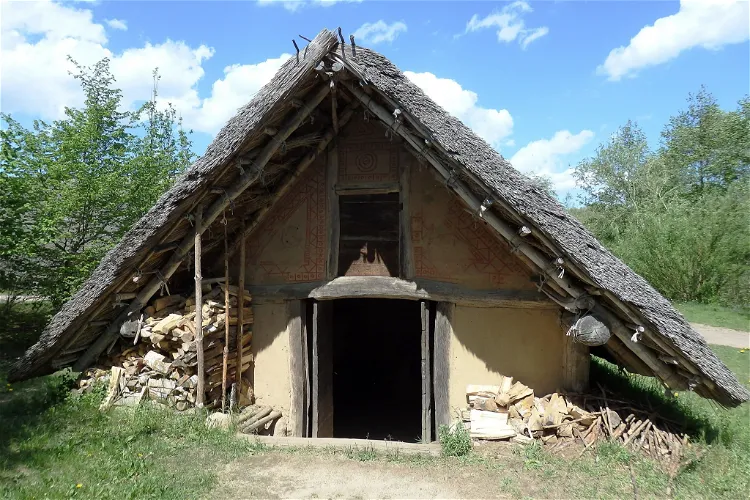
Hitzacker Archaeological Centre
HitzackerThe Hitzacker Archaeological Centre is an open-air museum located in Hitzacker, Lower Saxony. The museum's main focus is on the representation of Bronze Age settlement methods. This provides a unique opportunity for visitors to gain insights into the living conditions and lifestyle of people during the Bronze Age.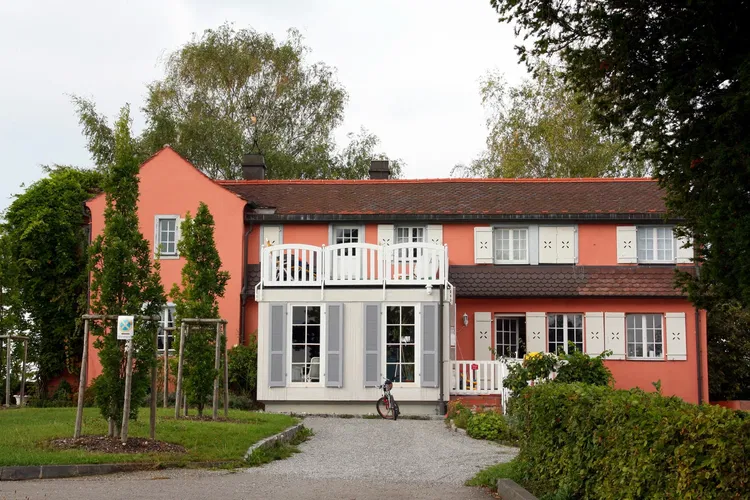
Little House, Meersburg
MeersburgThe Little House, also known as the Prince's House (Fürstenhäusle), is a historic house and museum located in the picturesque town of Meersburg, Germany. It offers a stunning view of Lake Constance, making it a scenic spot for tourists. The house carries a rich history and is a significant cultural landmark in the region.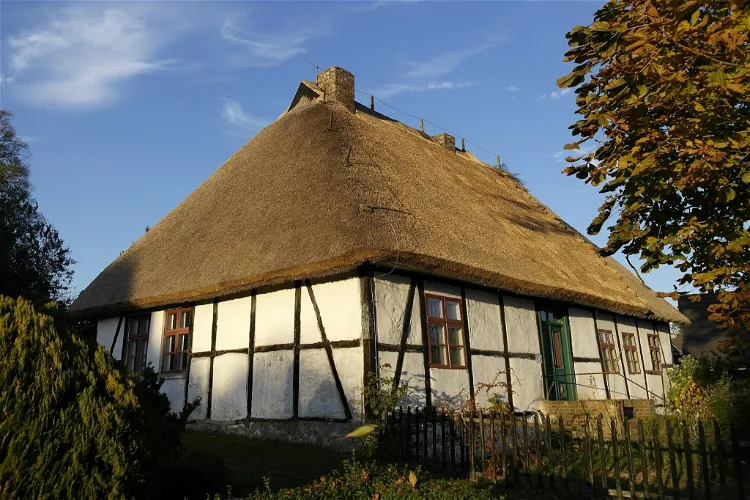
Schulmuseum Middelhagen
MönchgutThe Schulmuseum Middelhagen is a museum that focuses on the history of education on the Mönchgut peninsula. It is situated in Middelhagen, a village on the island of Rügen. The museum provides a unique insight into the evolution of education in this region, making it a fascinating destination for those interested in history and education.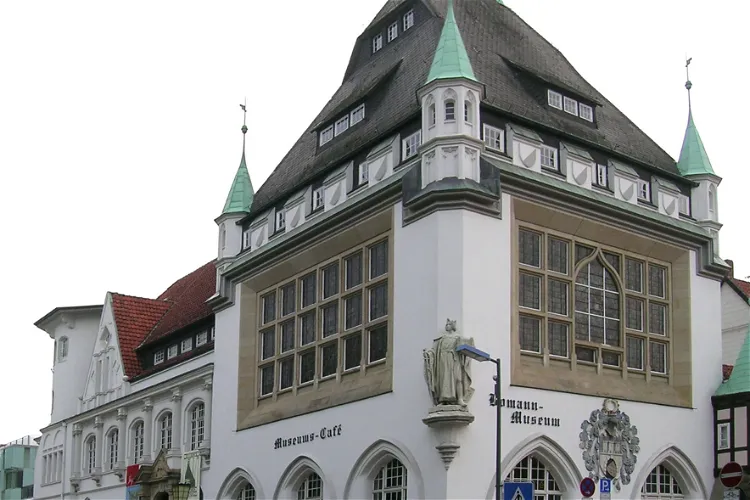
Bomann-Museum
CelleThe Bomann Museum, located in Celle, is a significant institution dedicated to Lower Saxon folklore, state, and city history. It holds the distinction of being the third largest museum in Lower Saxony, making it a notable destination for those interested in regional history and culture.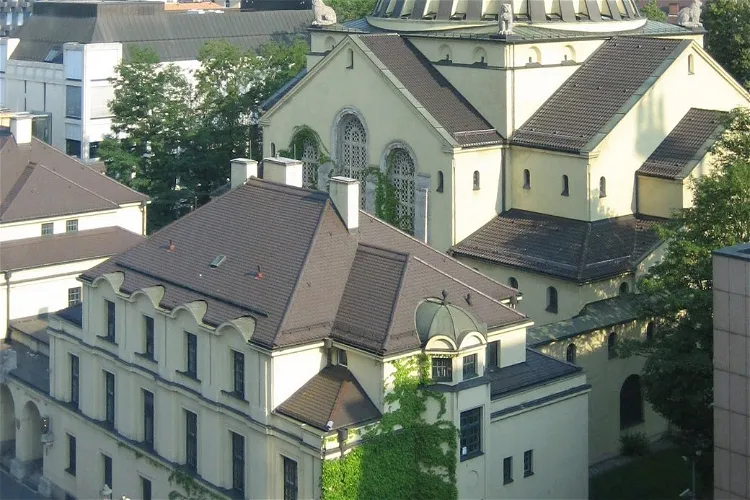
Jewish Museum Augsburg Swabia
AugsburgThe Jewish Museum Augsburg Swabia documents the culture and history of the Jews in Augsburg and Swabia from the Middle Ages to the present. The permanent exhibition, opened in November 2006, presents Jewish history as a dynamic interplay of settlement and expulsion, and of self-assertion and adaptation. It highlights the relationship between the Jewish minority and the Christian majority, emphasizing Jewish history as an integral part of the broader Augsburg and Swabian history.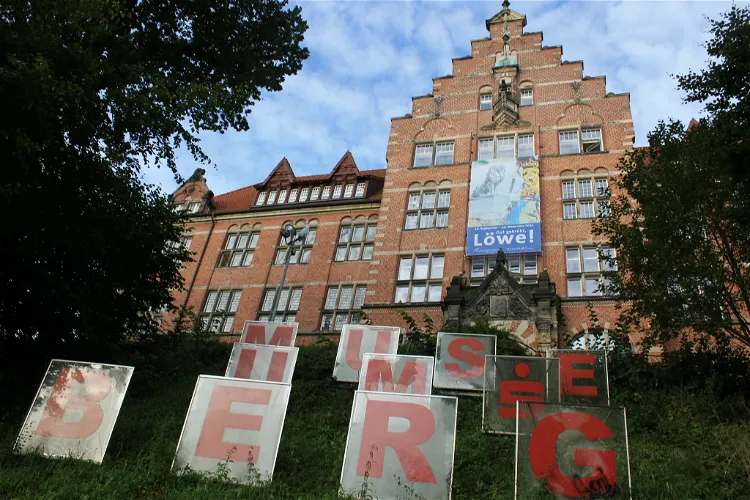
Museumsberg Flensburg
FlensburgMuseumsberg is an art museum located in Flensburg. It is situated in a historic park landscape on a hill next to the inner city. This location provides a unique setting for the museum, offering visitors a chance to enjoy both the art exhibits and the surrounding natural beauty.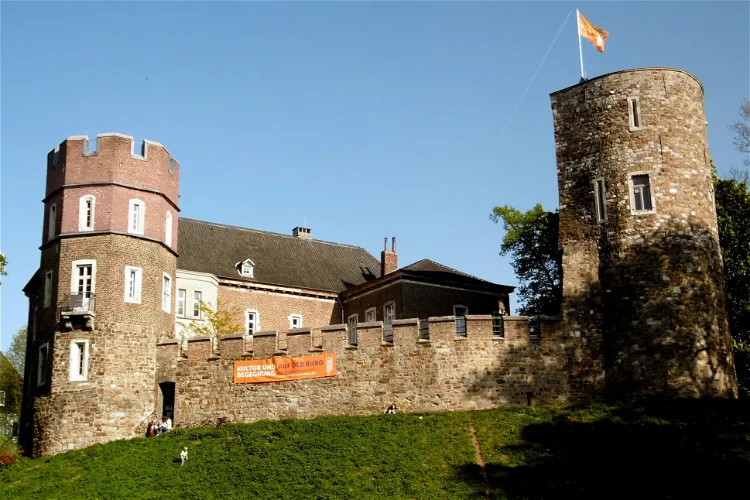
Frankenberg Castle
AachenThe Frankenberg Castle, also known as Burg Frankenberg, is a historical site located in the Frankenberg area of Aachen Mitte, a district of Aachen, Germany. The castle's name originates from the concept of a 'Franke', a type of castle that did not owe fealty to any others. However, shortly after its construction, the castle became a fief of a Graf, equivalent to a Count, and later belonged to the Duchy of Jülich-Cleves-Berg.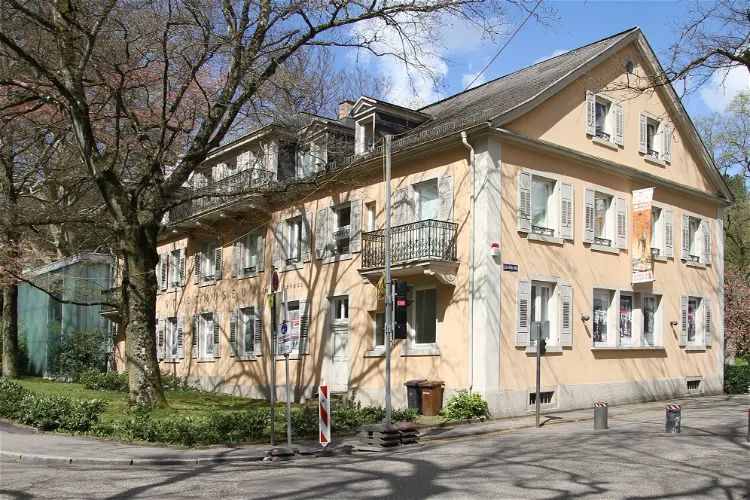
City museum
Baden-Baden
St. Anne's Museum Quarter, Lübeck
LübeckThe St. Anne's Museum Quarter in Lübeck, Germany is a significant historical site, located in a former abbey of the Order of Saint Augustine. This red brick abbey, which is situated next to the Church of St. Giles, was built just before the Protestant Reformation, between 1502 and 1515, in late Gothic style. The abbey was dedicated to St. Anne, the mother of the Virgin Mary.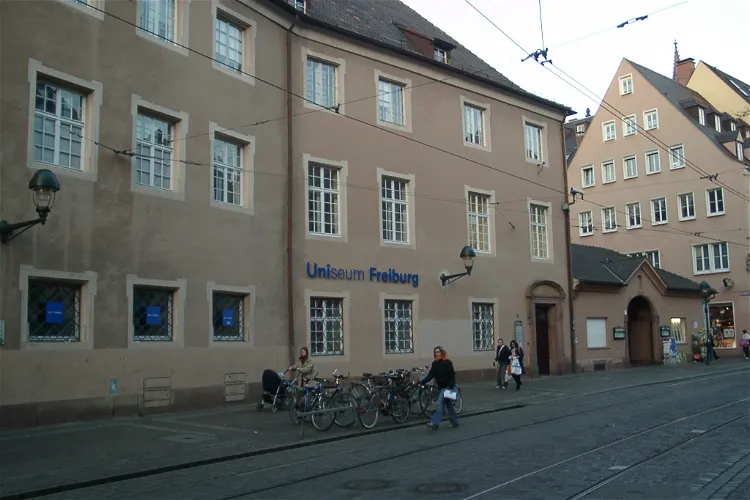
Uniseum
Freiburg im BreisgauThe Uniseum is the University Museum of the Albert-Ludwigs-University in Freiburg im Breisgau. It was opened in July 2004 and provides a comprehensive overview of the university's history. The museum is a great place to learn about the development of the university since its foundation in 1457.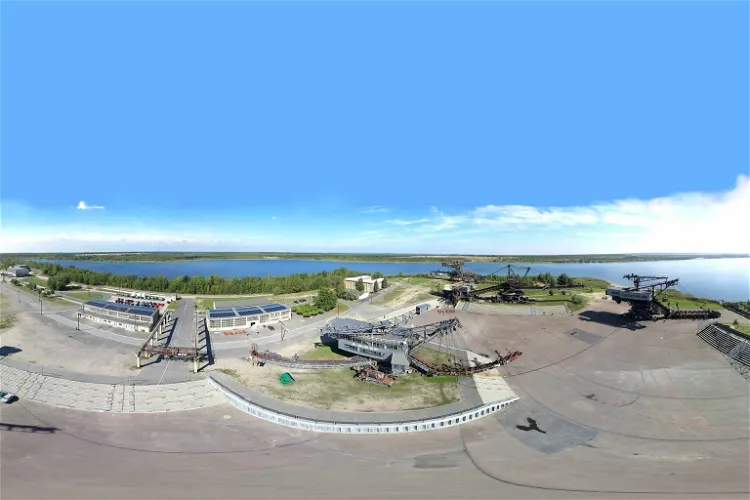
Ferropolis
GräfenhainichenFerropolis, also known as the 'City of Iron', is an industrial museum and event venue situated in Gräfenhainichen, east of Dessau-Roßlau. It is located on a peninsula in the Gremminer See, which was formerly the open-cast mine Golpa-Nord. This unique location offers visitors a chance to explore the history of the mining industry while enjoying the natural beauty of the surrounding area.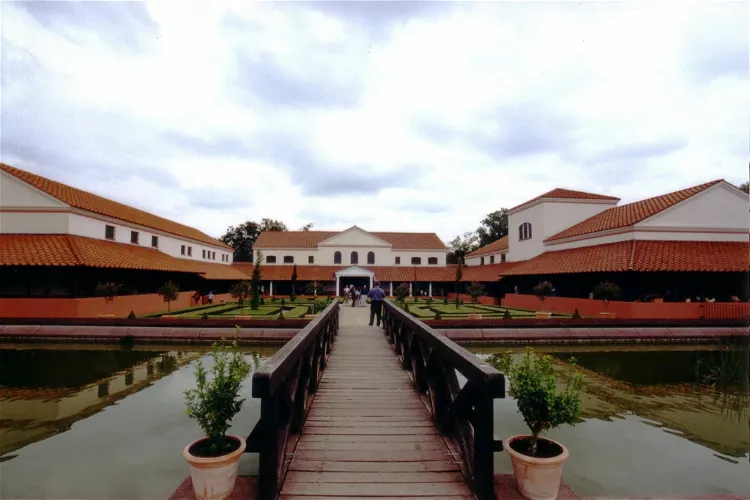
Roman Villa Borg
BorgThe Roman Villa Borg is a reconstructed Roman villa rustica, situated near the villages of Borg and Oberleuken, in the municipality of Perl, Saarland, Germany. This historical site offers a unique opportunity to explore a piece of ancient Roman history in a modern setting.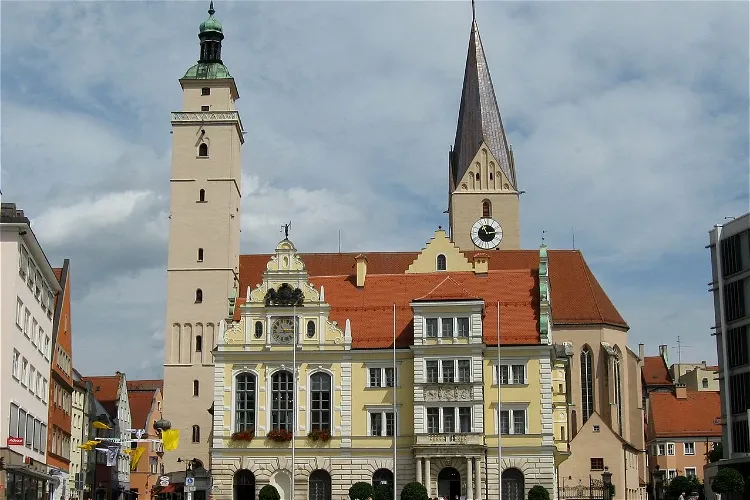
Old Town Hall
IngolstadtBetween 1882 and 1884, the four buildings that make up the Old Town Hall were redesigned and combined by Gabriel von Seidl. The result is a beautiful Neo-Renaissance style structure that stands as a testament to the architectural prowess of the time. Visitors can appreciate the intricate details and craftsmanship that went into this transformation.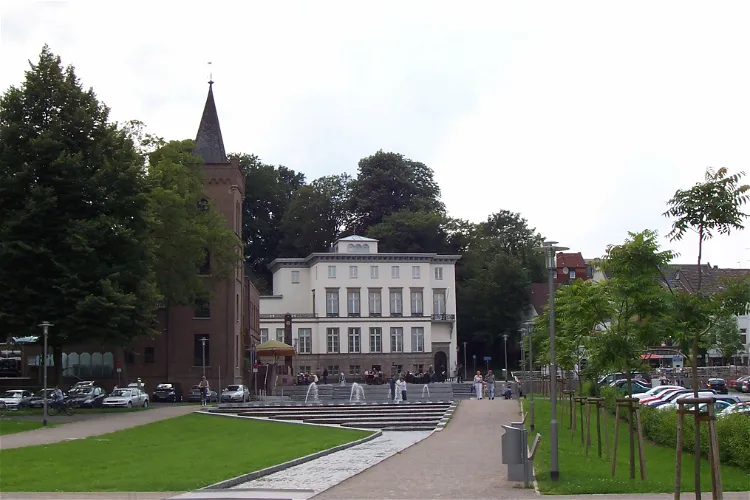
B.C. Koekkoek Haus
ClevesThe B.C. Koekkoek Haus museum is situated in the former residence of the renowned Dutch painter Barend Cornelis Koekkoek and his family. This historic building, located in Cleves, has been serving as a museum since 1960. It offers a unique opportunity to explore the life and works of one of the most famous landscape painters of the Netherlands in the 19th century.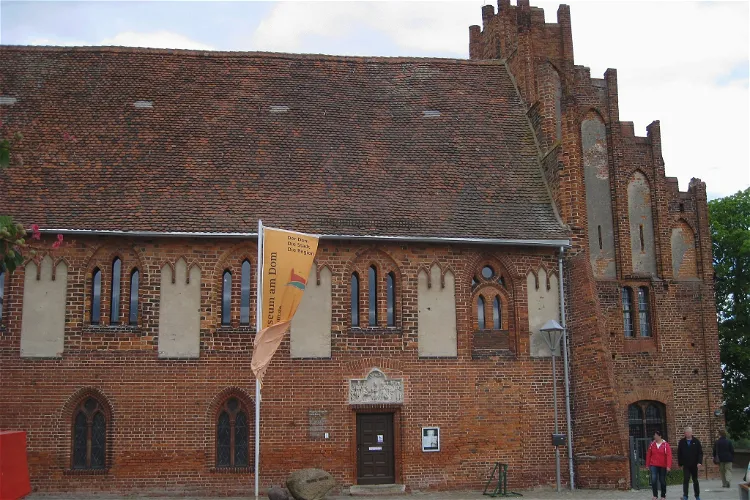
Prignitz-Museum
HavelbergThe Prignitz-Museum in Havelberg welcomes more than 10,000 visitors annually and is open throughout the year. This makes it a popular destination for tourists and locals alike. The museum's year-round availability allows visitors to plan their visit at a time that suits them best, making it a convenient option for those exploring the region.
Fehn- und Schiffahrtsmuseum – Westrhauderfehn
WestrhauderfehnThe Fehn- and Shipping Museum in Westrhauderfehn is a unique institution that provides insights into the history of the Fehn culture, regional shipbuilding, and shipping of the once most important inland port of East Frisia. Visitors can learn about the rich maritime history of the region, including the development of shipbuilding and the significance of the inland port.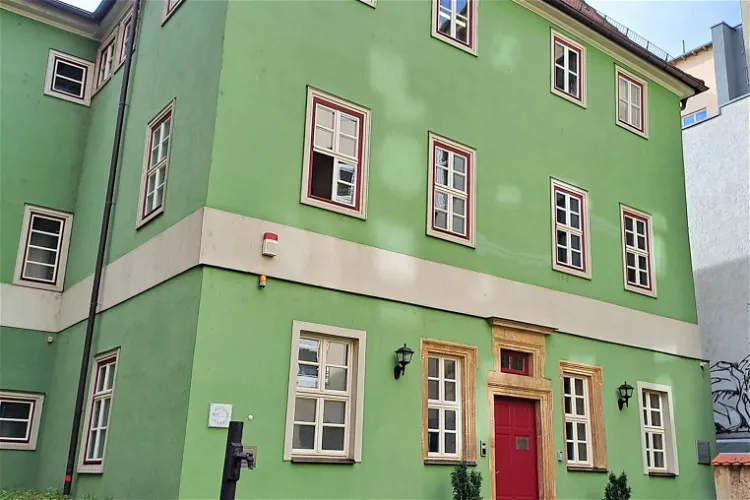
Romantikerhaus
JenaThe Romantikerhaus Jena is a museum that is committed to the research, preservation, and dissemination of the Jena Early Romanticism. It is a part of the Municipal Museums Jena and belongs to the JenaKultur. The museum is the only one in Jena under municipal sponsorship that exclusively commemorates the city's cultural bloom around 1800 and questions its significance for modern art and culture.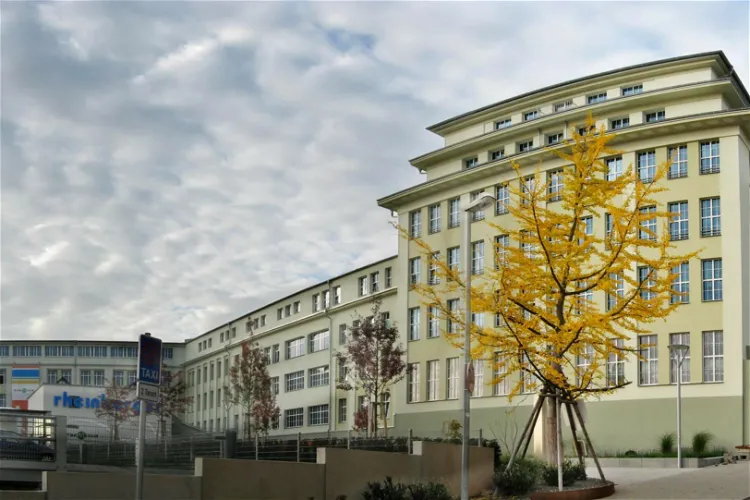
Dynamikum
PirmasensThe Dynamikum is a technology museum situated in Pirmasens, Rhineland-Palatinate. It was established on the grounds of the former Rheinberger shoe factory and opened its doors to the public on April 29, 2008. This location holds historical significance as it was once the largest shoe factory in Germany, which has now been transformed into a museum.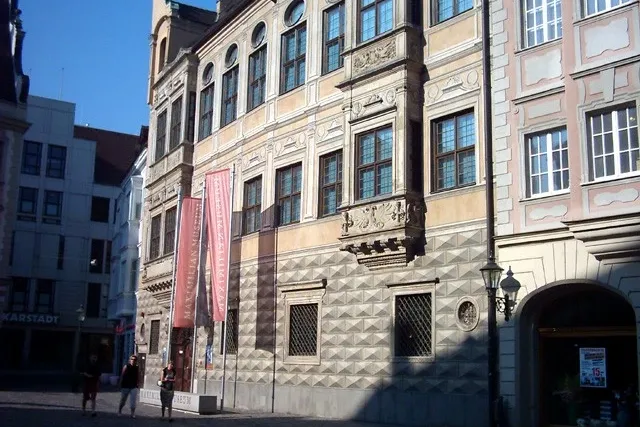
Maximilian Museum
AugsburgThe Maximilian Museum, also known as Maximilianmuseum, holds the distinction of being the oldest museum in Augsburg. It was inaugurated in the year 1854 and since then, it has been dedicated to tracing the city's history from the Middle Ages up until 1805. This museum provides a comprehensive overview of the city's rich and diverse history, making it an interesting visit for those interested in learning about Augsburg's past.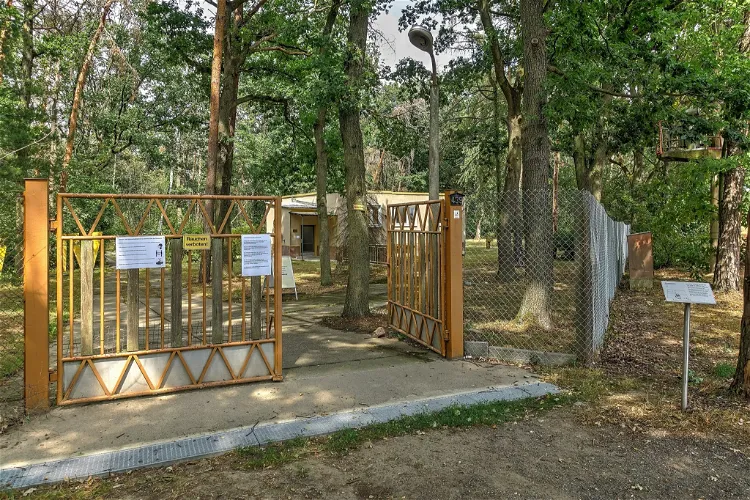
Stasi Bunker Museum
LübschützThe Lübschützer Teiche Bunker Complex, constructed from 1968 to 1972, was intended to serve as an emergency command centre for the District Administration for State Security, Leipzig, in the event of war or a nuclear attack. This historical context provides a unique insight into the Cold War era and the measures taken by the Stasi to ensure their operational continuity in extreme circumstances.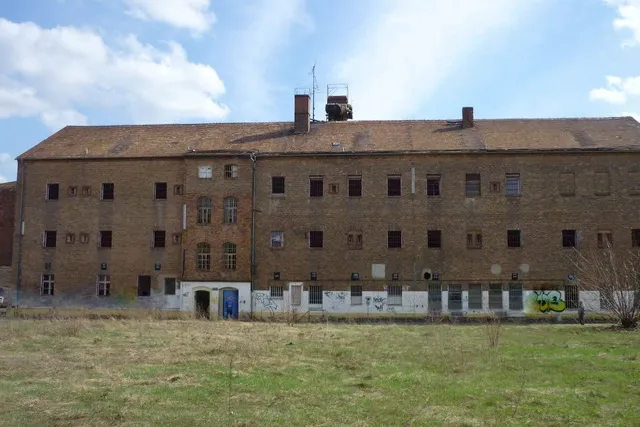
Gedenkstätte Zuchthaus Cottbus
CottbusThe Gedenkstätte Zuchthaus Cottbus, a former prison in Cottbus, is a significant historical site. It was opened in 1860 after three years of construction. This site offers a unique insight into the history of the region and the country's penal system.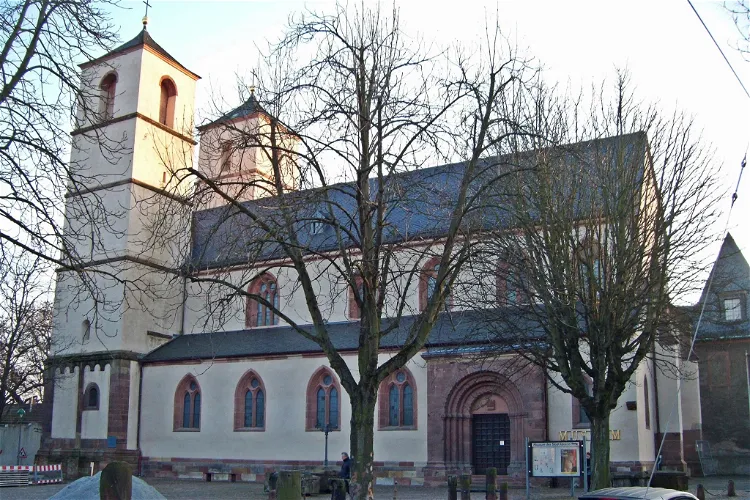
Worms City Museum
WormsThe Worms City Museum is housed in the building of the former Andreasstift. This historic building complex, which includes a courtyard, is a protected monument. The museum is managed by the city of Worms in Rhineland-Palatinate.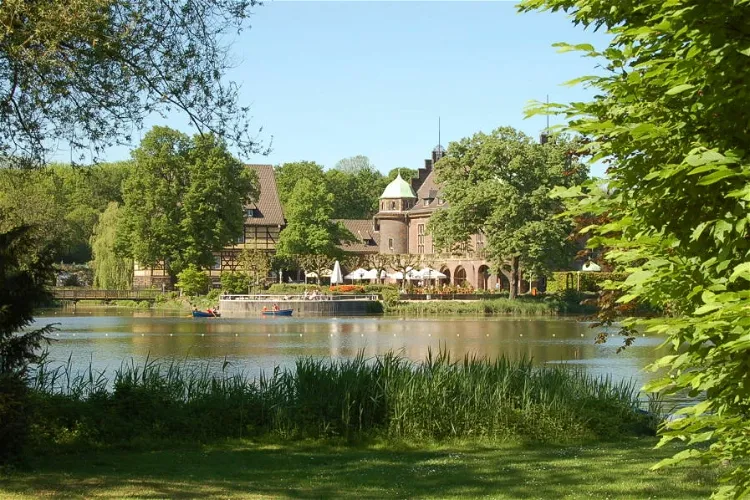
Gladbeck City Museum / Wittringen Castle
GladbeckWittringen Castle, also known as Schloss Wittringen, is a unique architectural marvel located in the state of North Rhine-Westphalia, Germany, near the city of Gladbeck. This fortified castle is surrounded by water, providing a picturesque setting that is sure to captivate any visitor. Its strategic location and historical significance make it a notable point of interest for those exploring the region.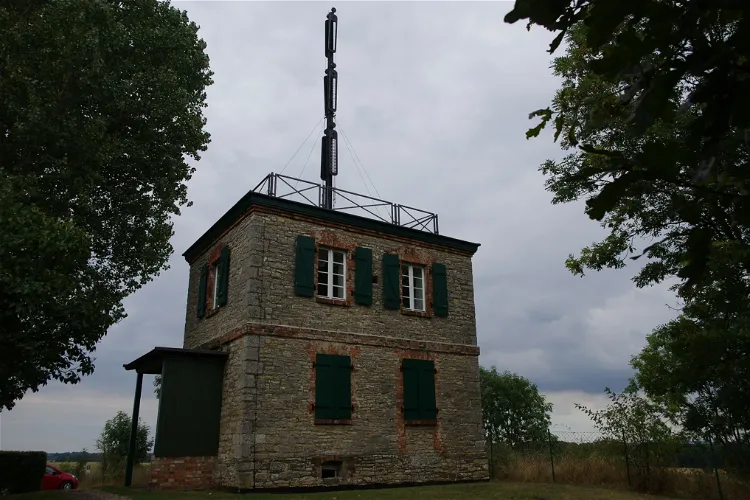
Telegrafenstation Nr. 18
Am Großen Bruch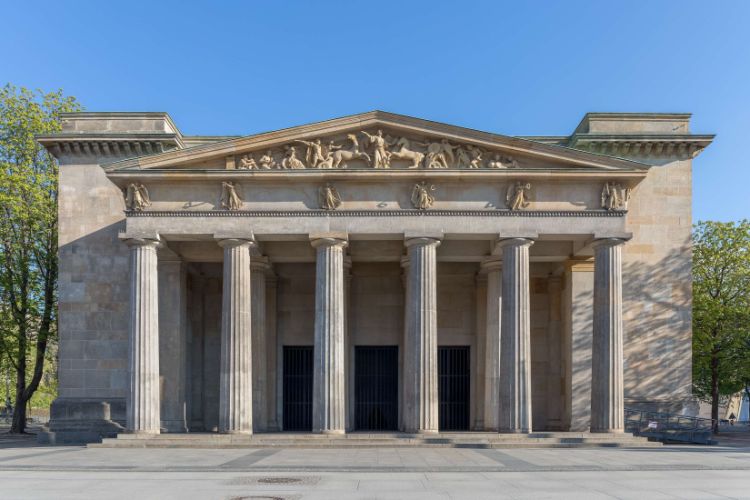
Neue Wache
Berlin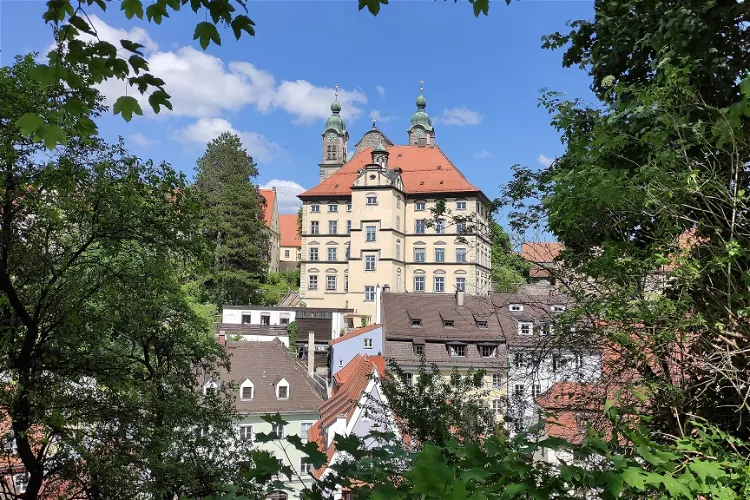
Stadtmuseum Landsberg am Lech
Landsberg am Lech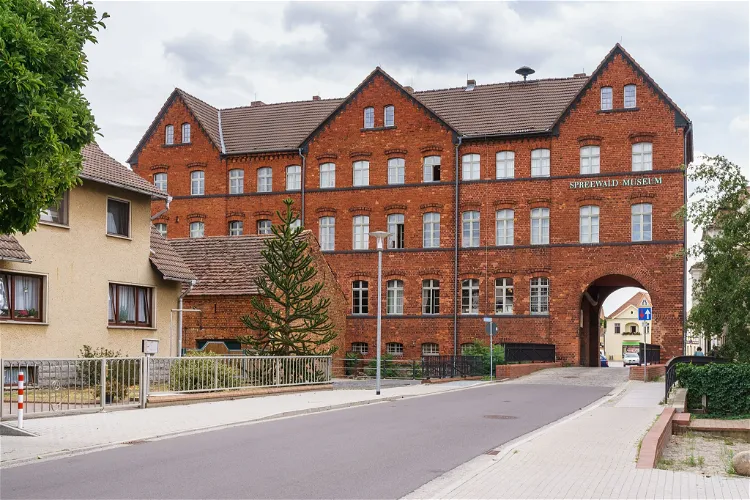
Spreewald-Museum
Lübbenau/SpreewaldThe Spreewald Museum Lübbenau is a museum located in the city of Lübbenau, which is situated in the Spreewald region. This location makes it a central point of interest for those wanting to learn about the history and culture of the Spreewald region.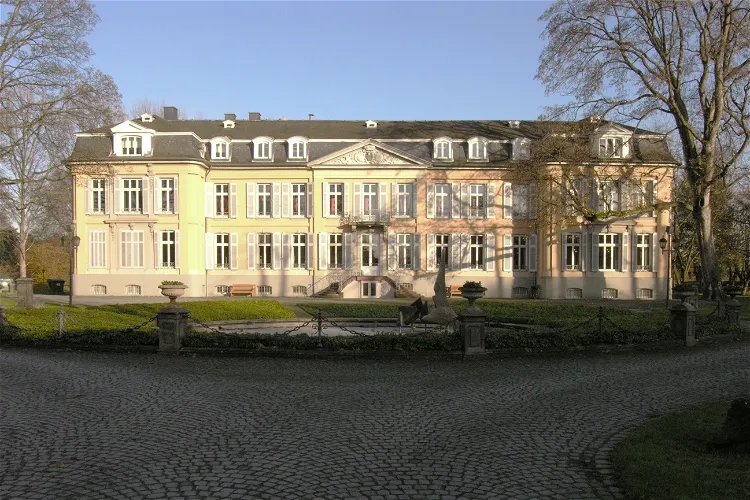
Morsbroich Museum
LeverkusenThe Museum Morsbroich is a contemporary art museum situated in Leverkusen. It was inaugurated in January 1951, making it the first modern art museum in the Federal Republic of Germany after the end of the Second World War.
Island Museum Old Lighthouse
WangeroogeThe Old Lighthouse Wangerooge is not just a historical monument, but also a museum. The base of the lighthouse houses a local museum with around 900 exhibits, offering visitors a chance to delve into the rich history and culture of the island.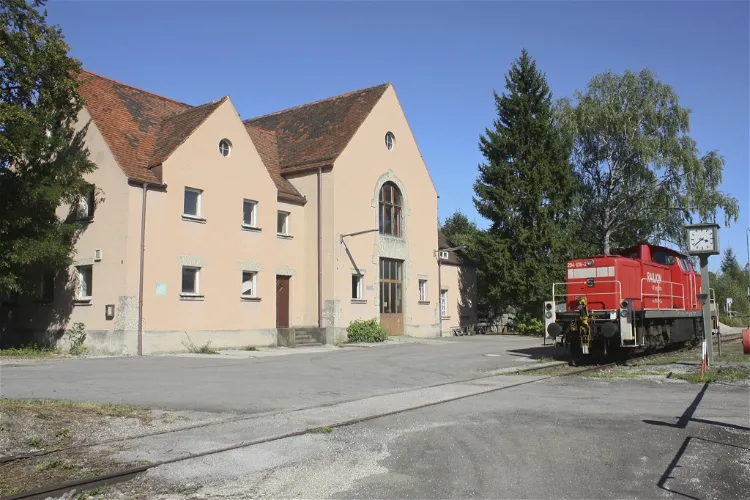
Freilassing Locomotive World
FreilassingThe Freilassing Locomotive World, also known as Lokwelt Freilassing, is a railway museum situated in the Berchtesgadener Land. The museum is run in collaboration with the town of Freilassing and the Deutsches Museum. It offers a unique opportunity to explore the rich history of railways and locomotives.